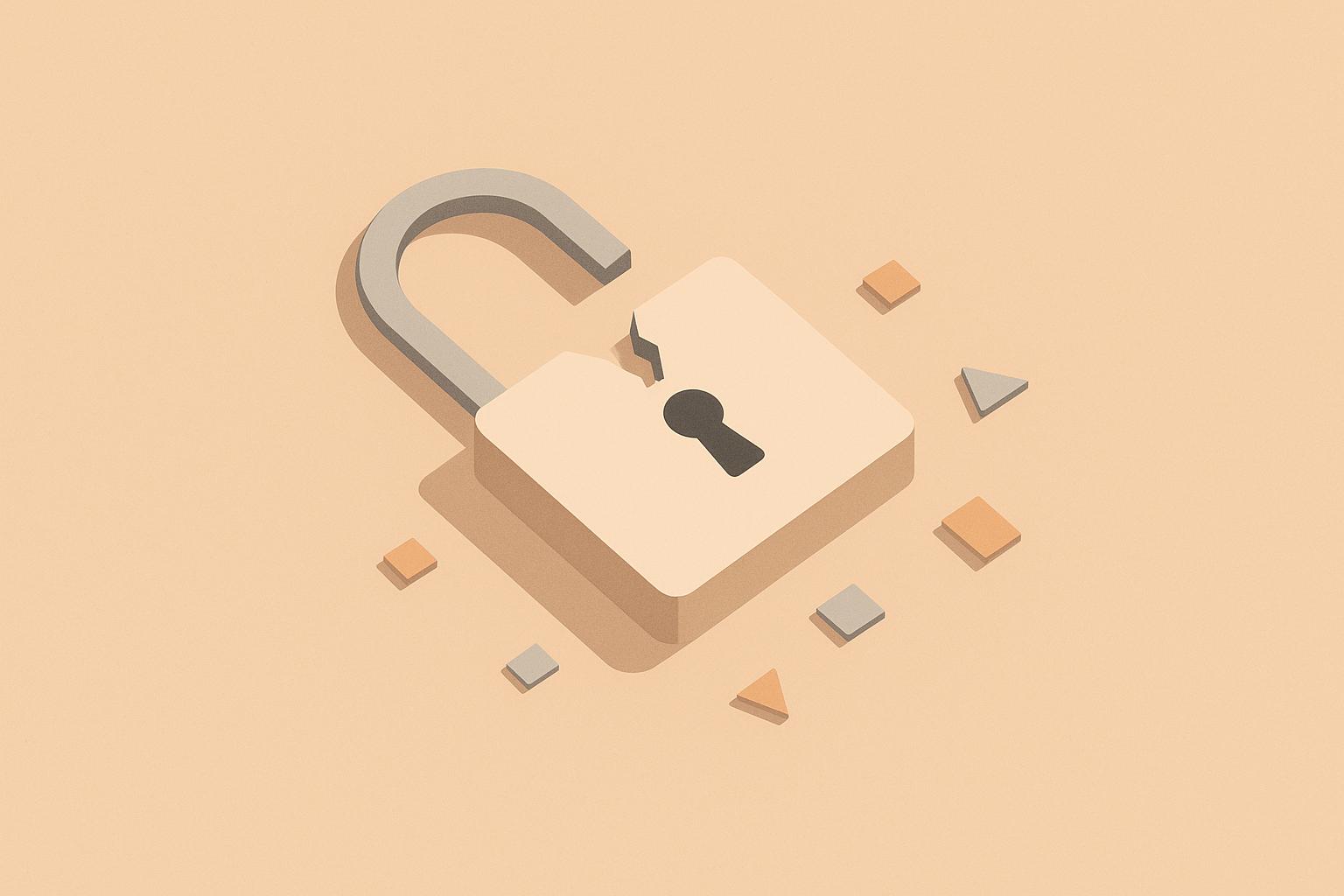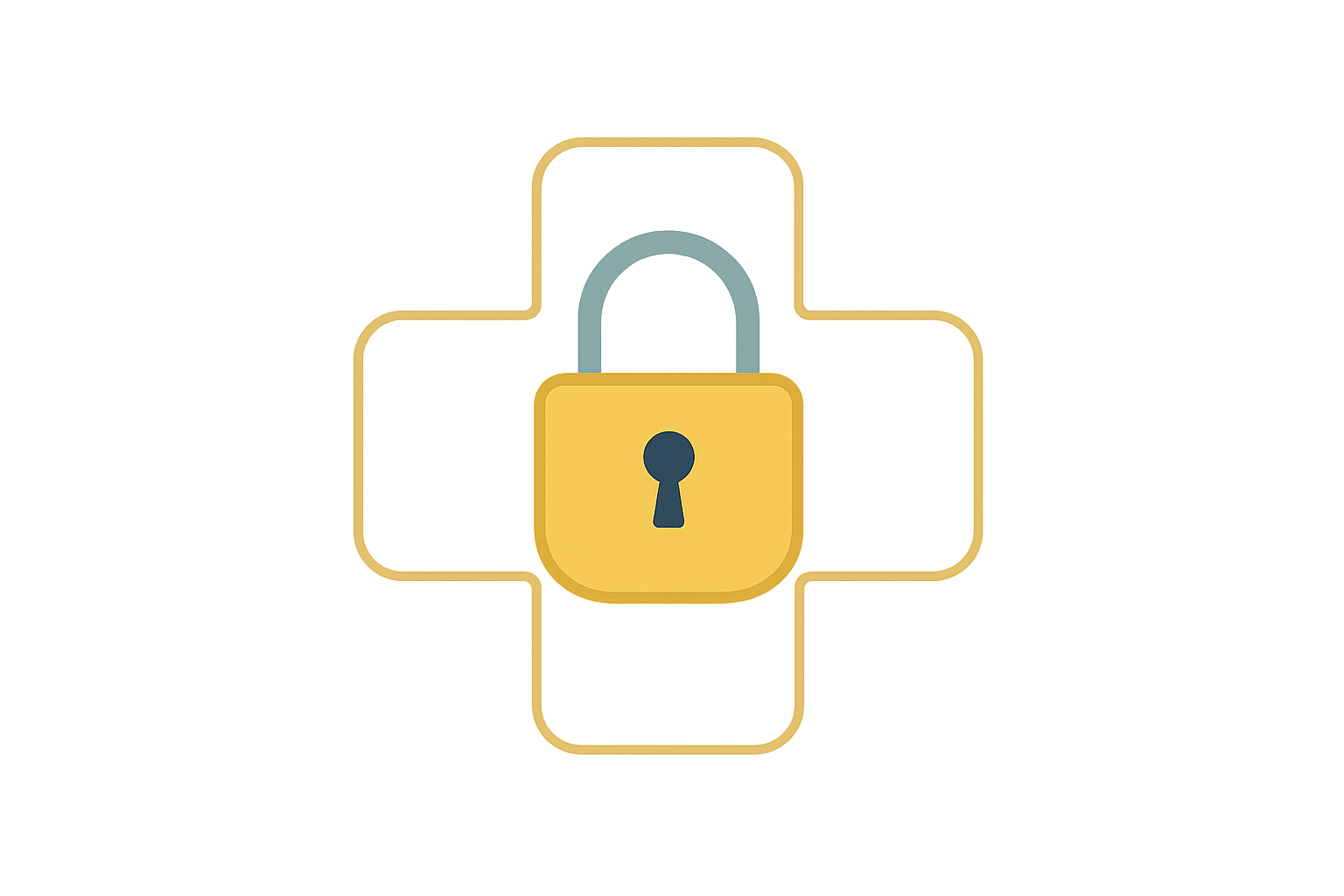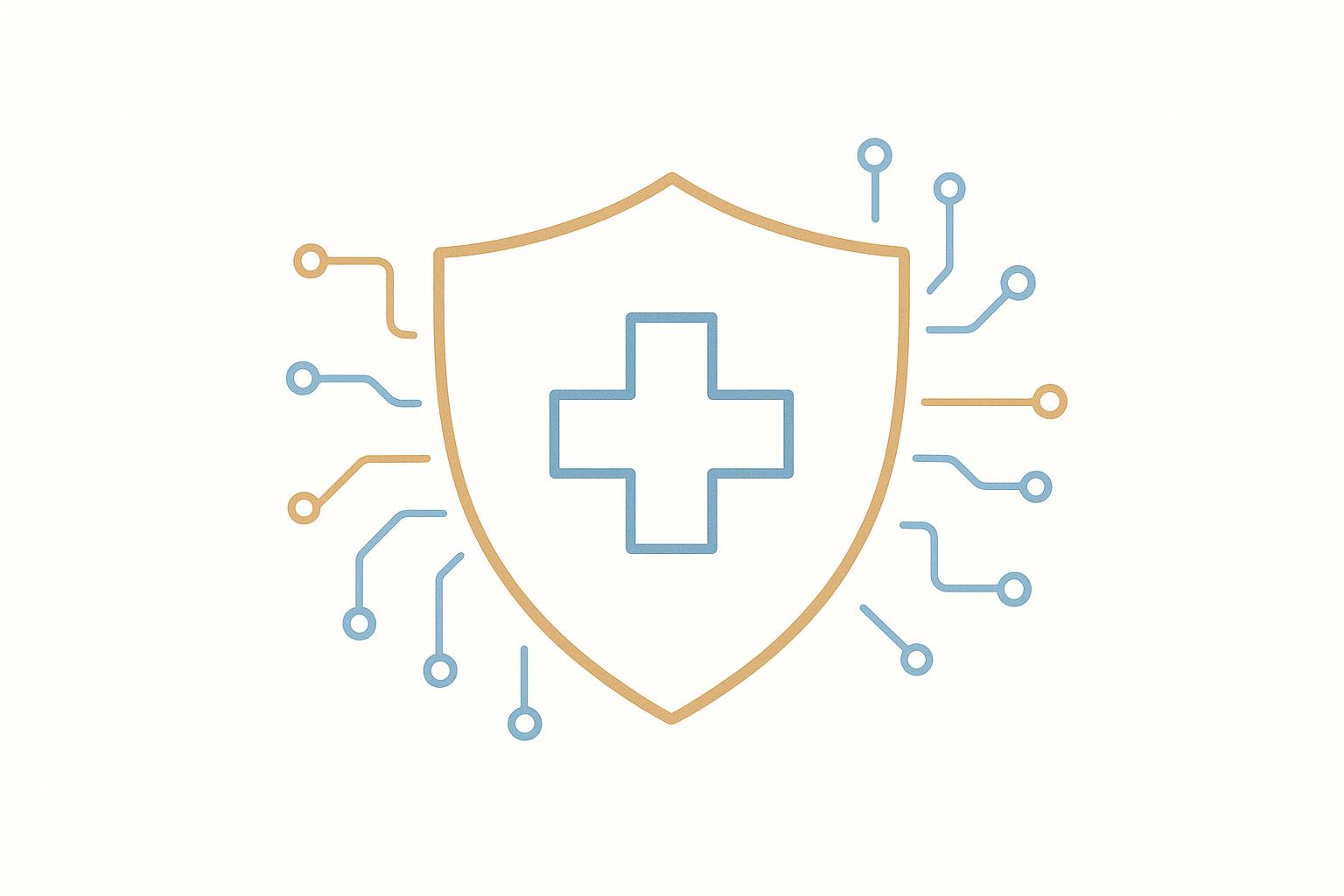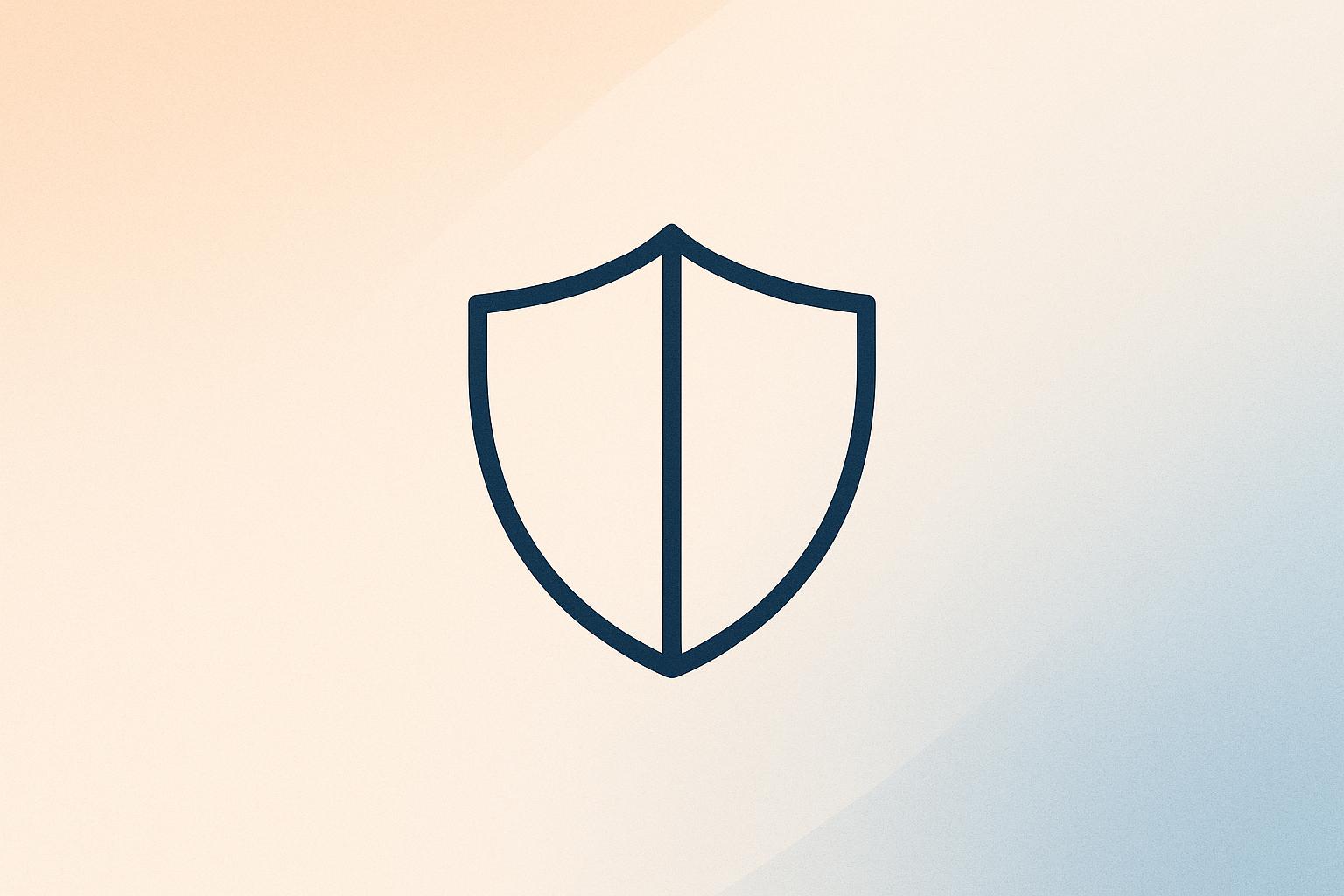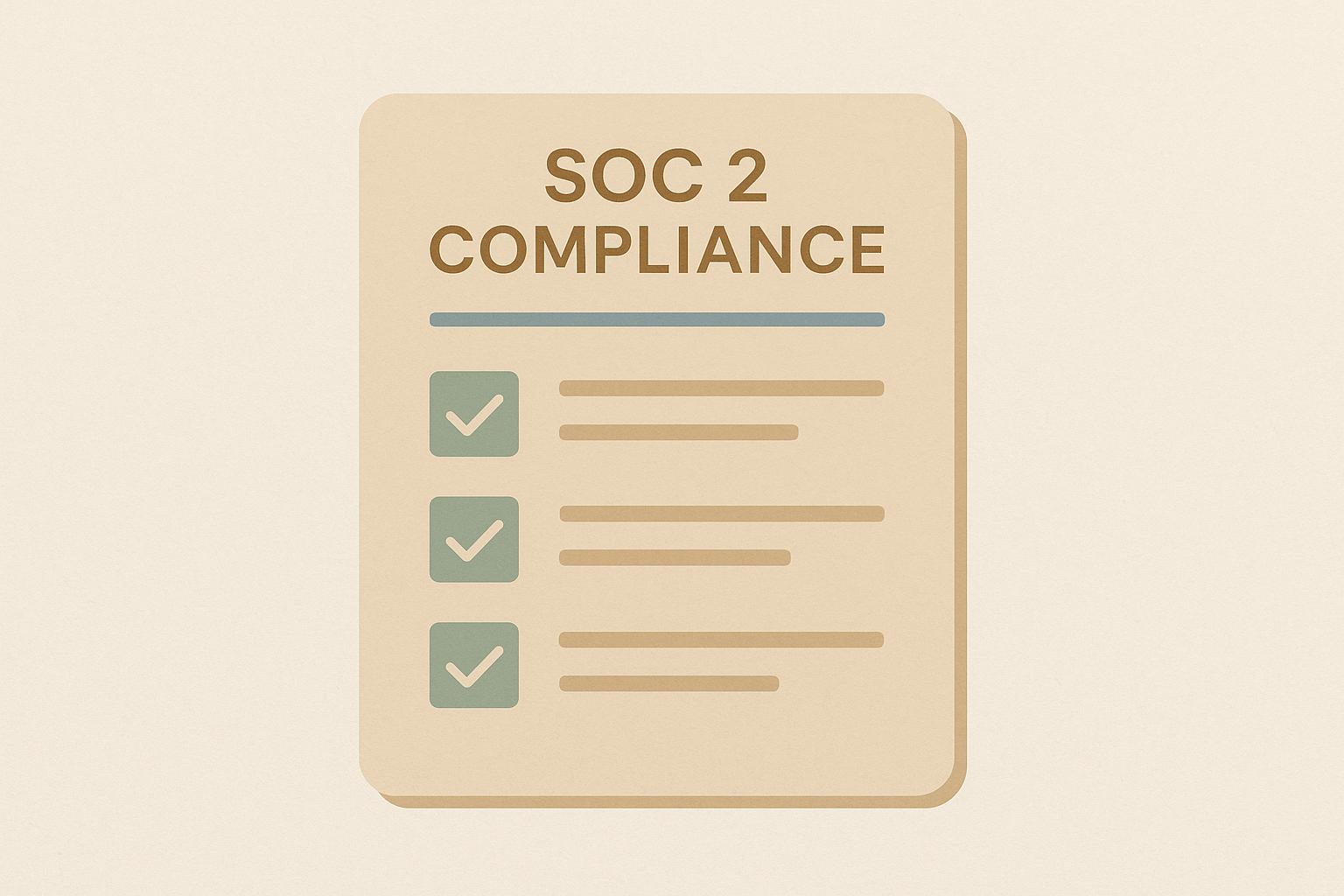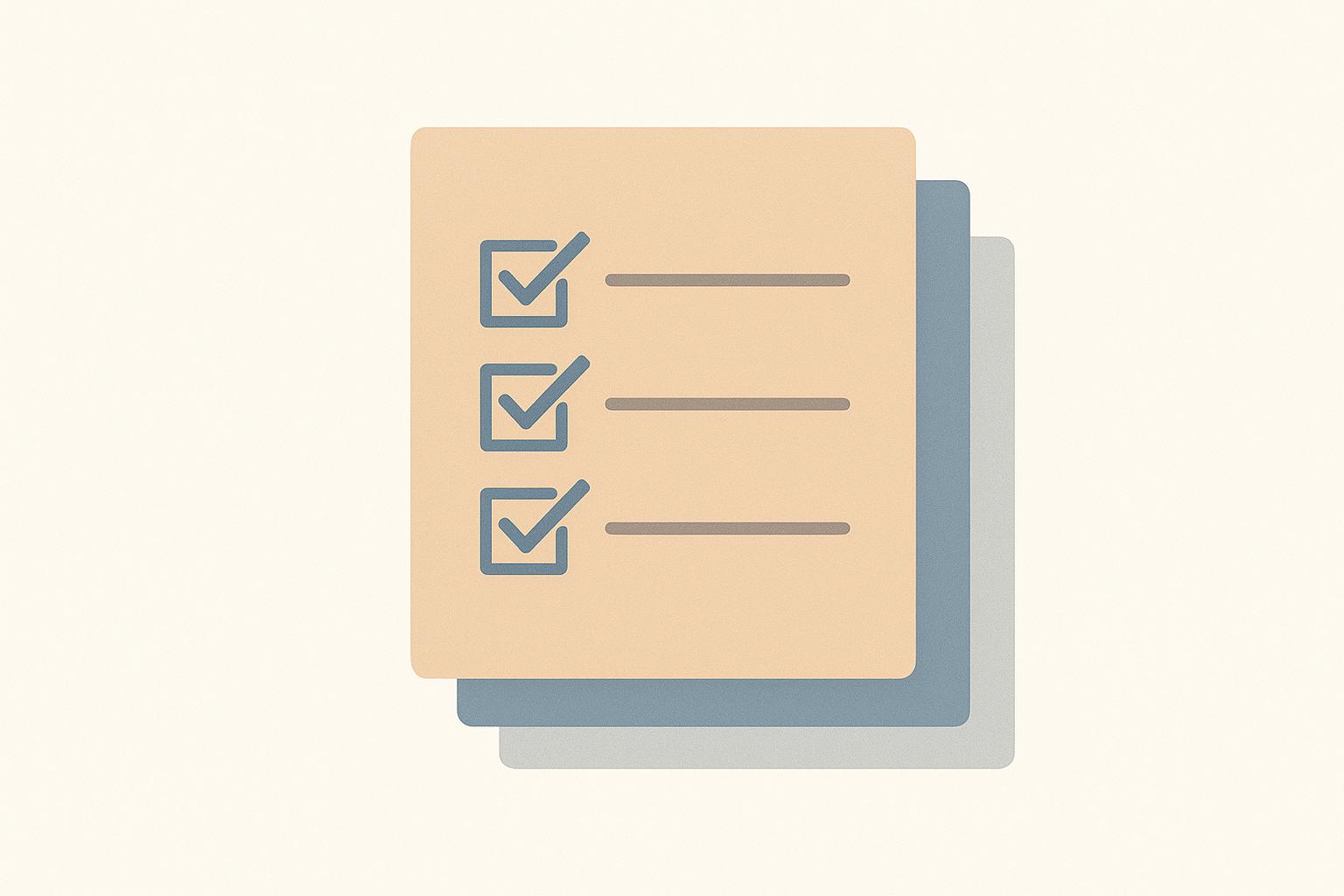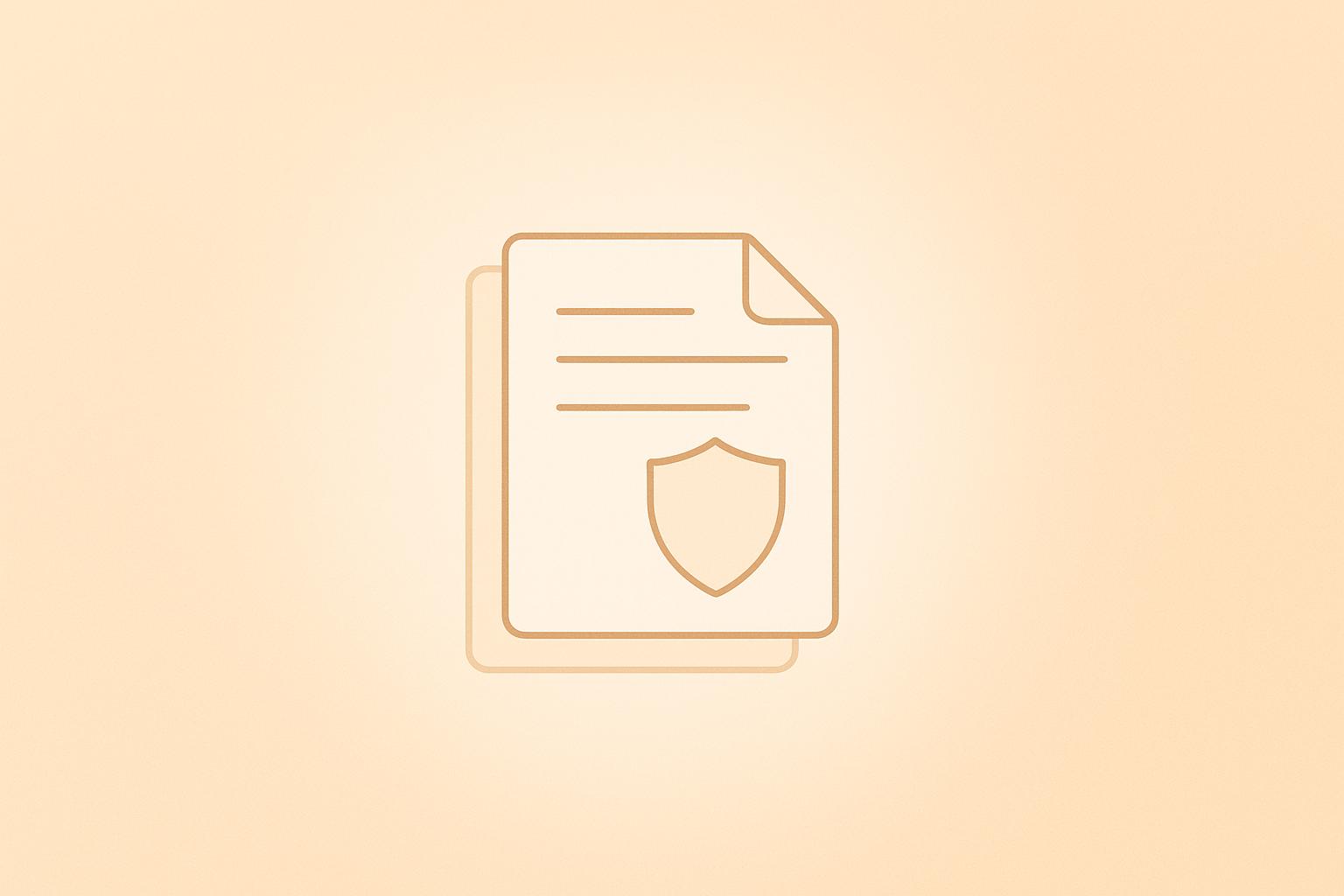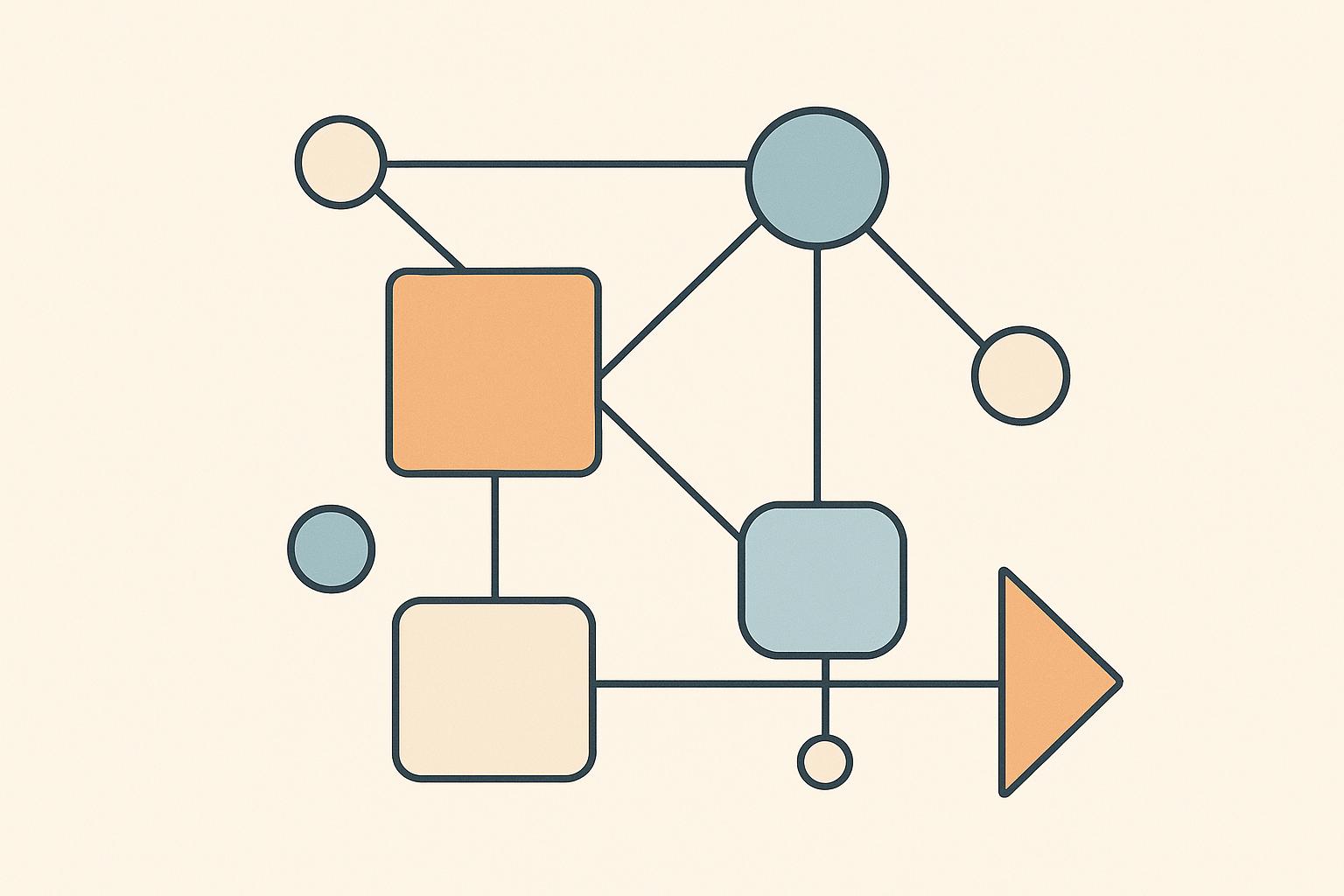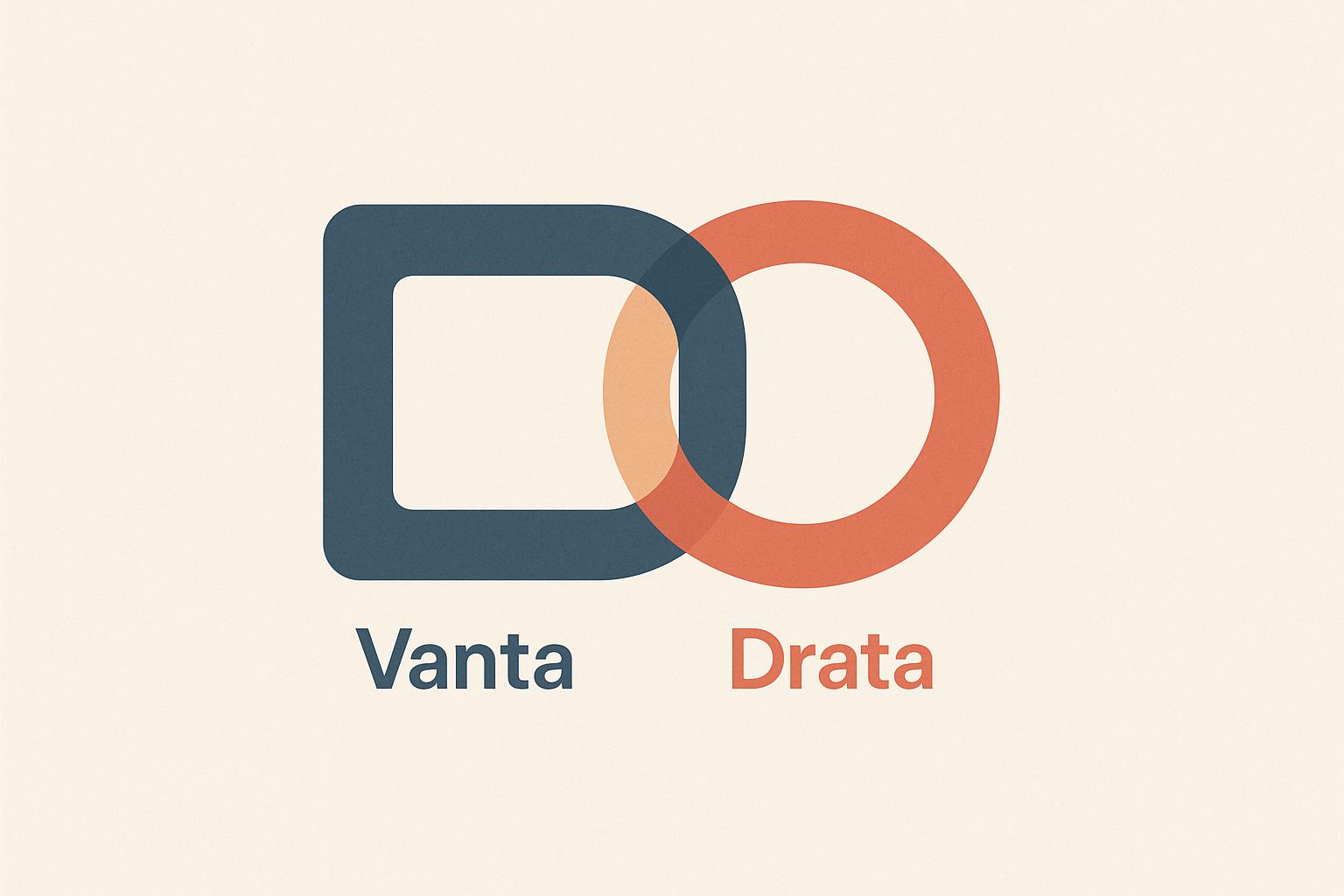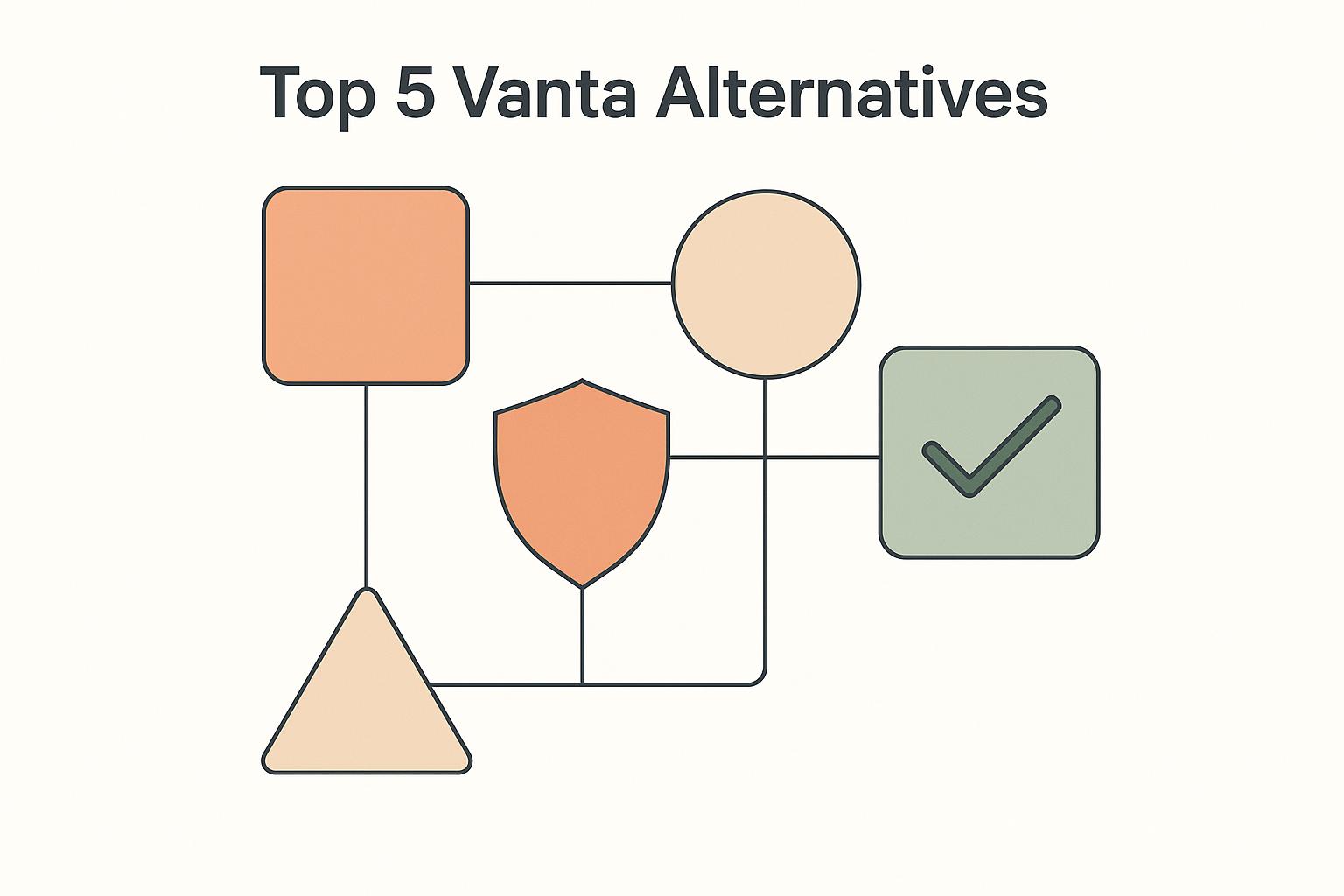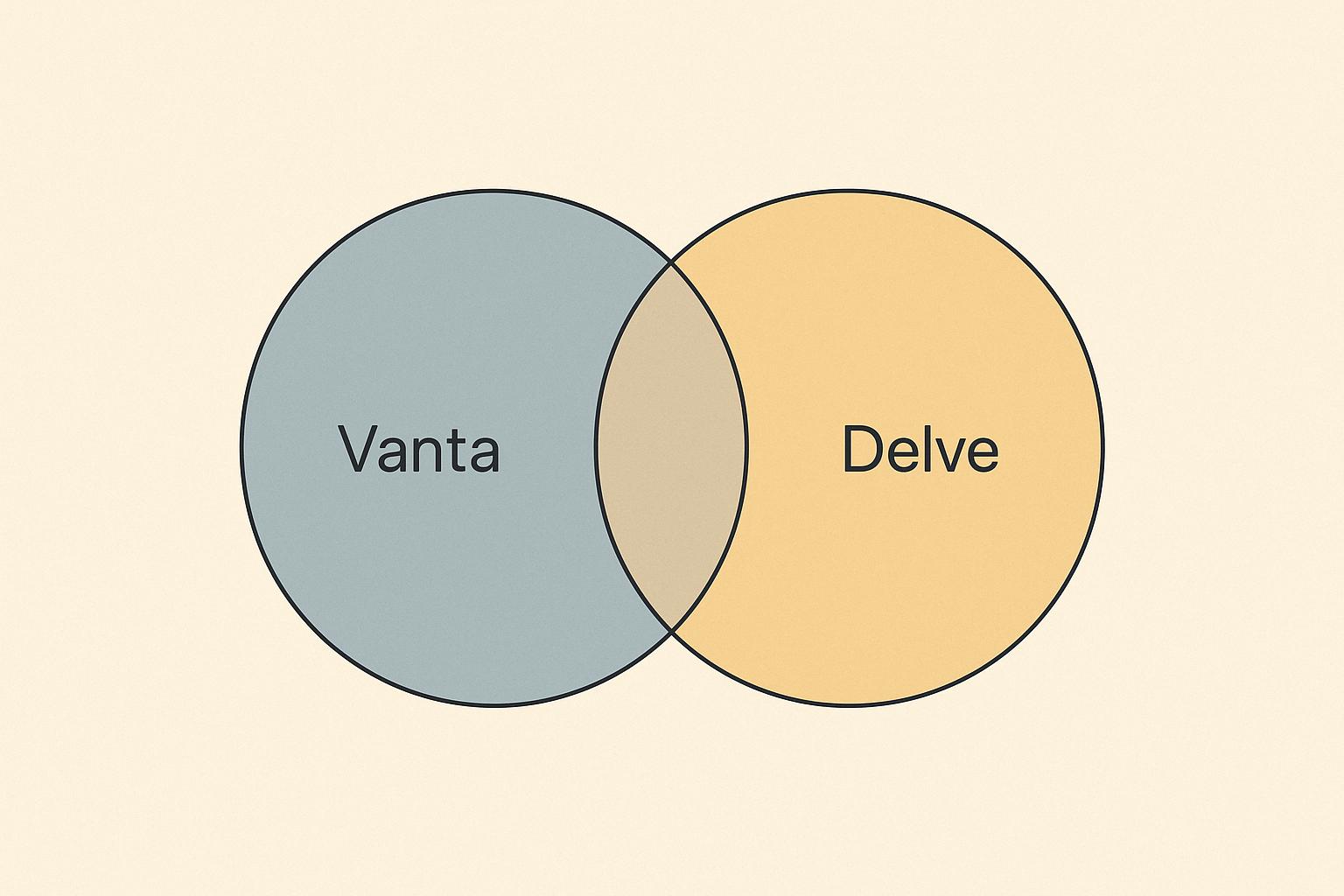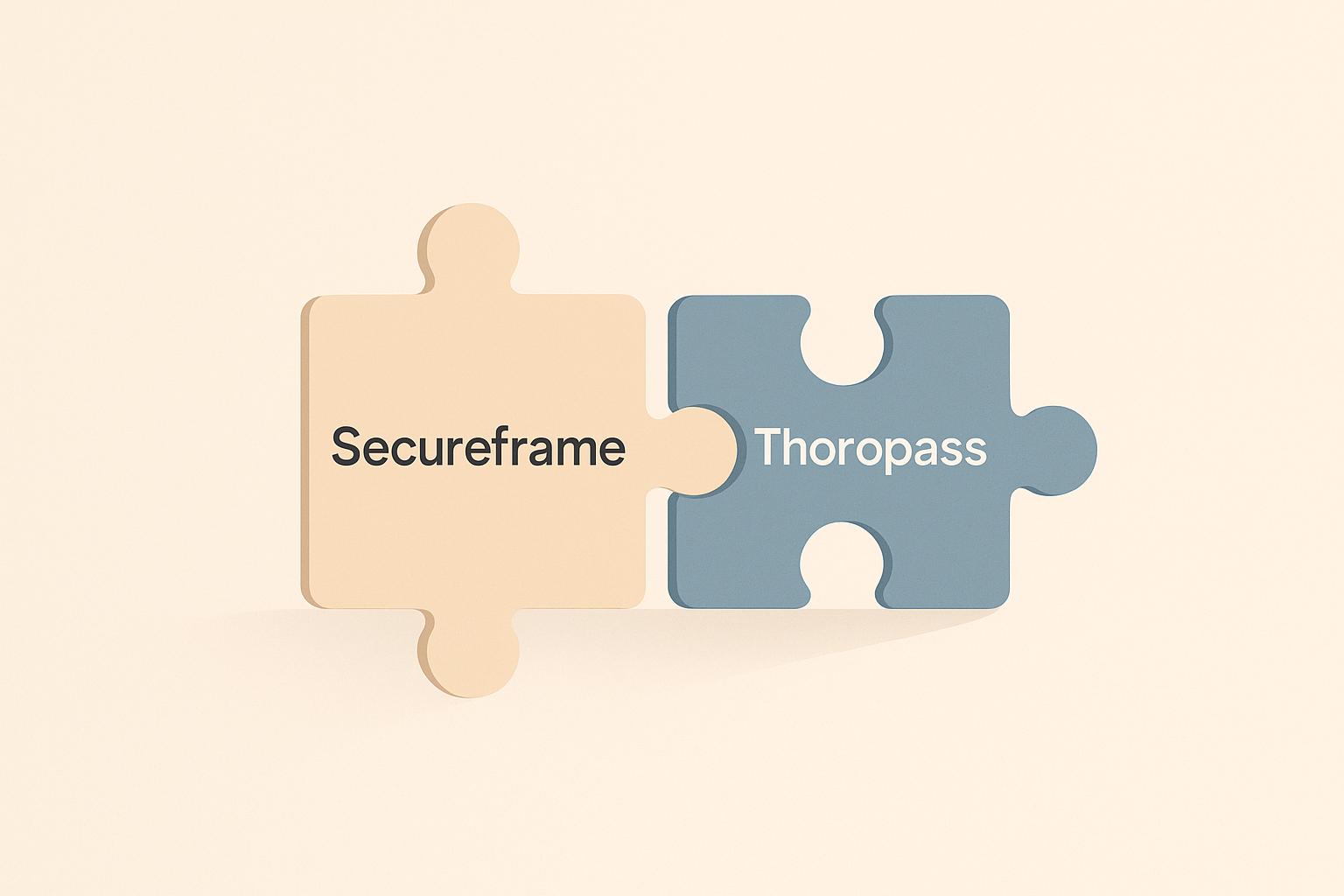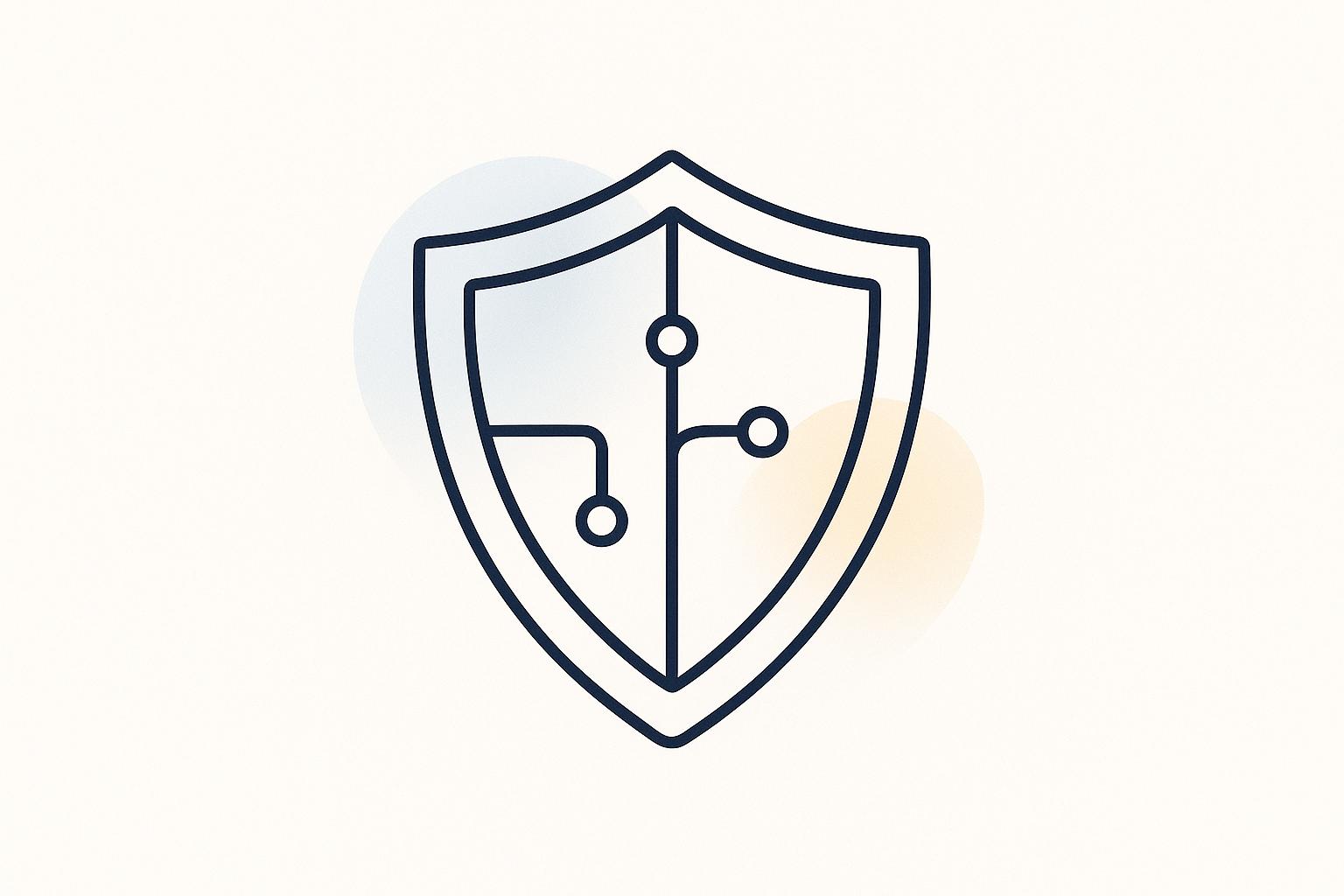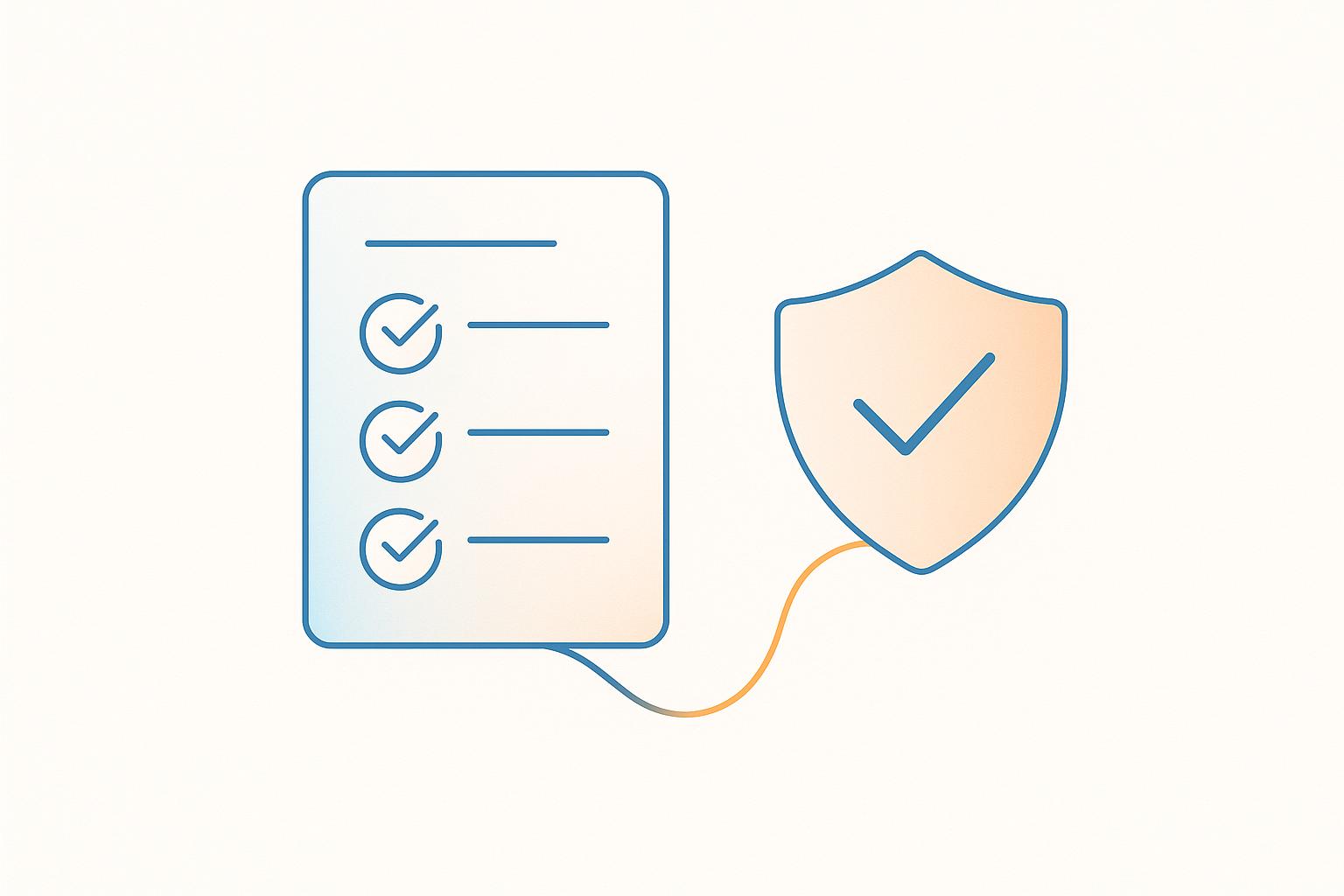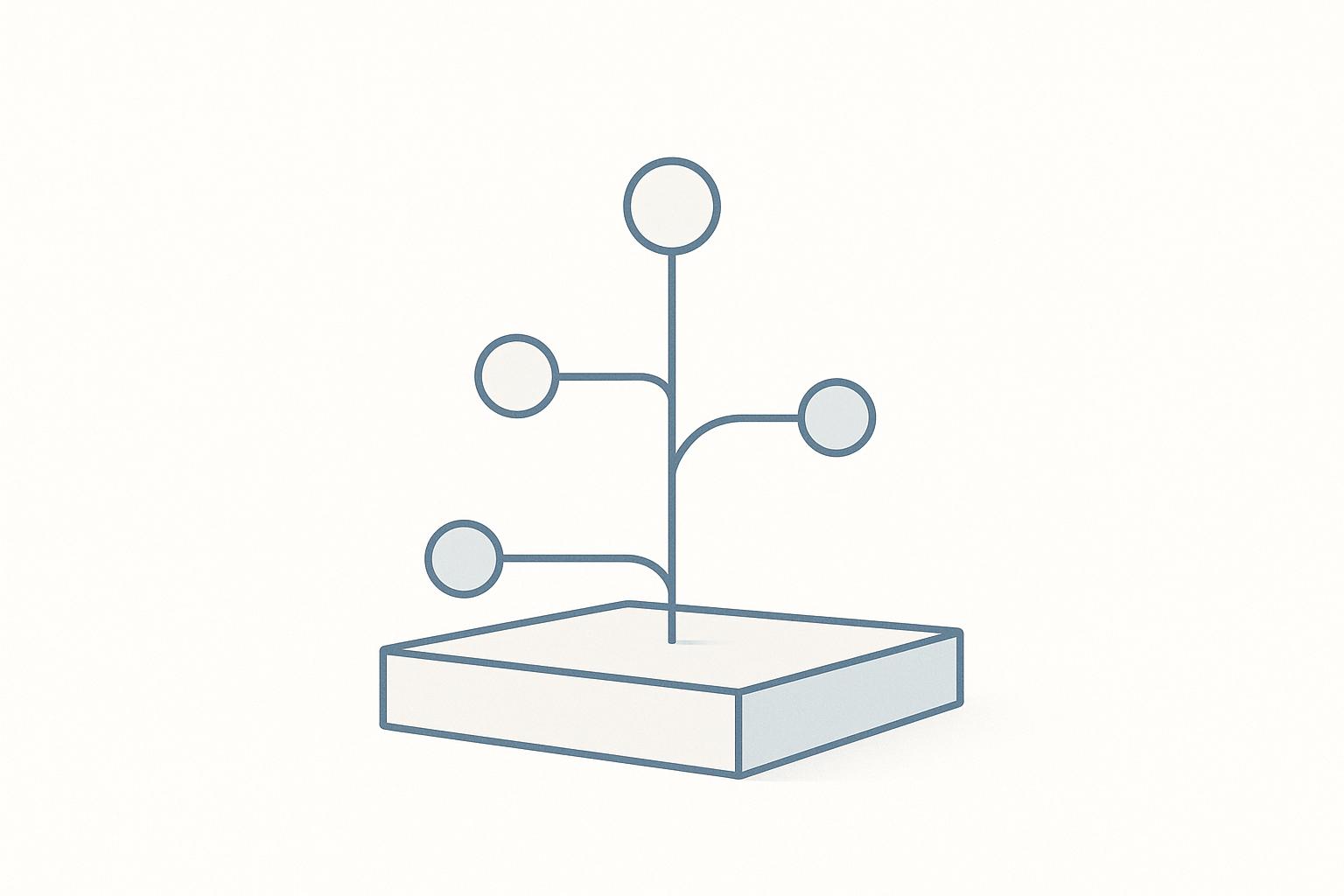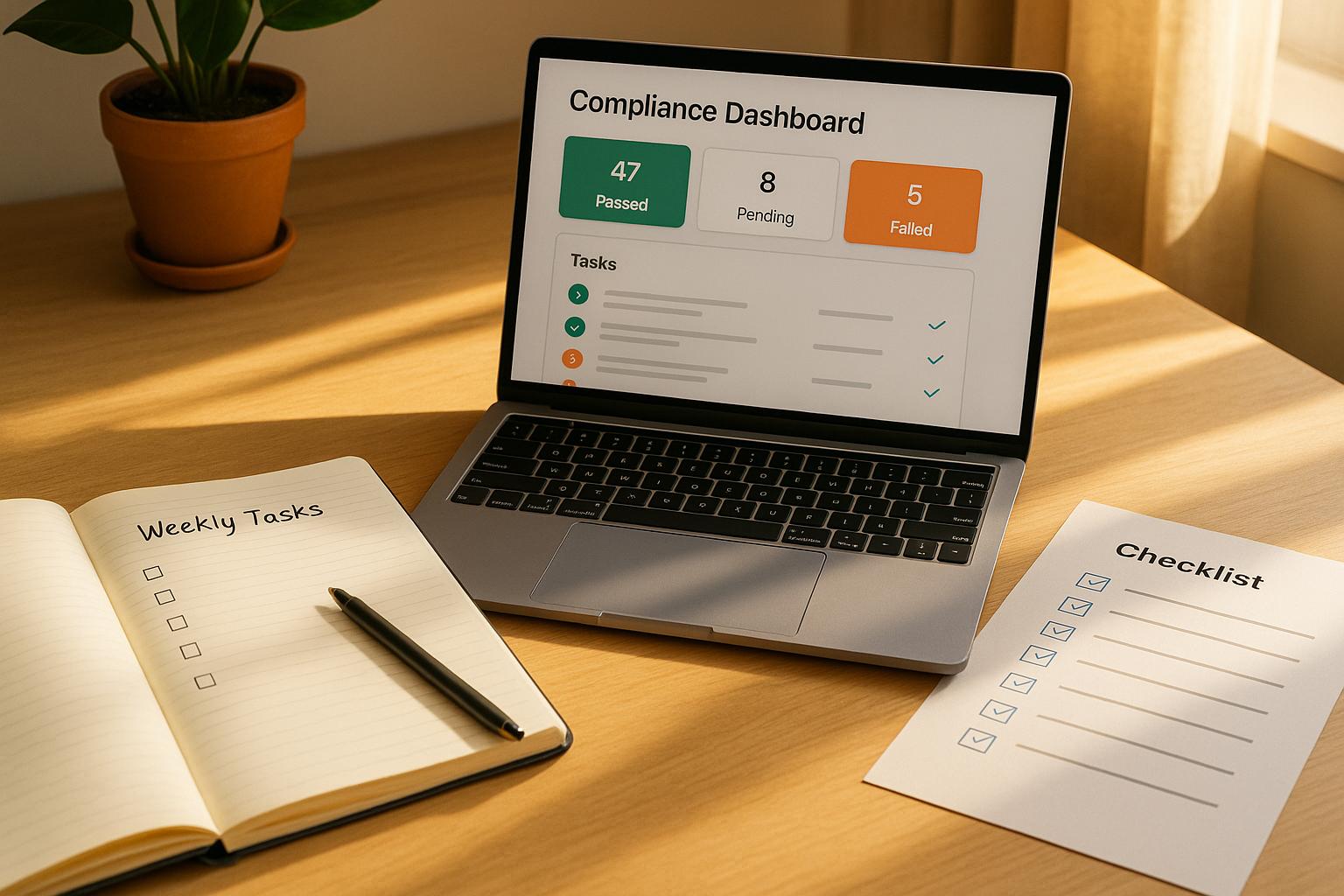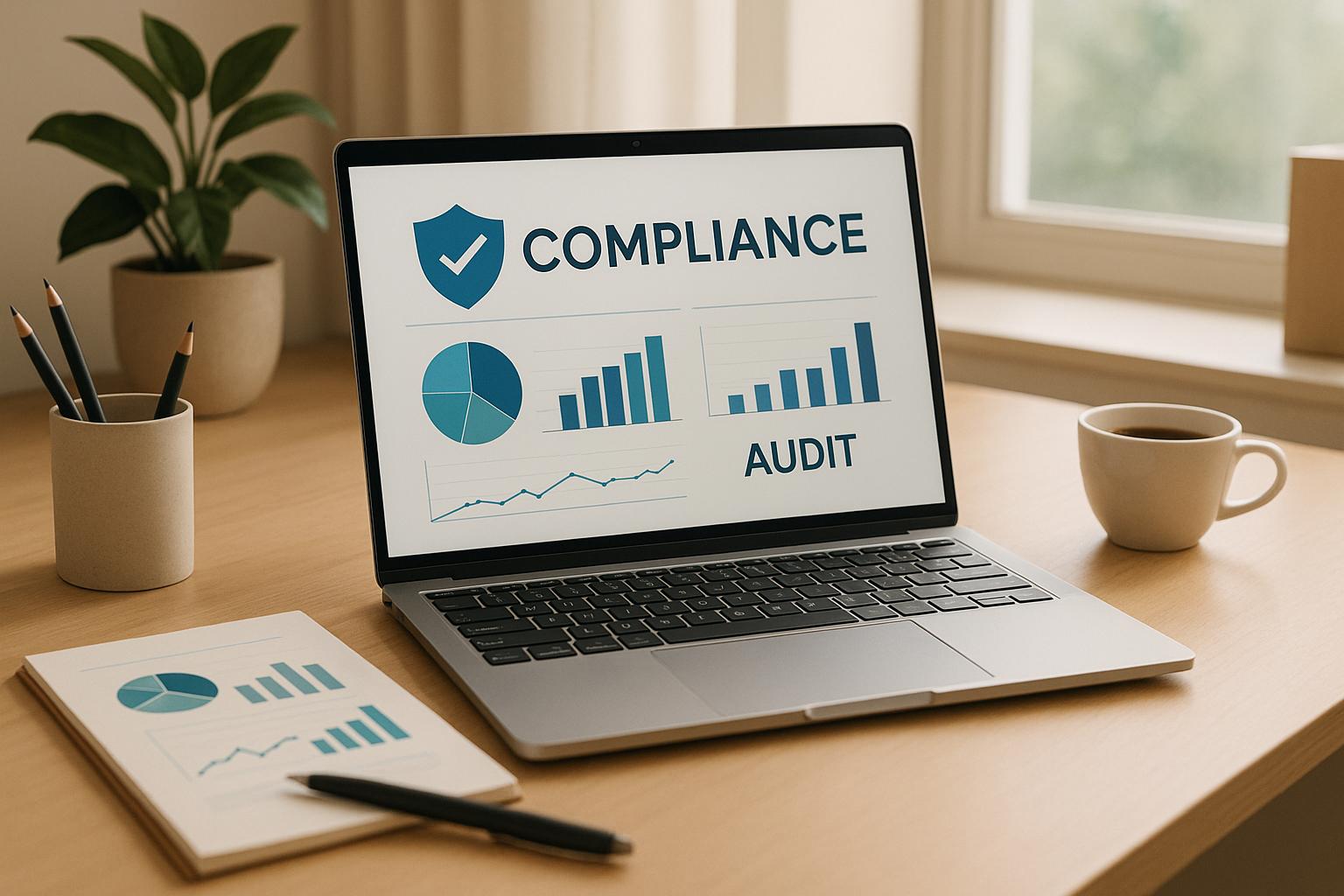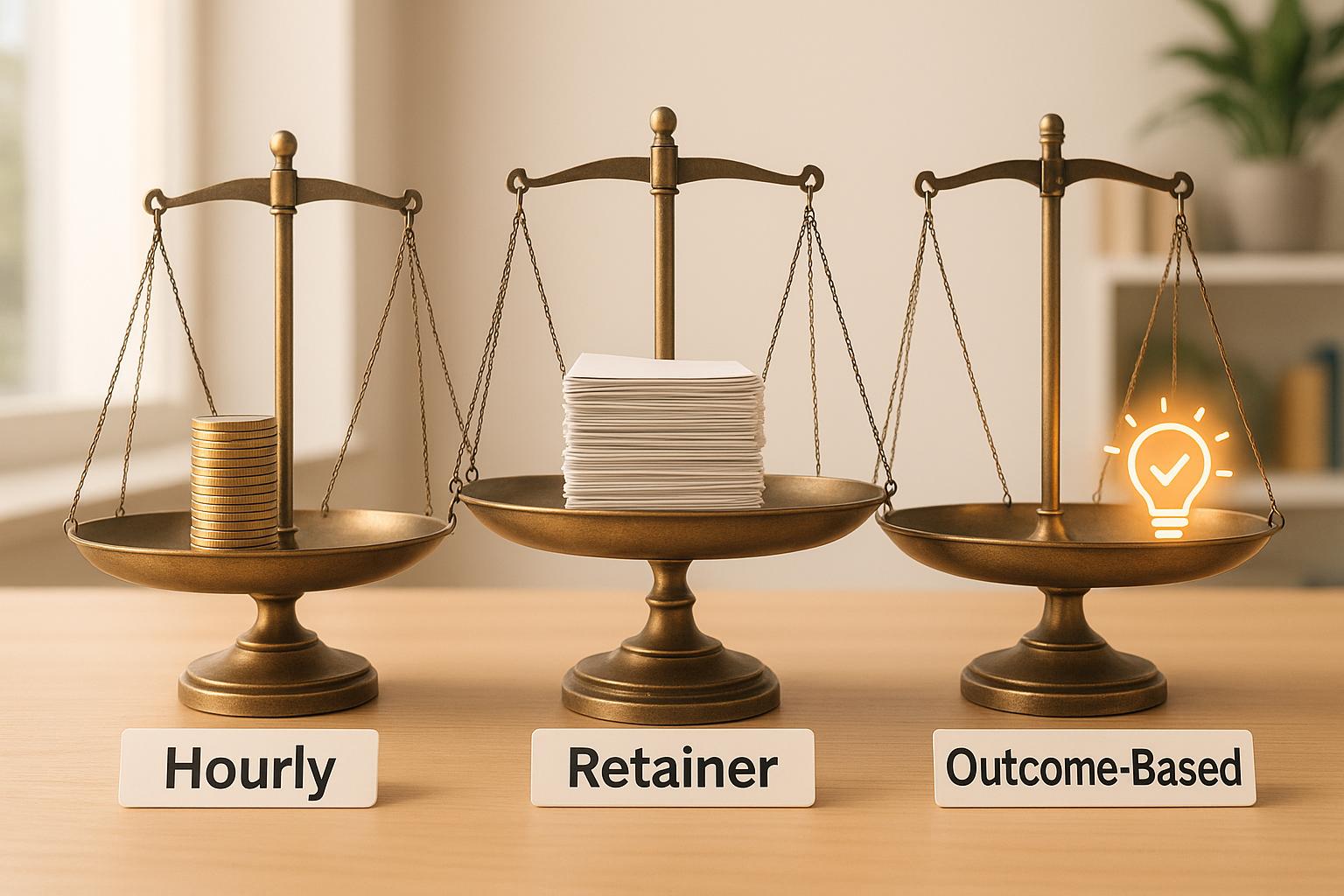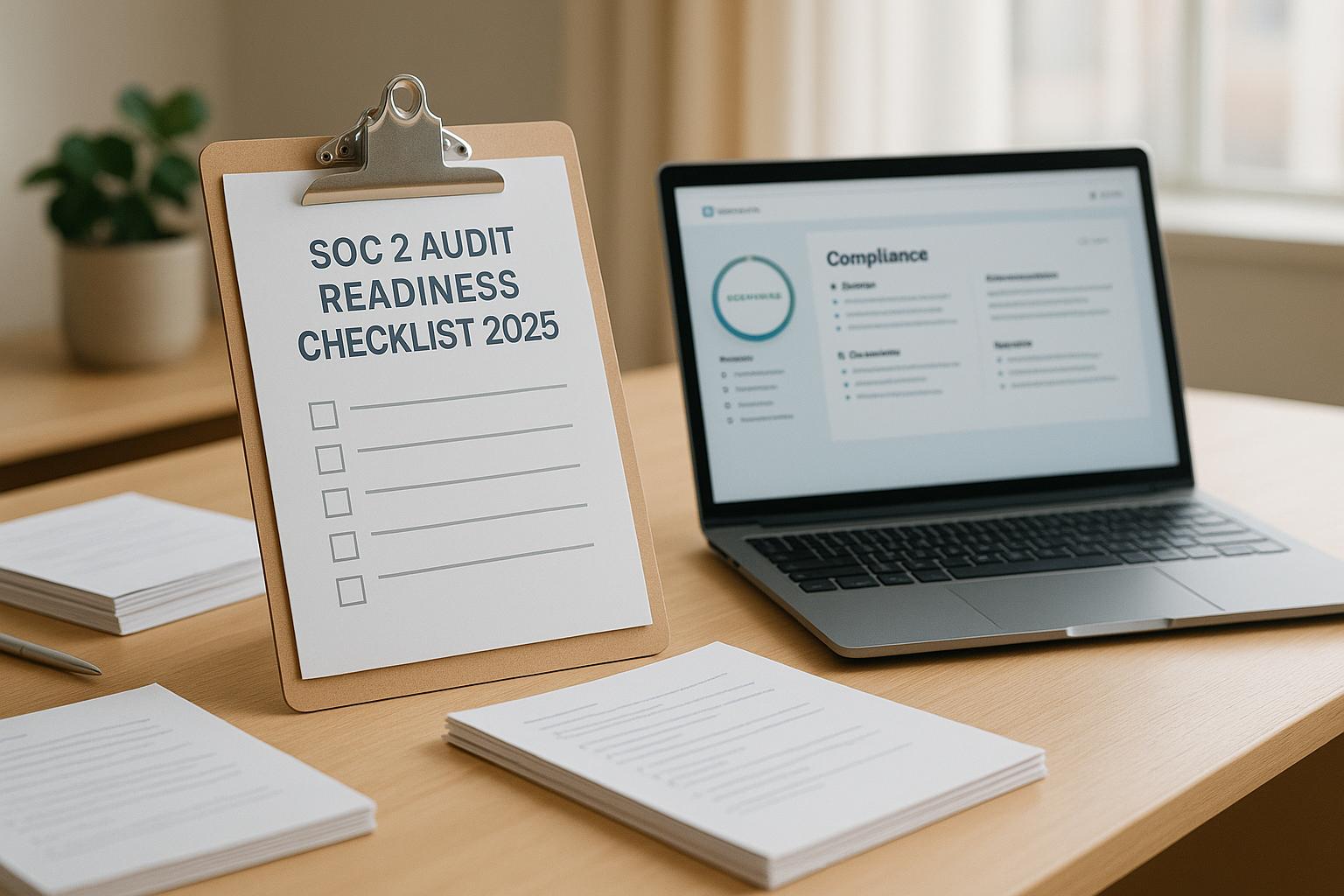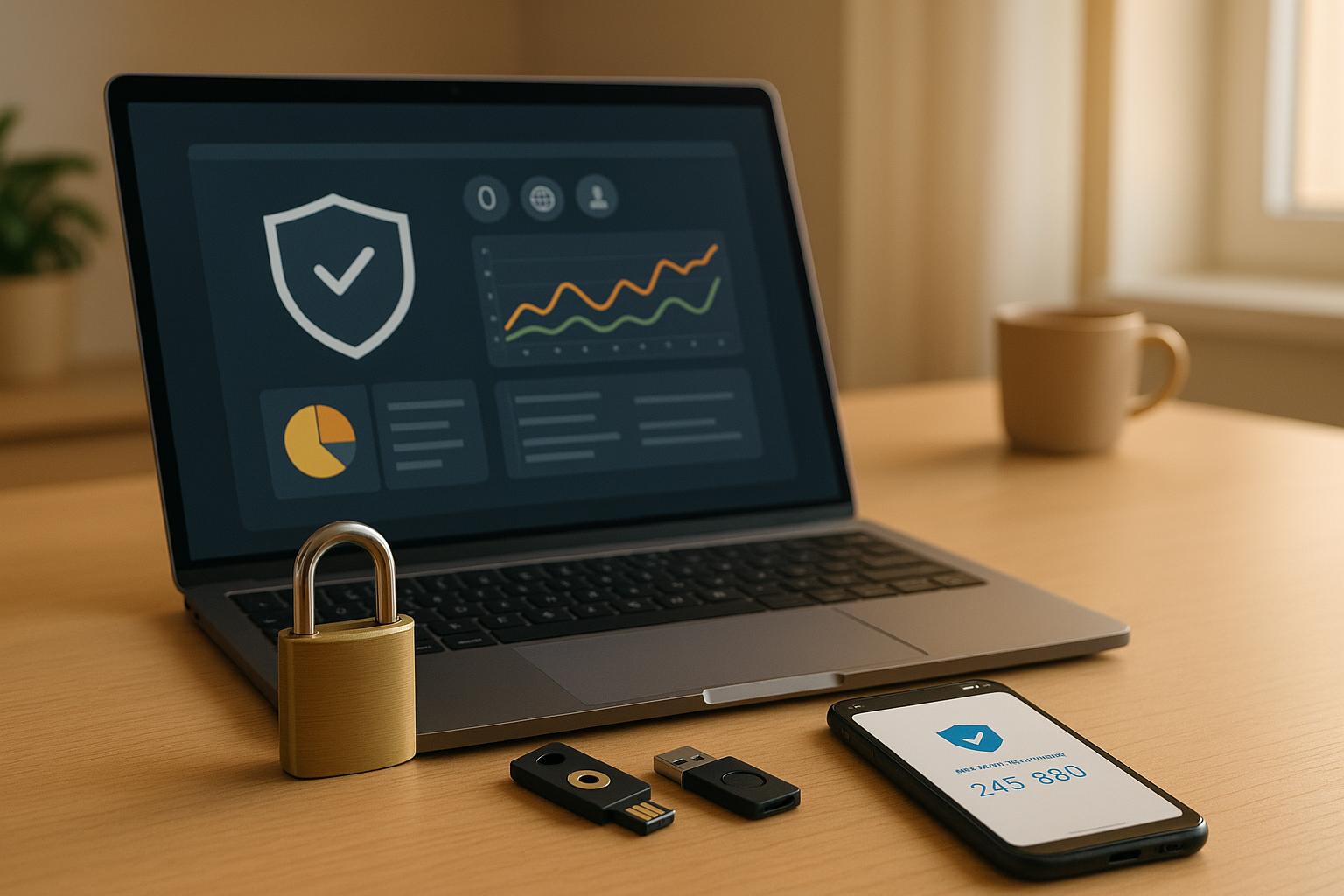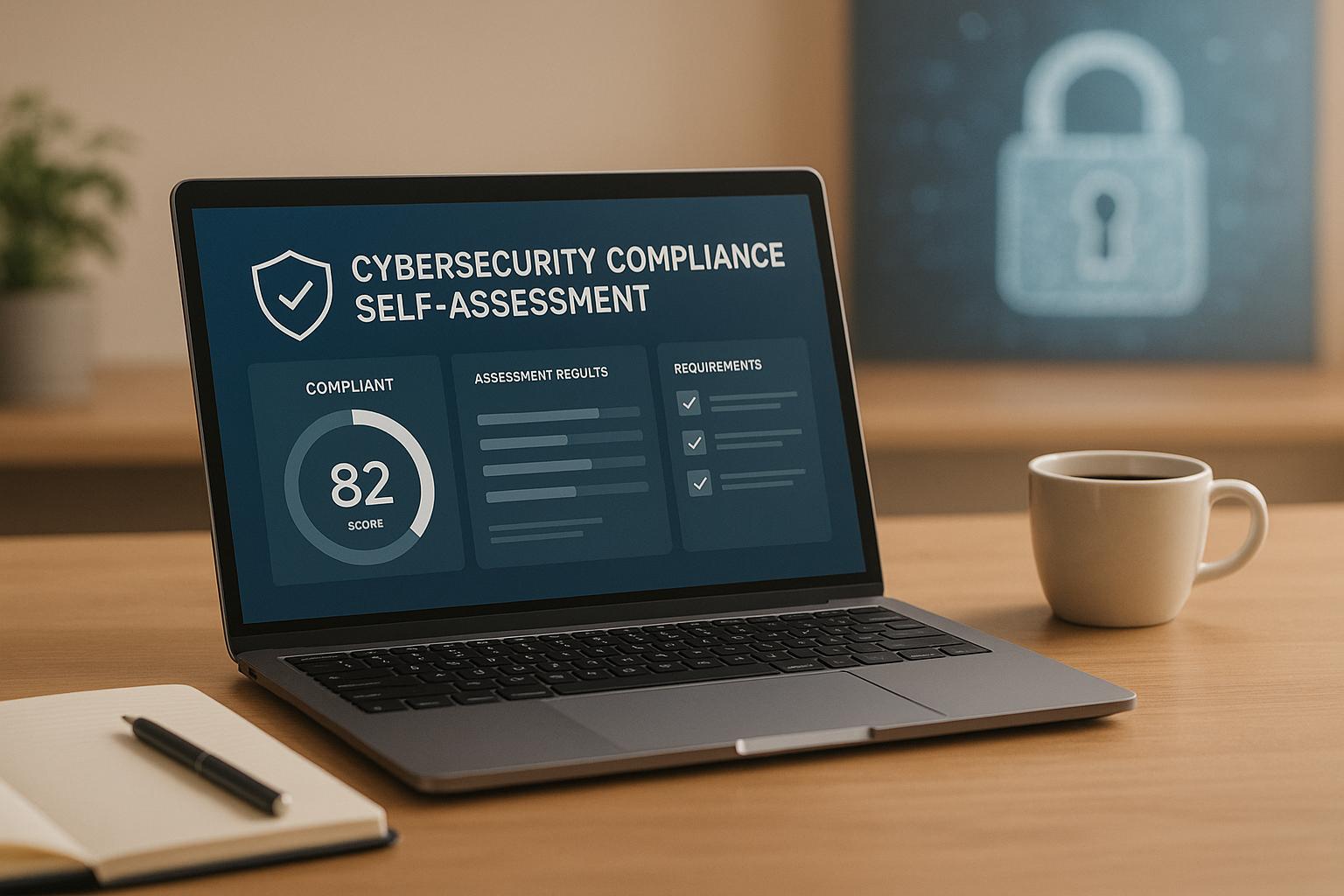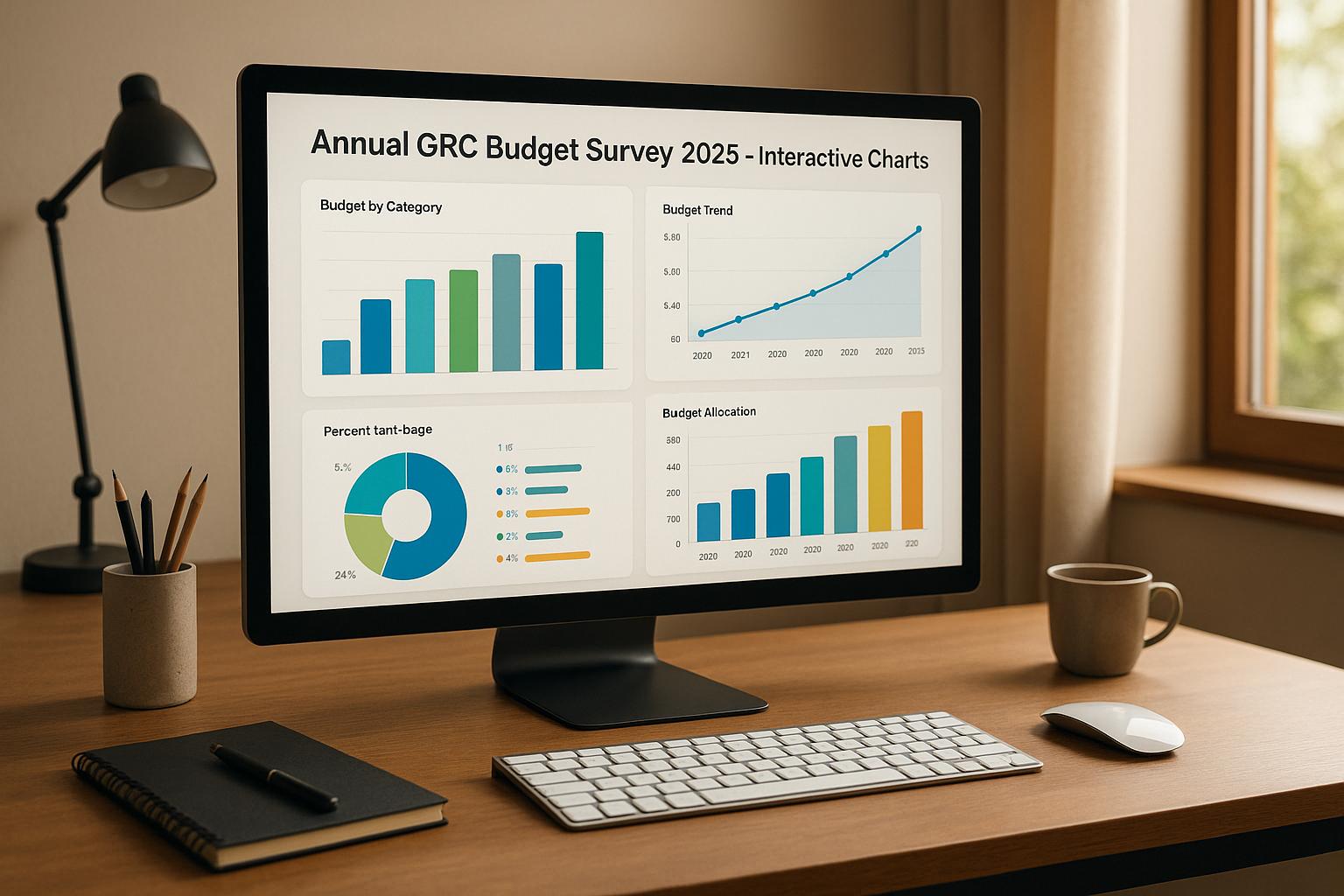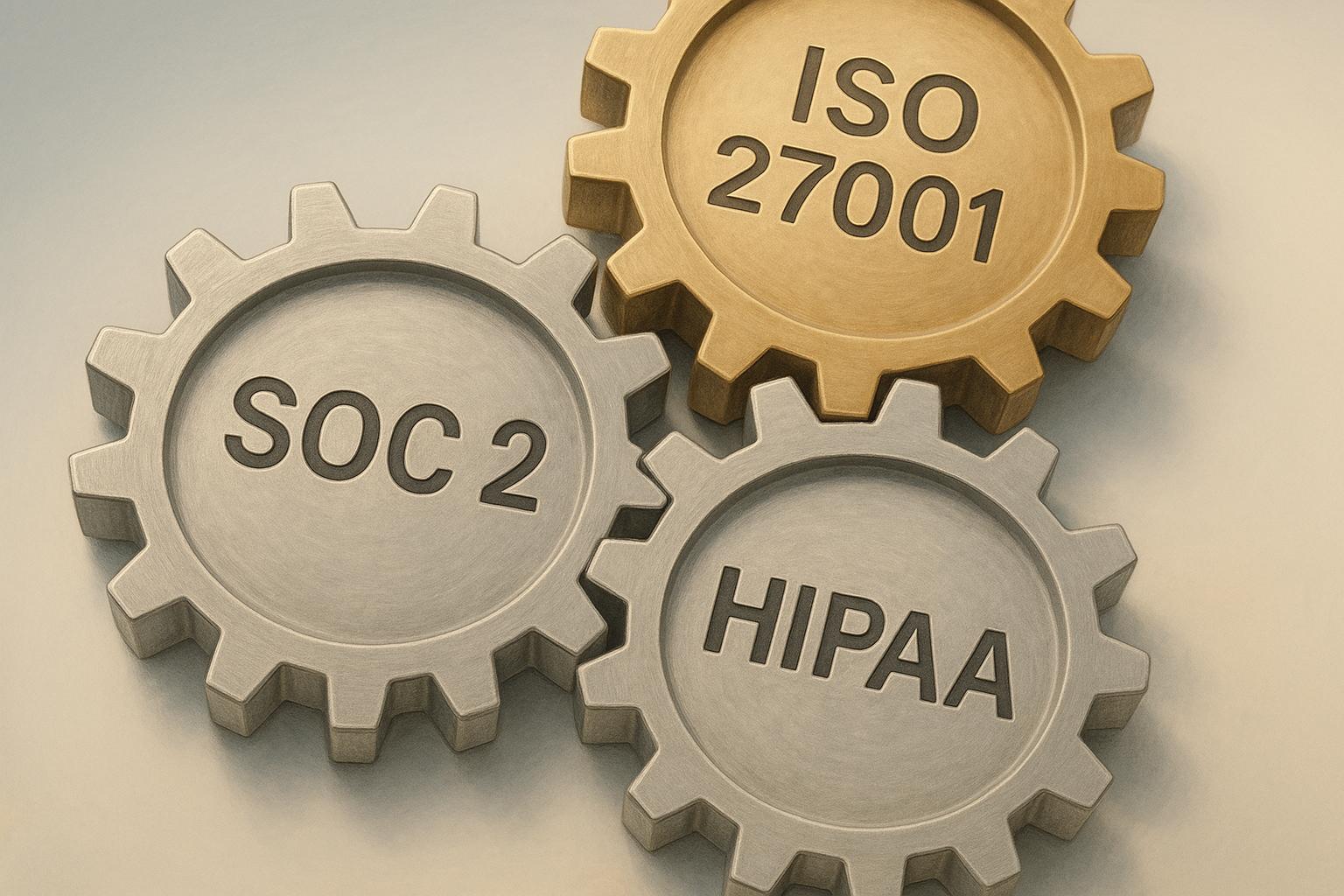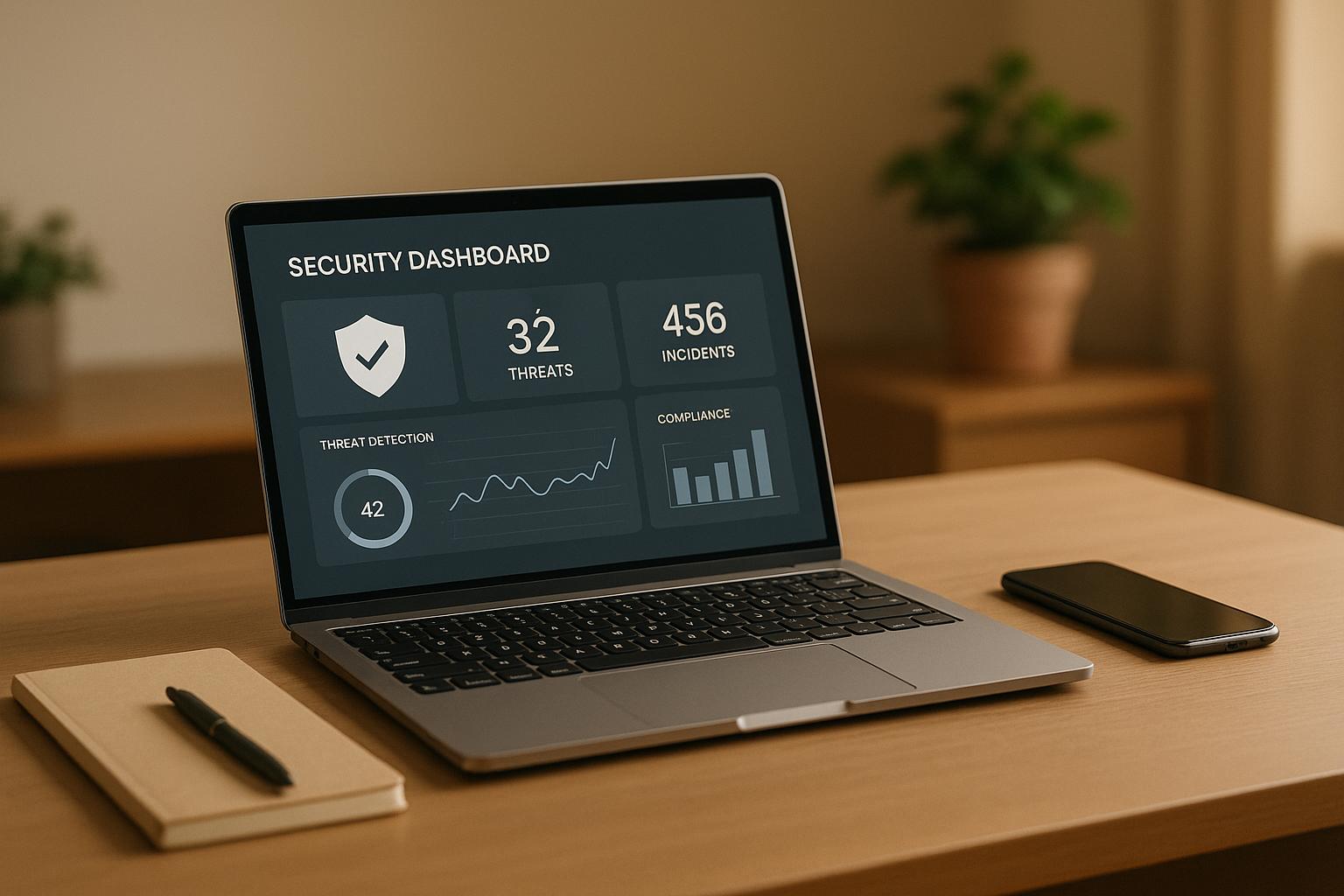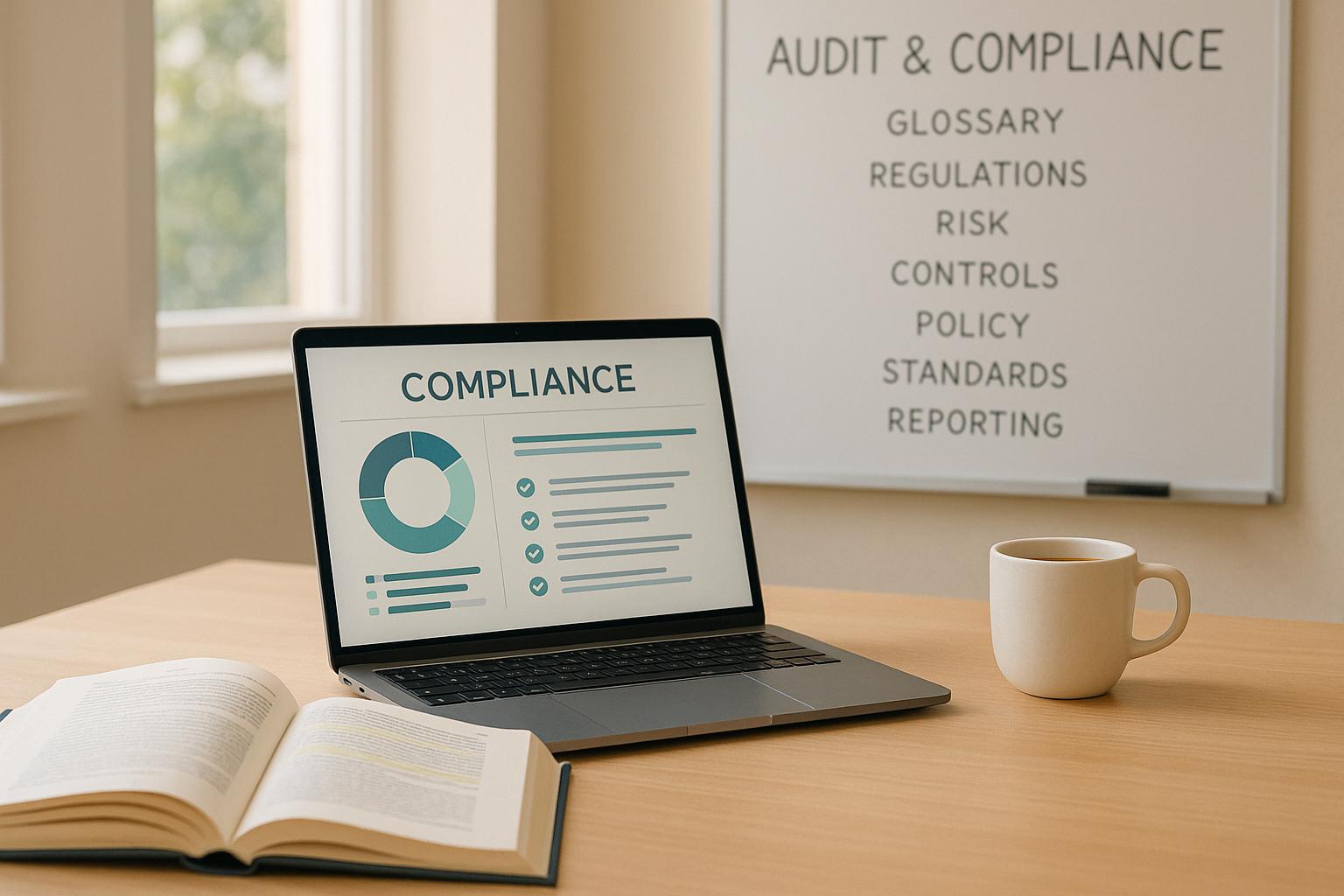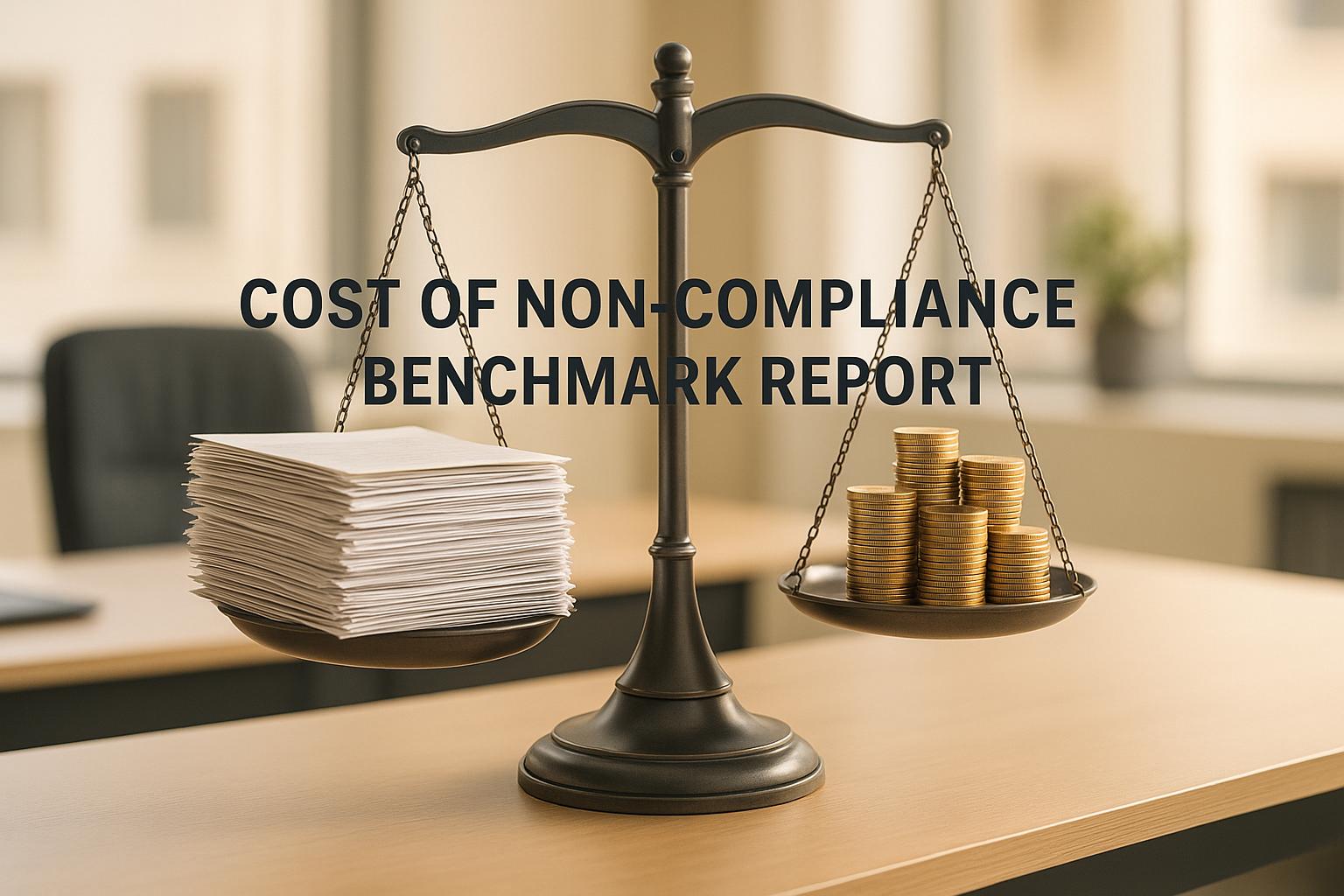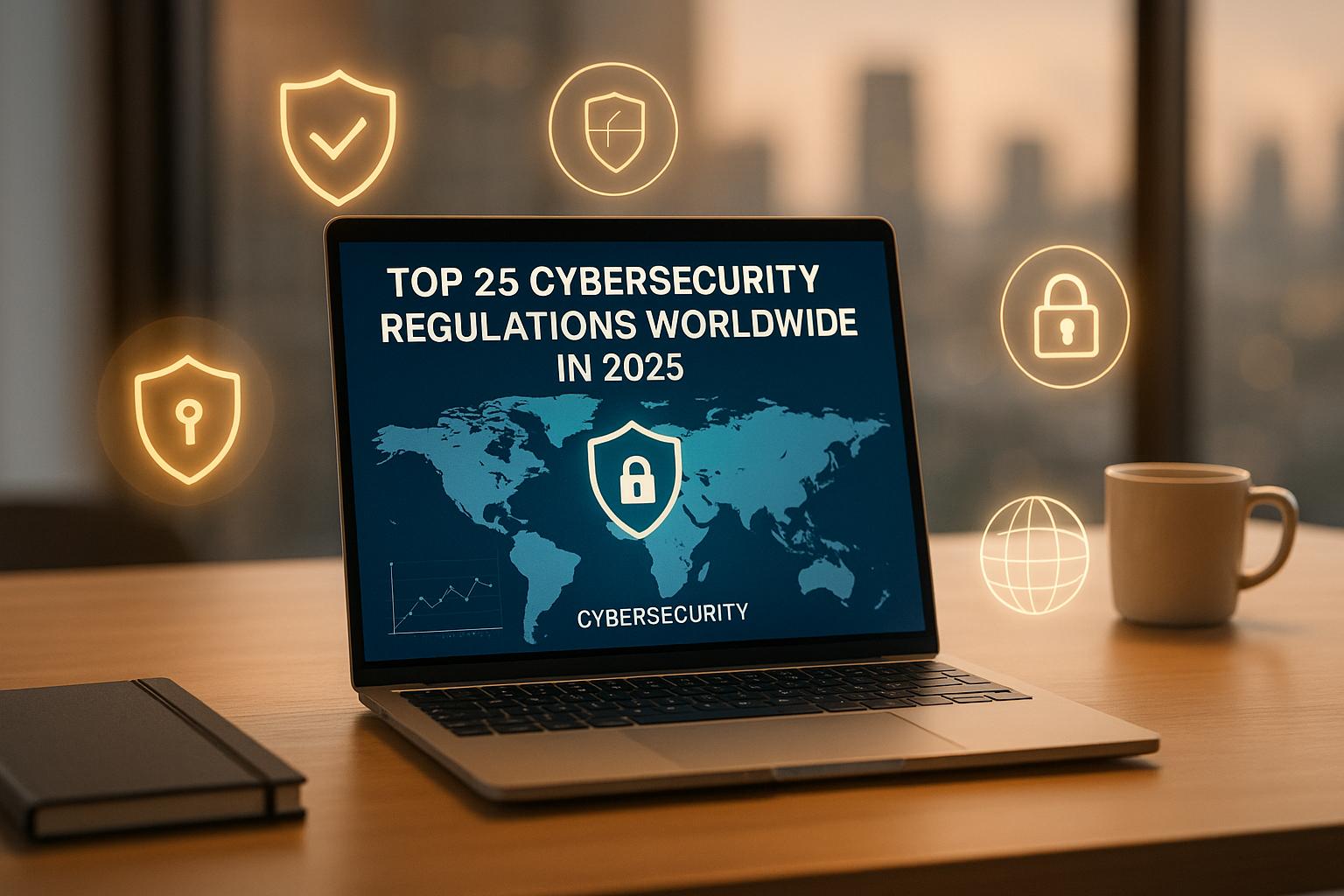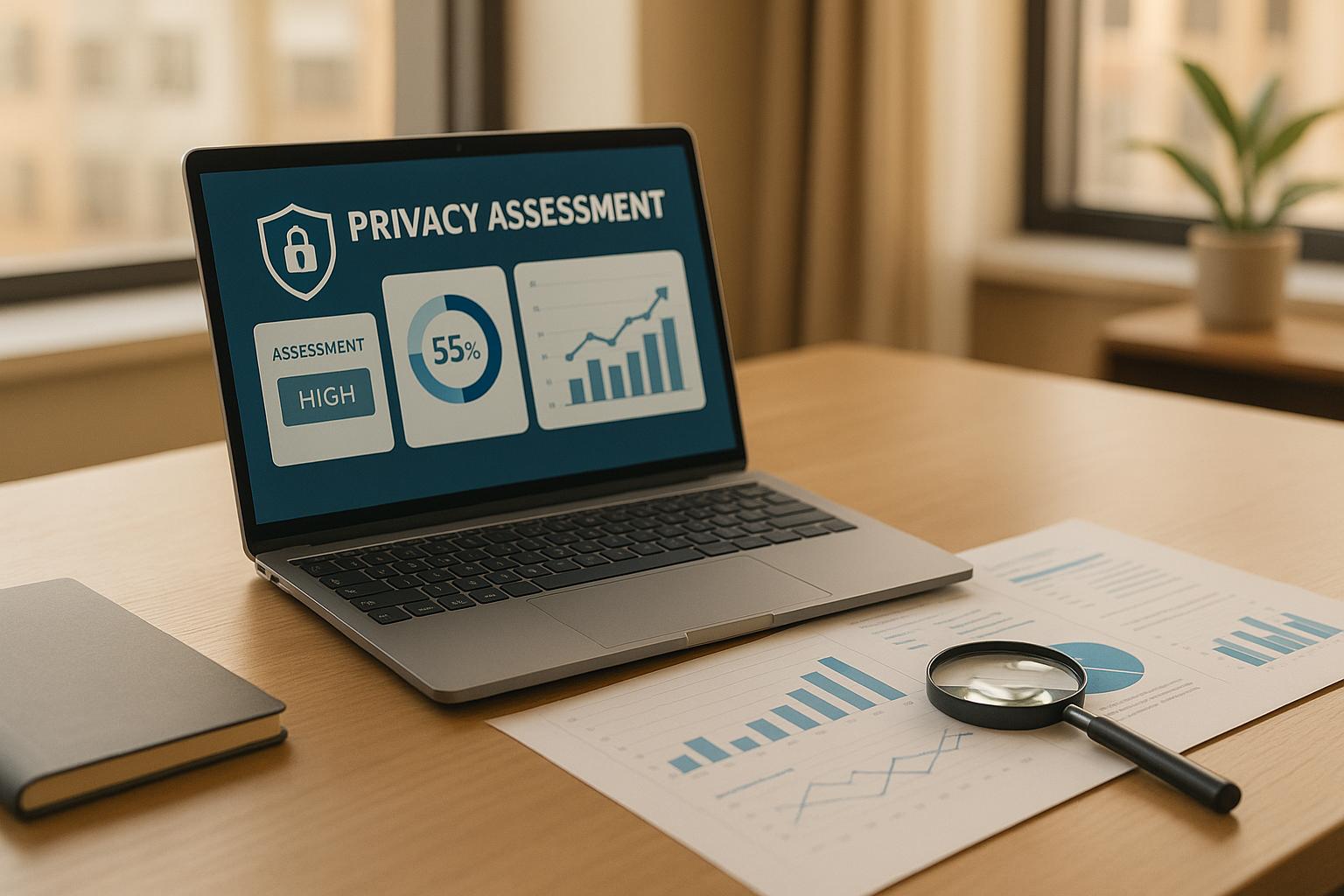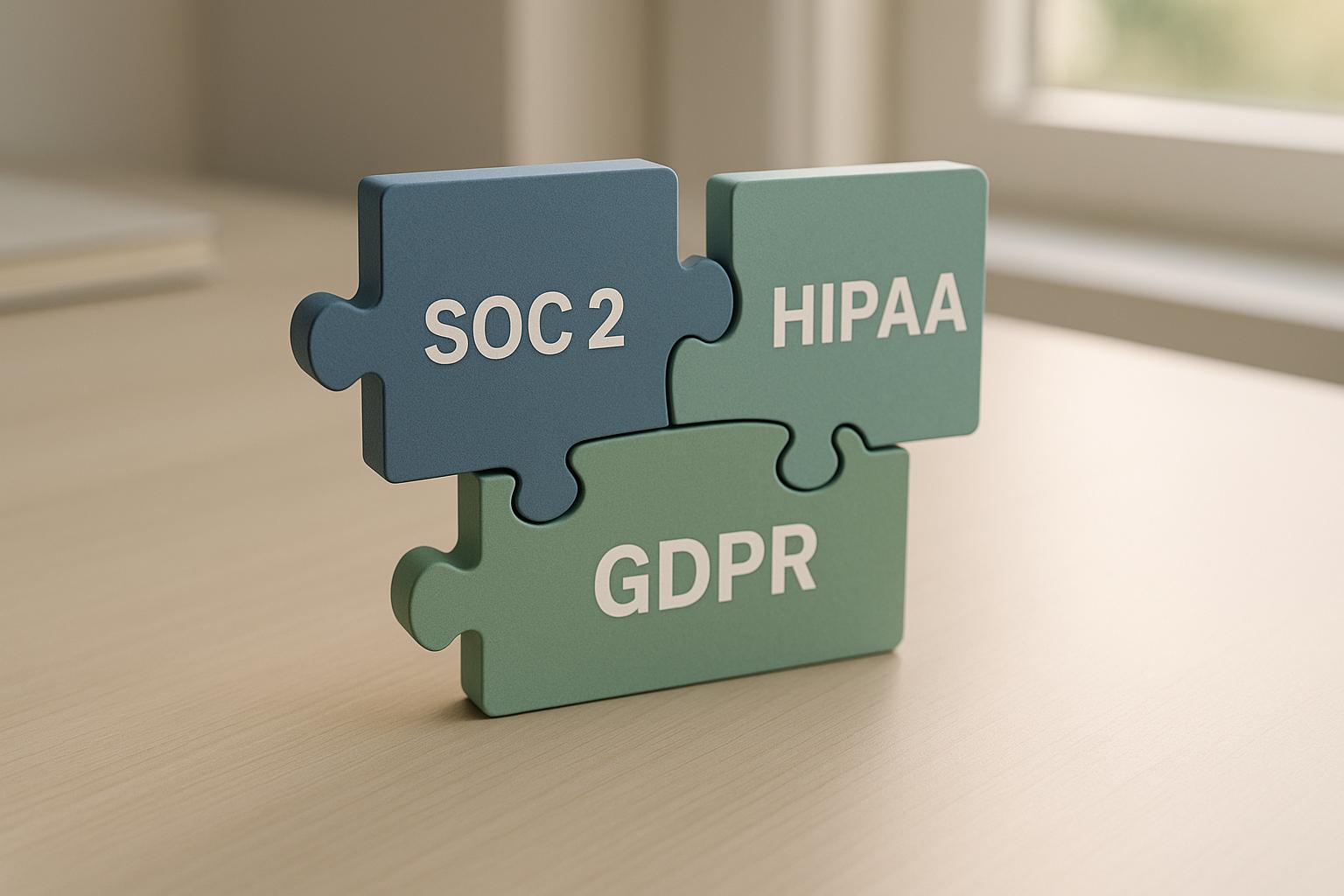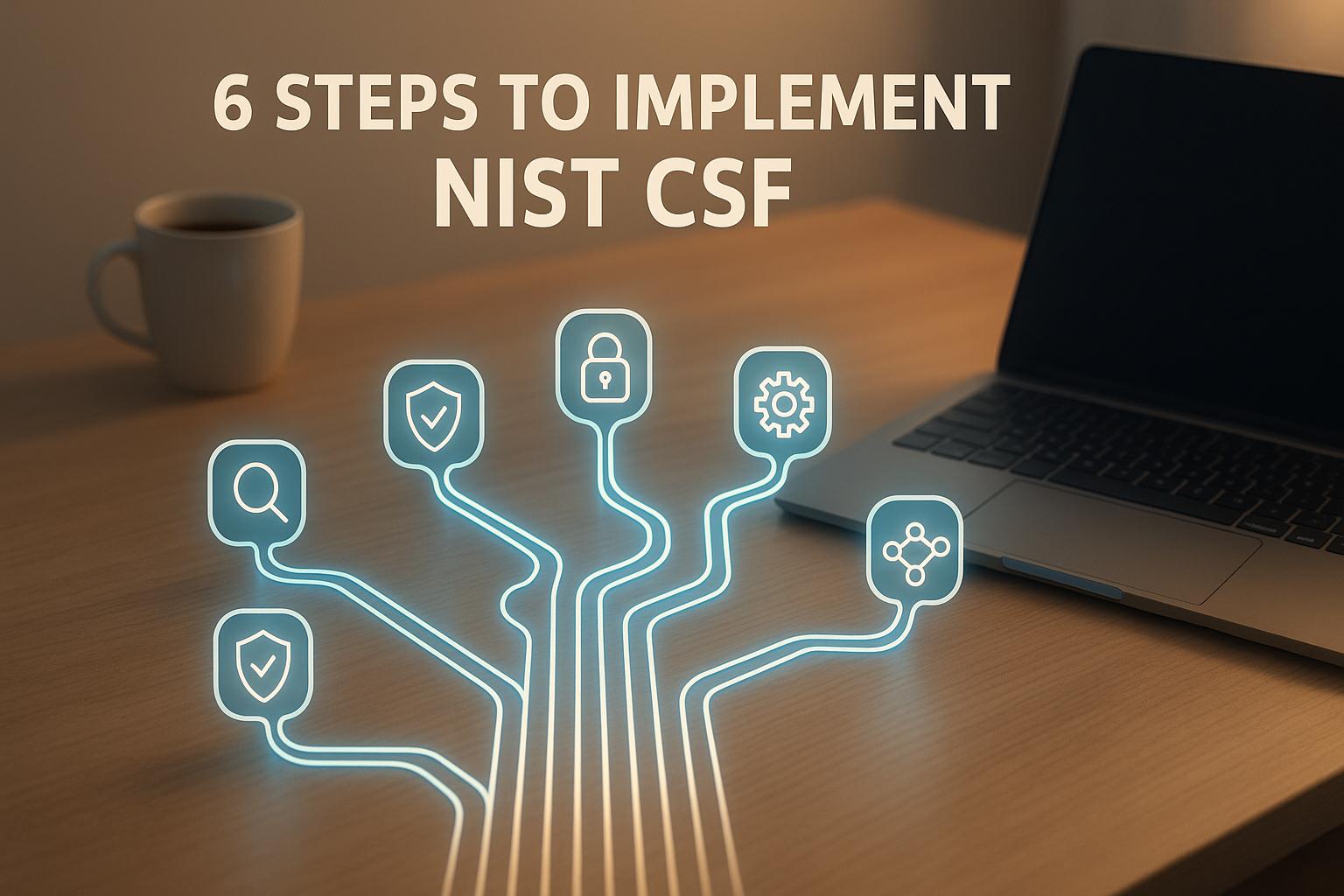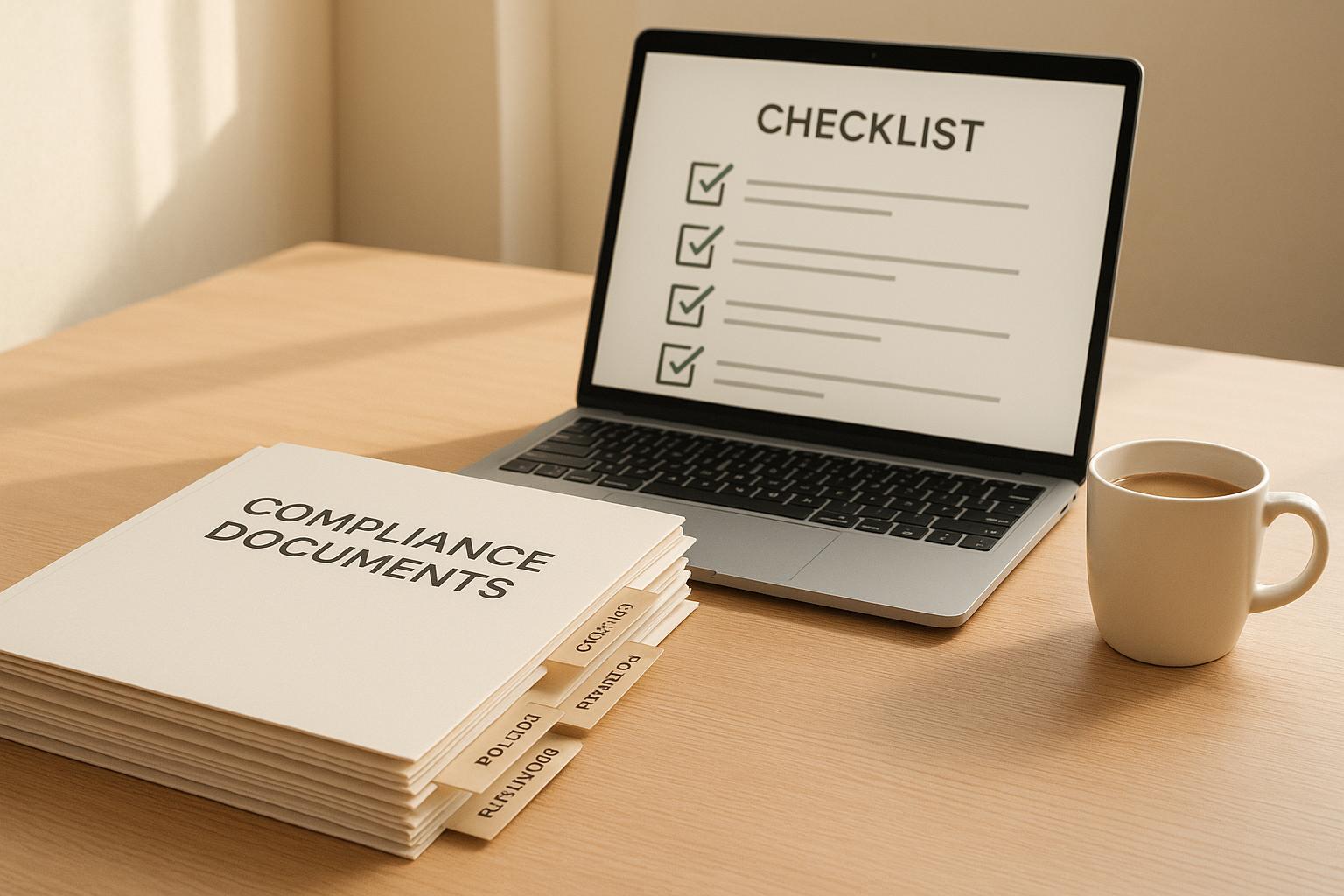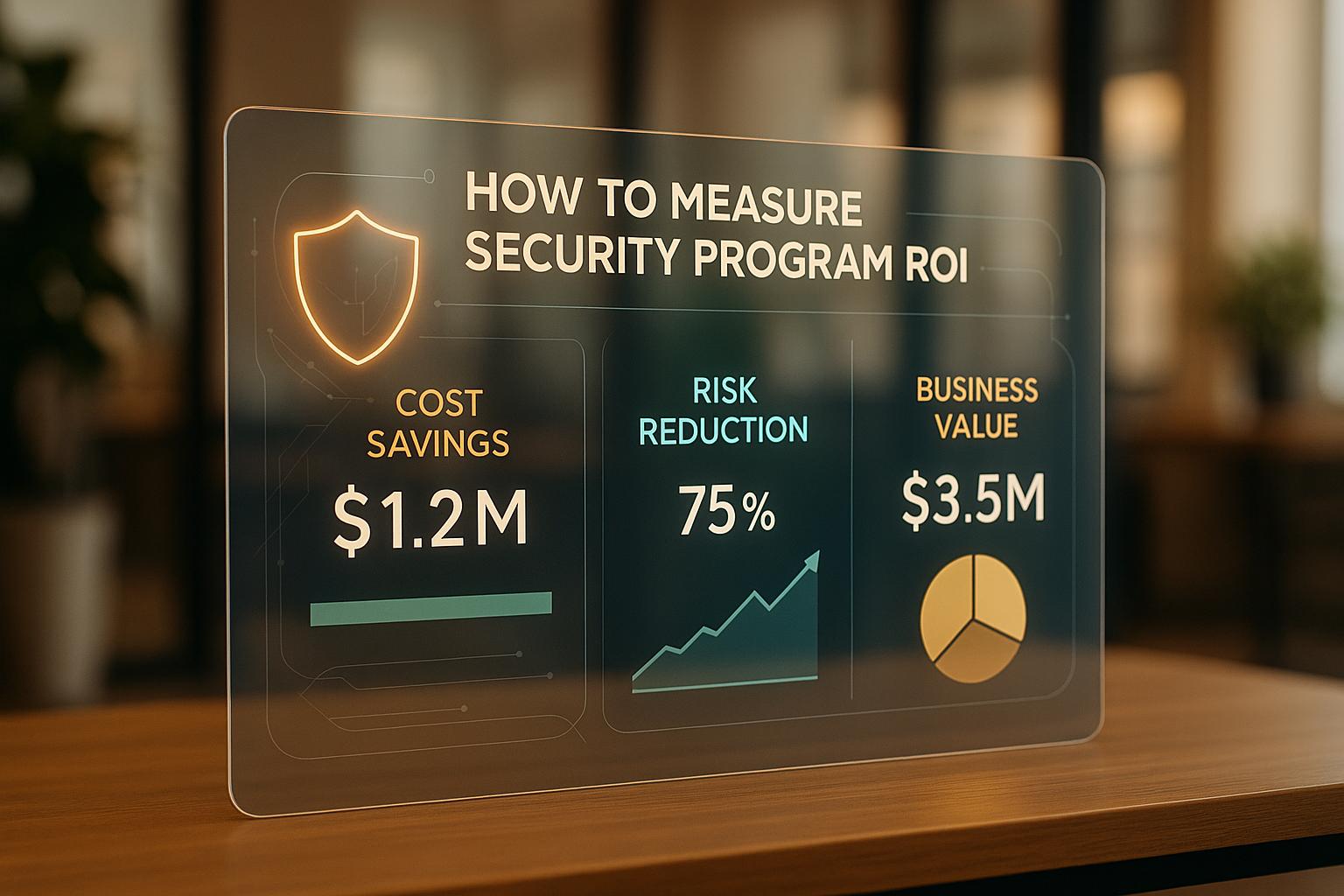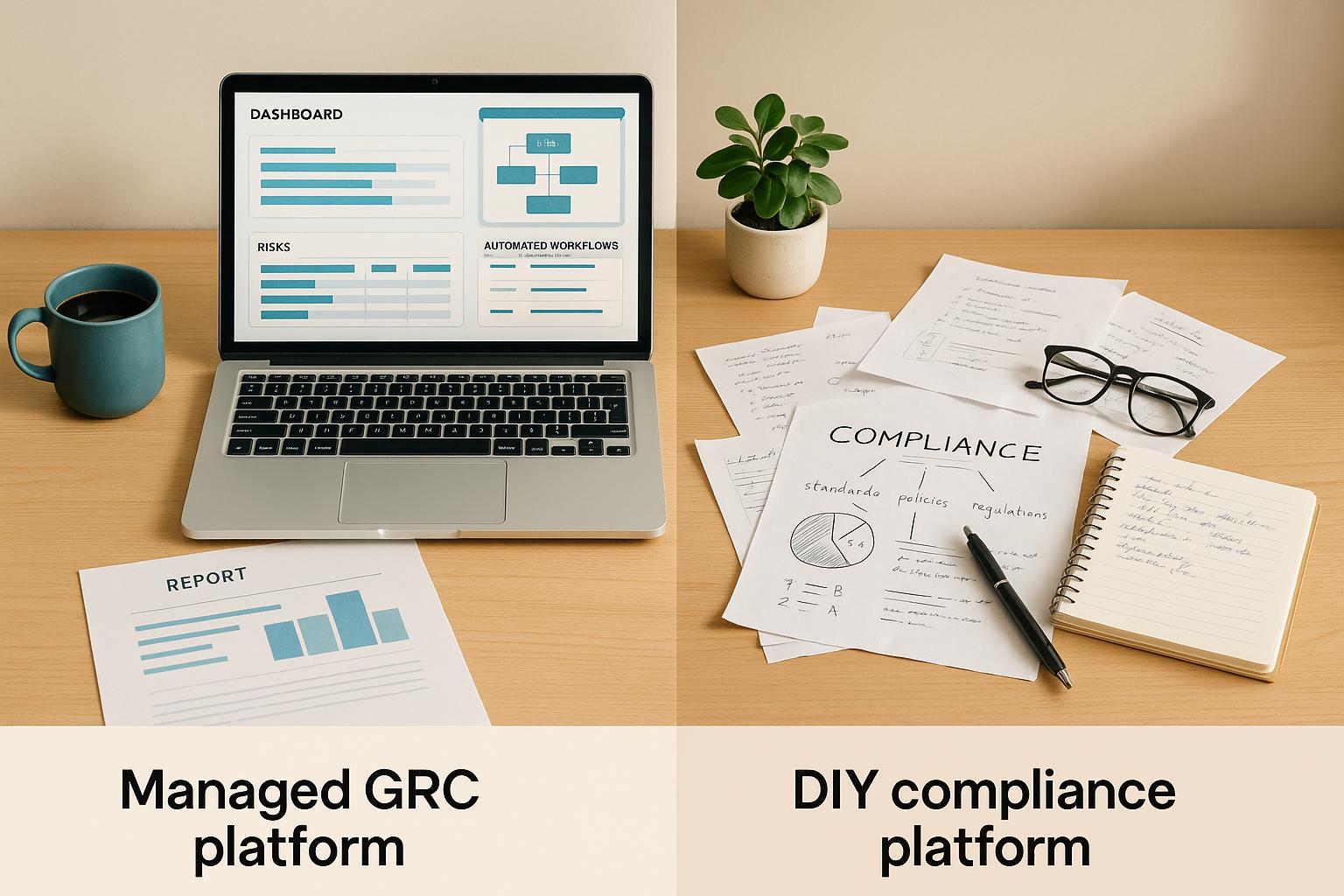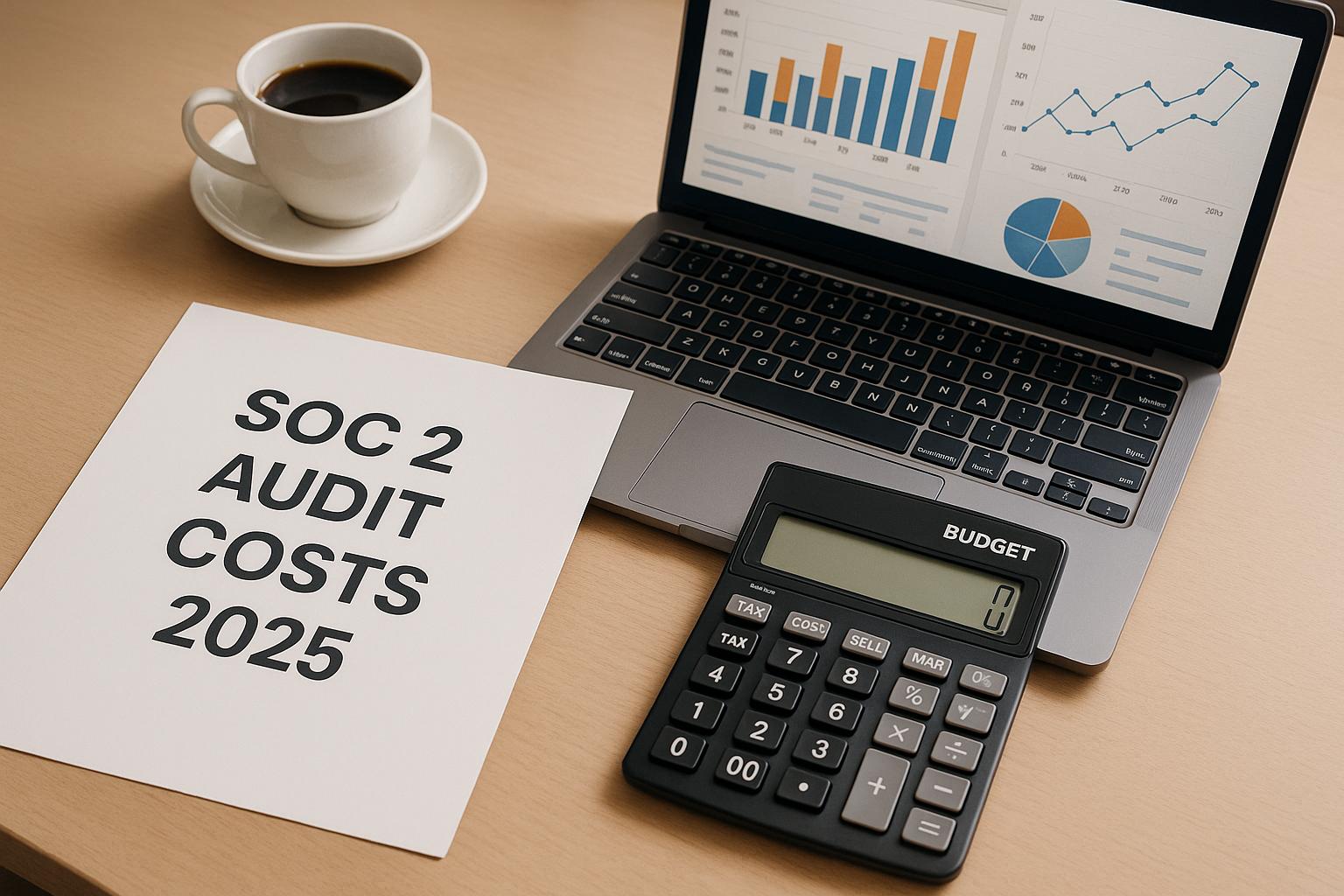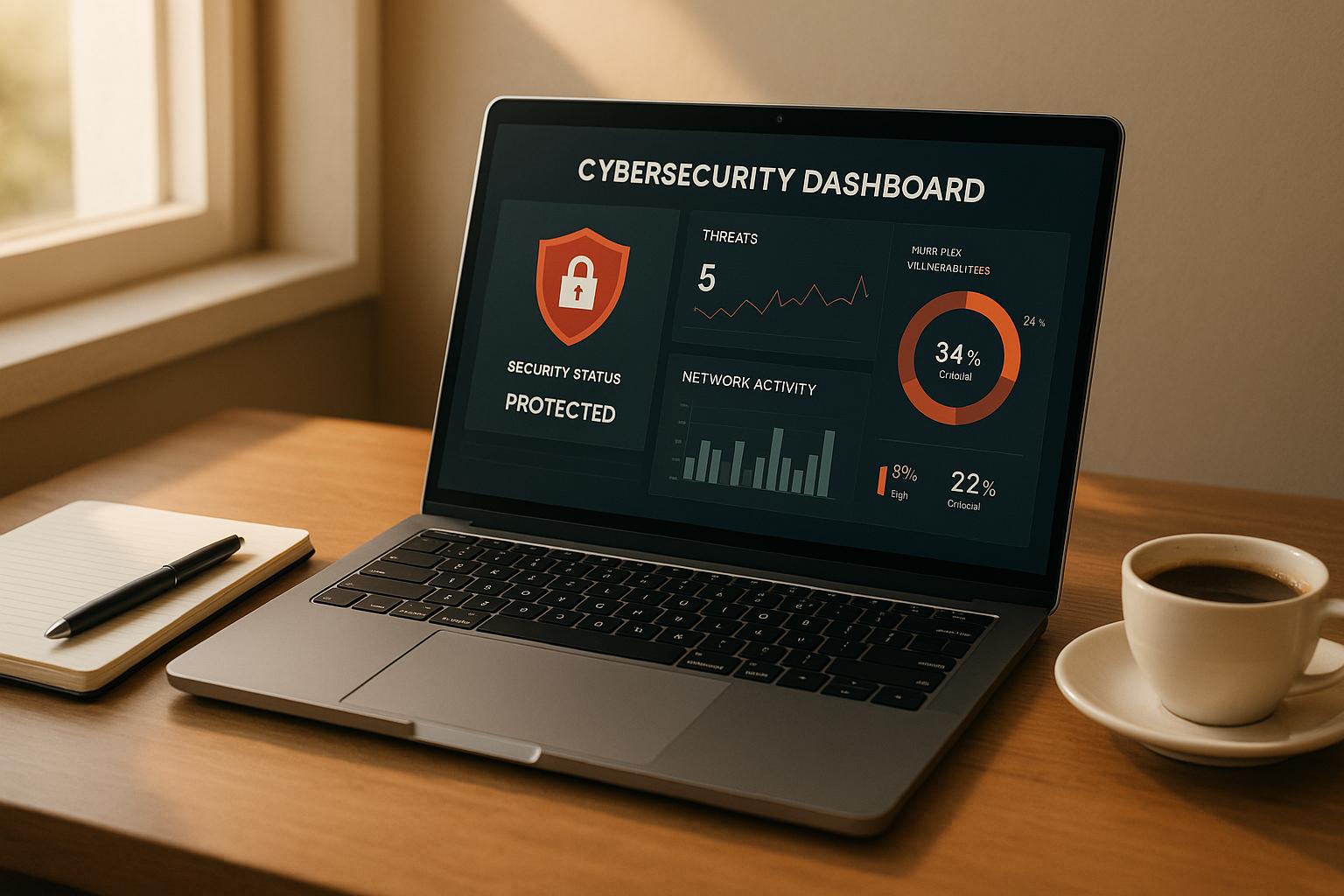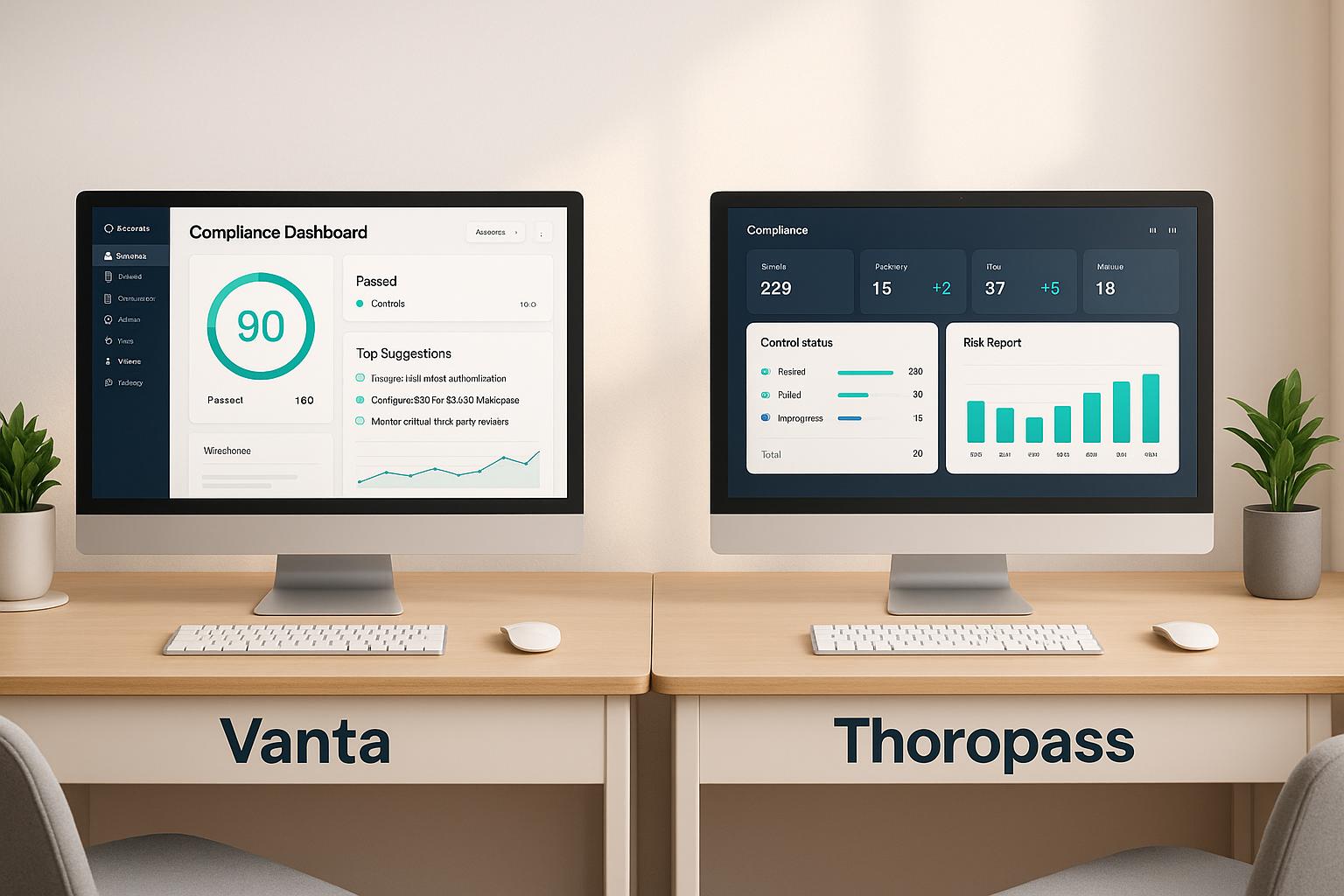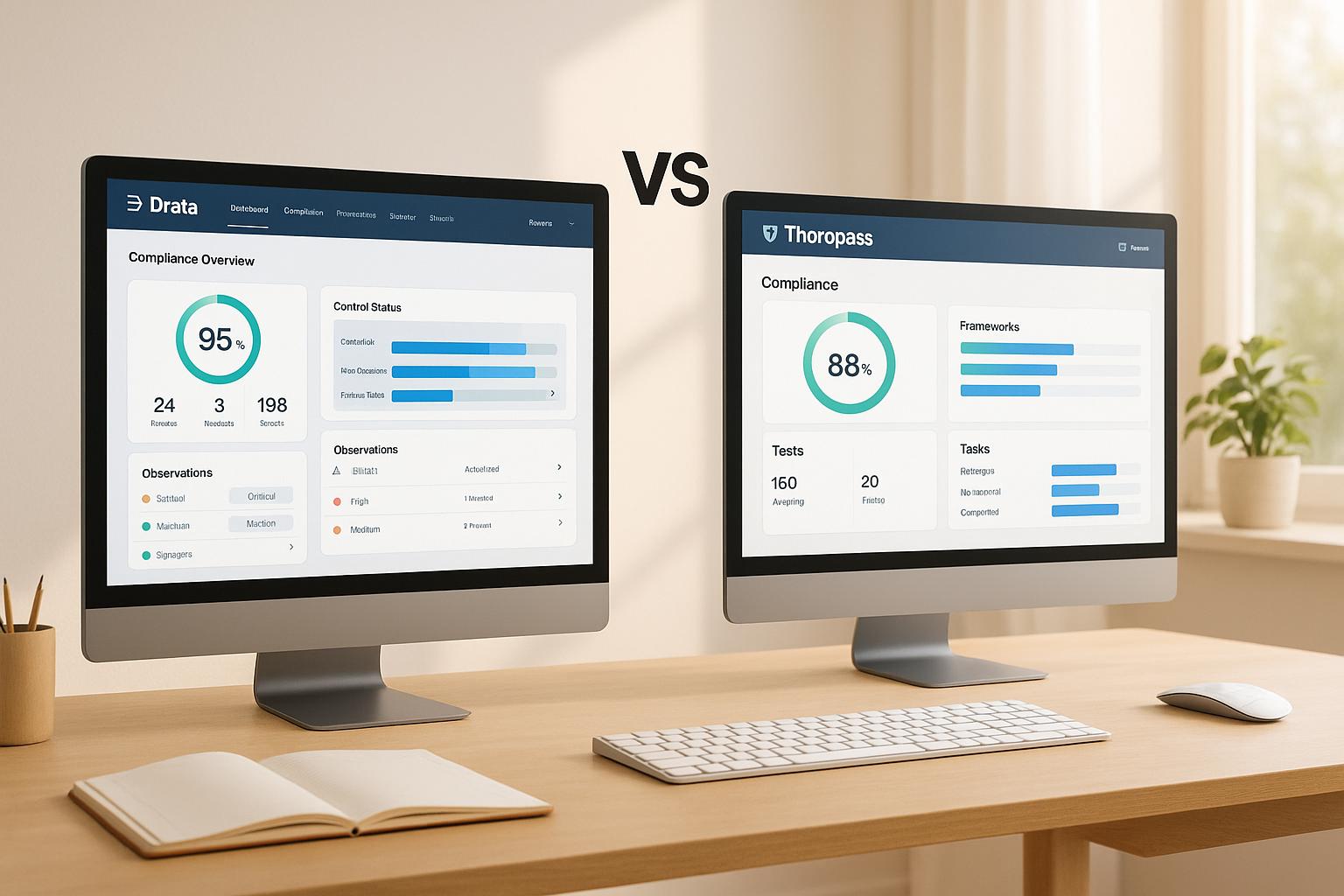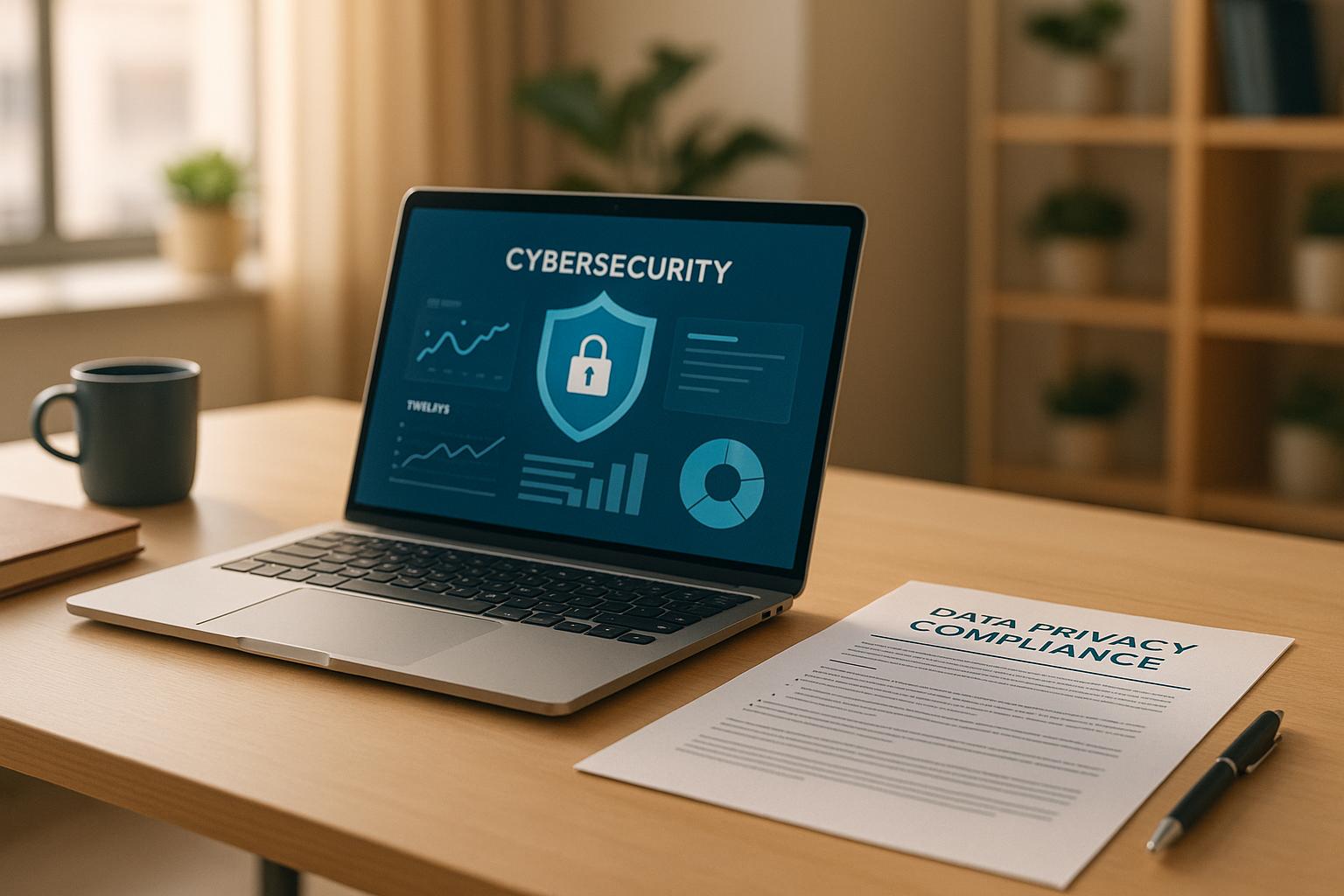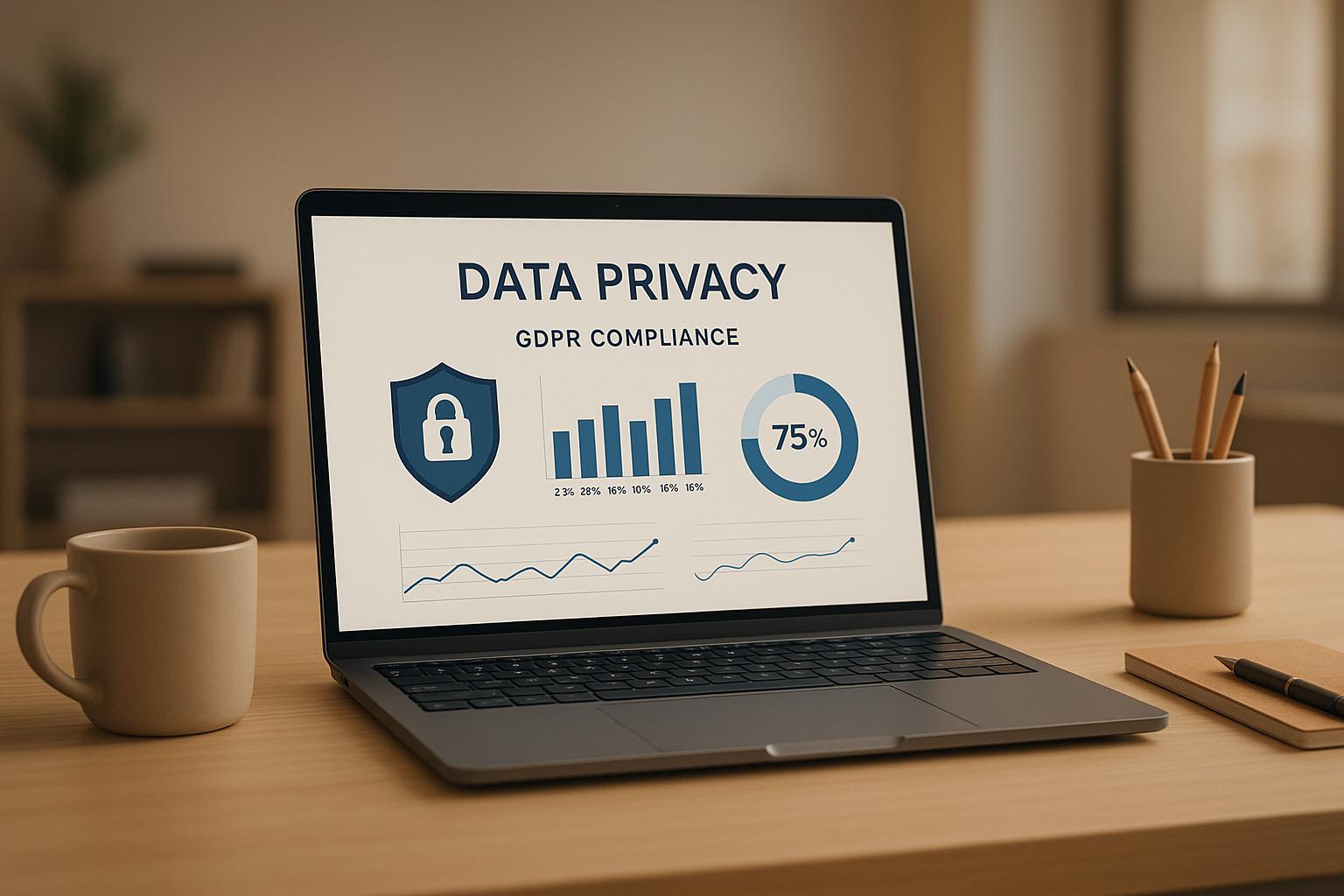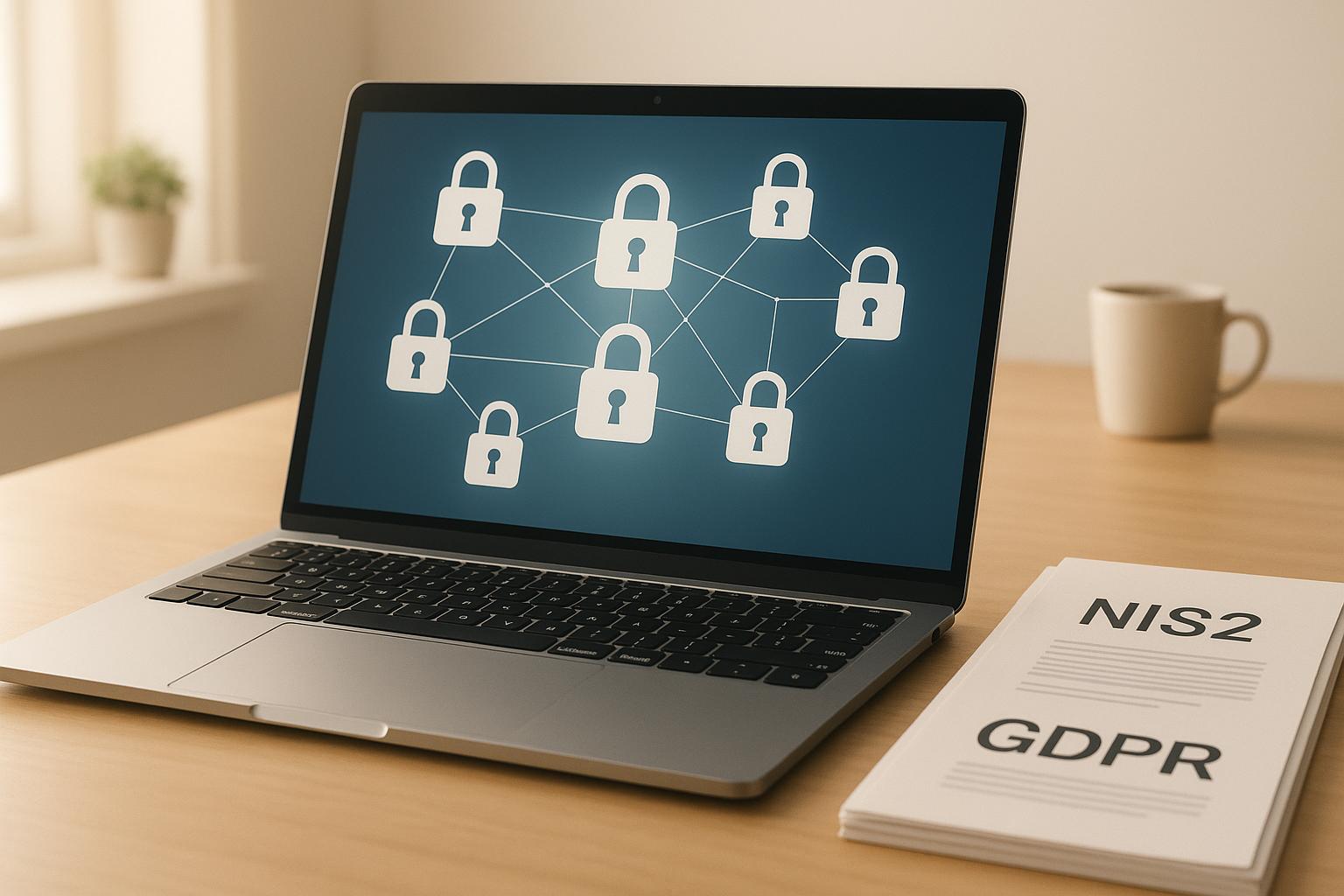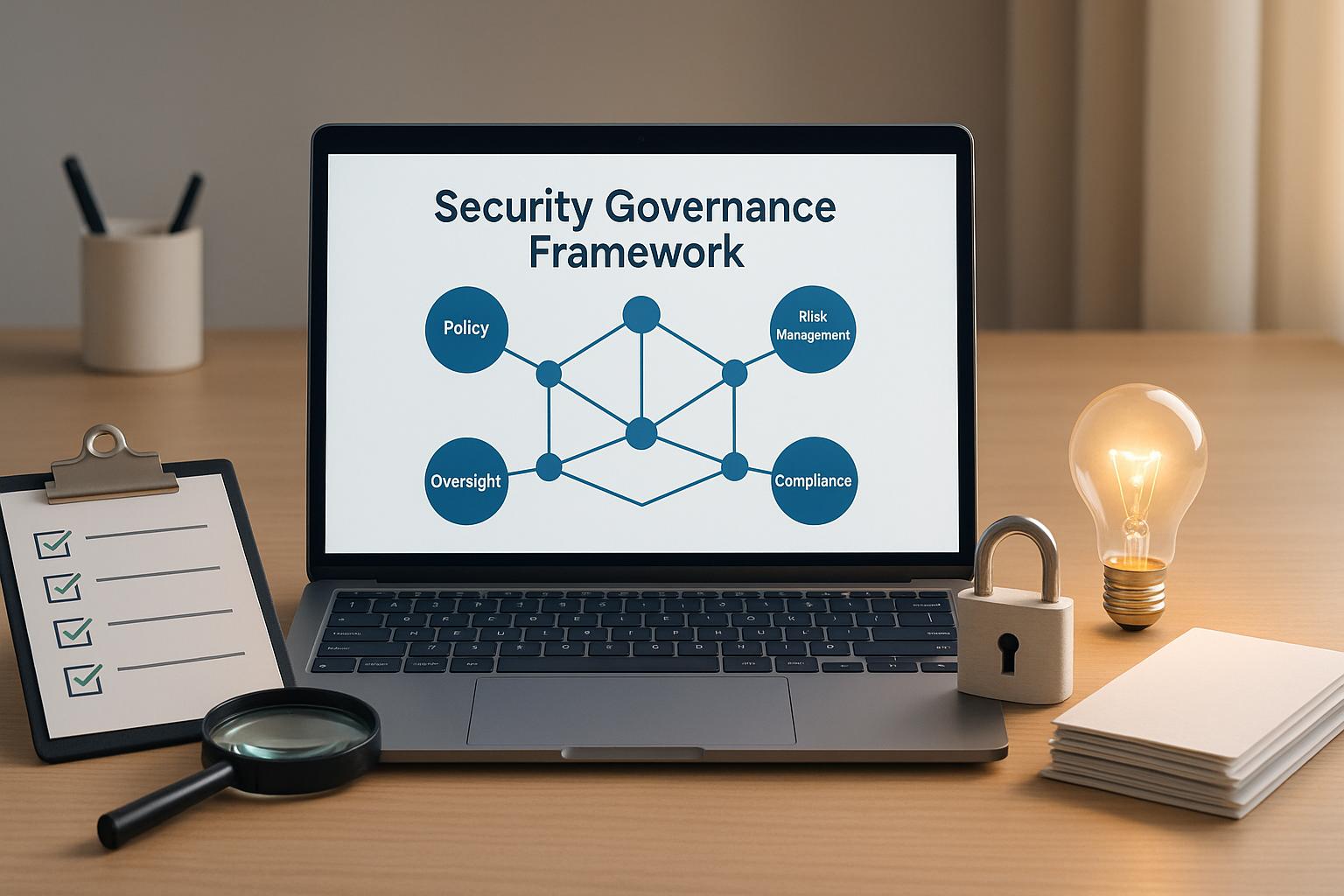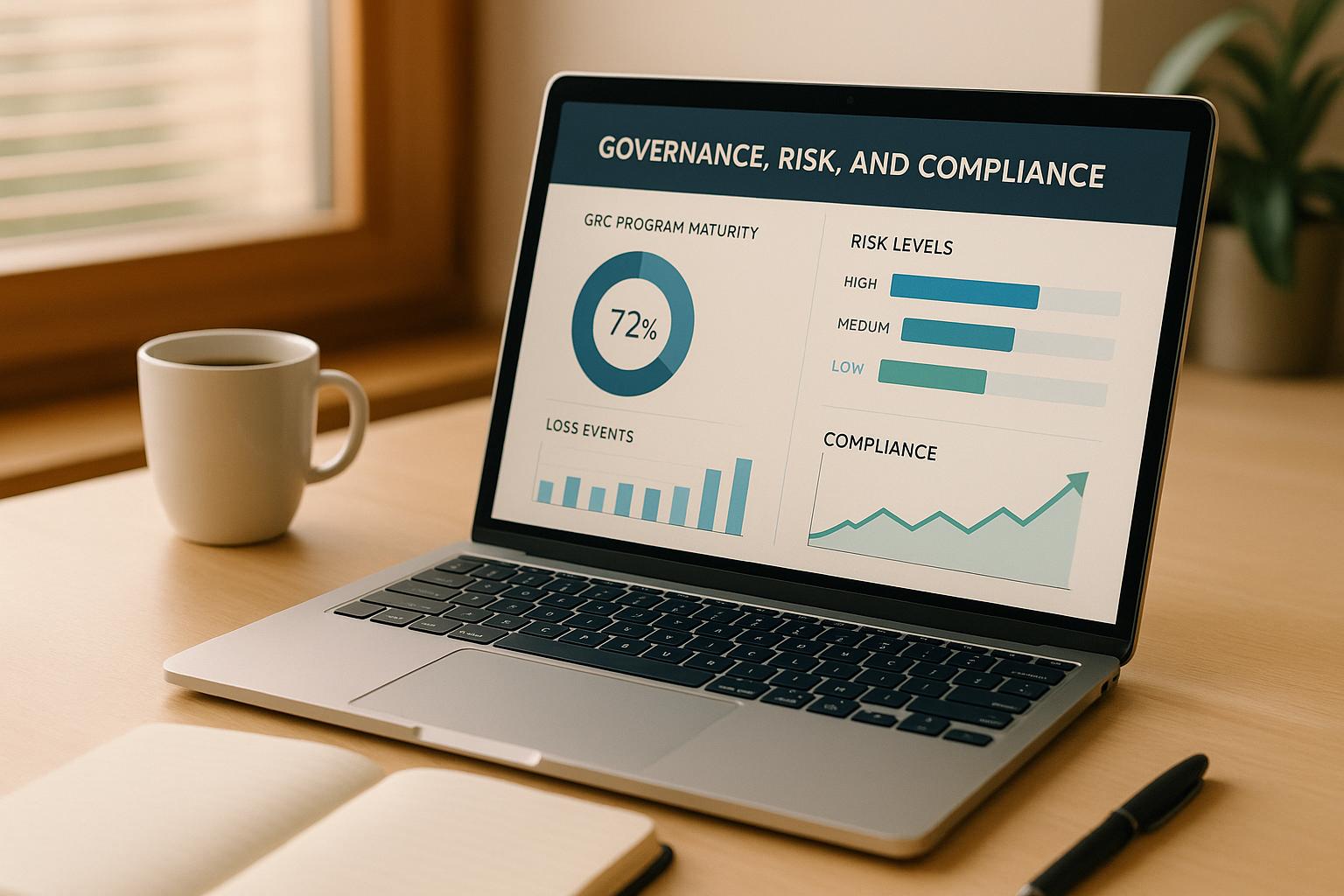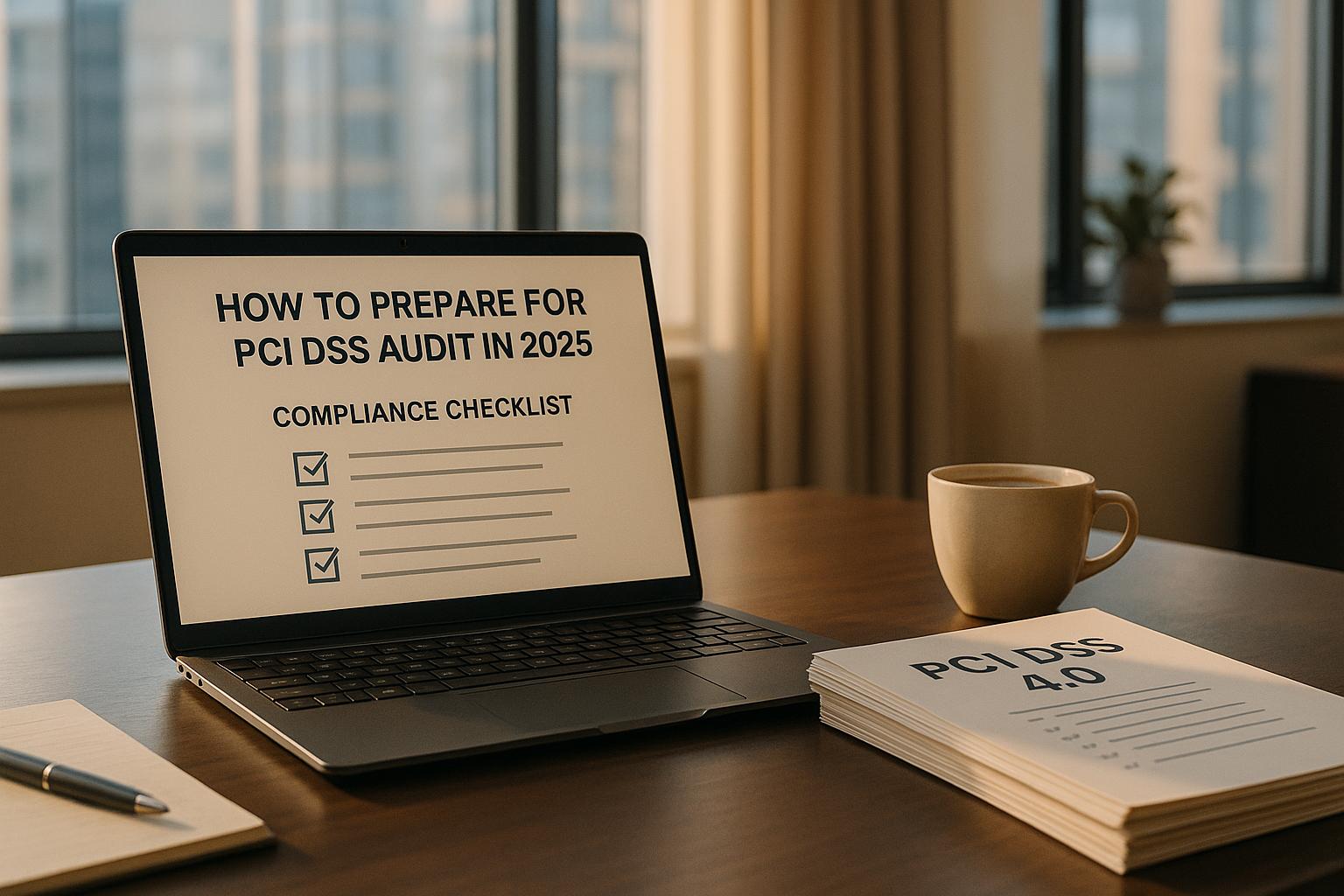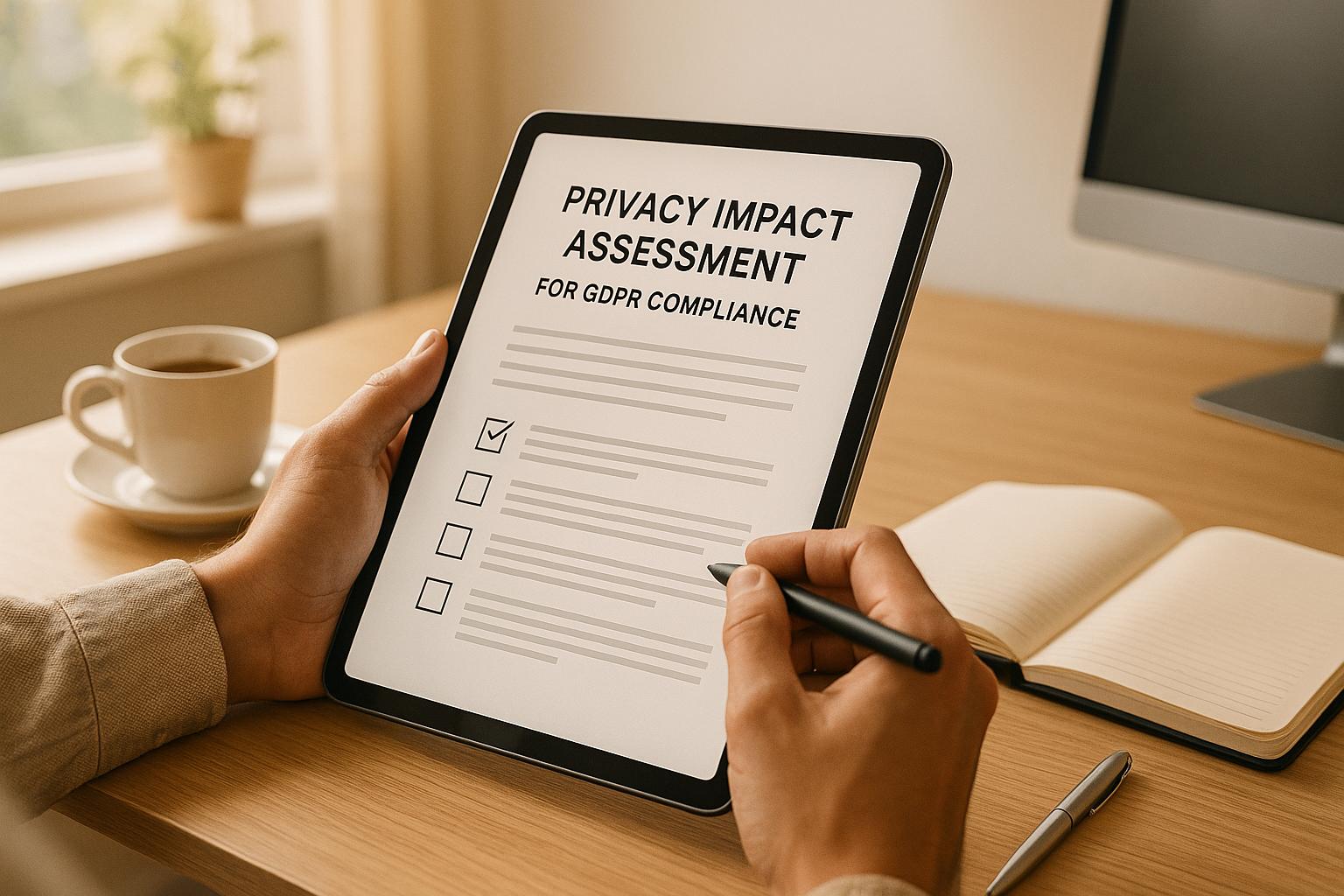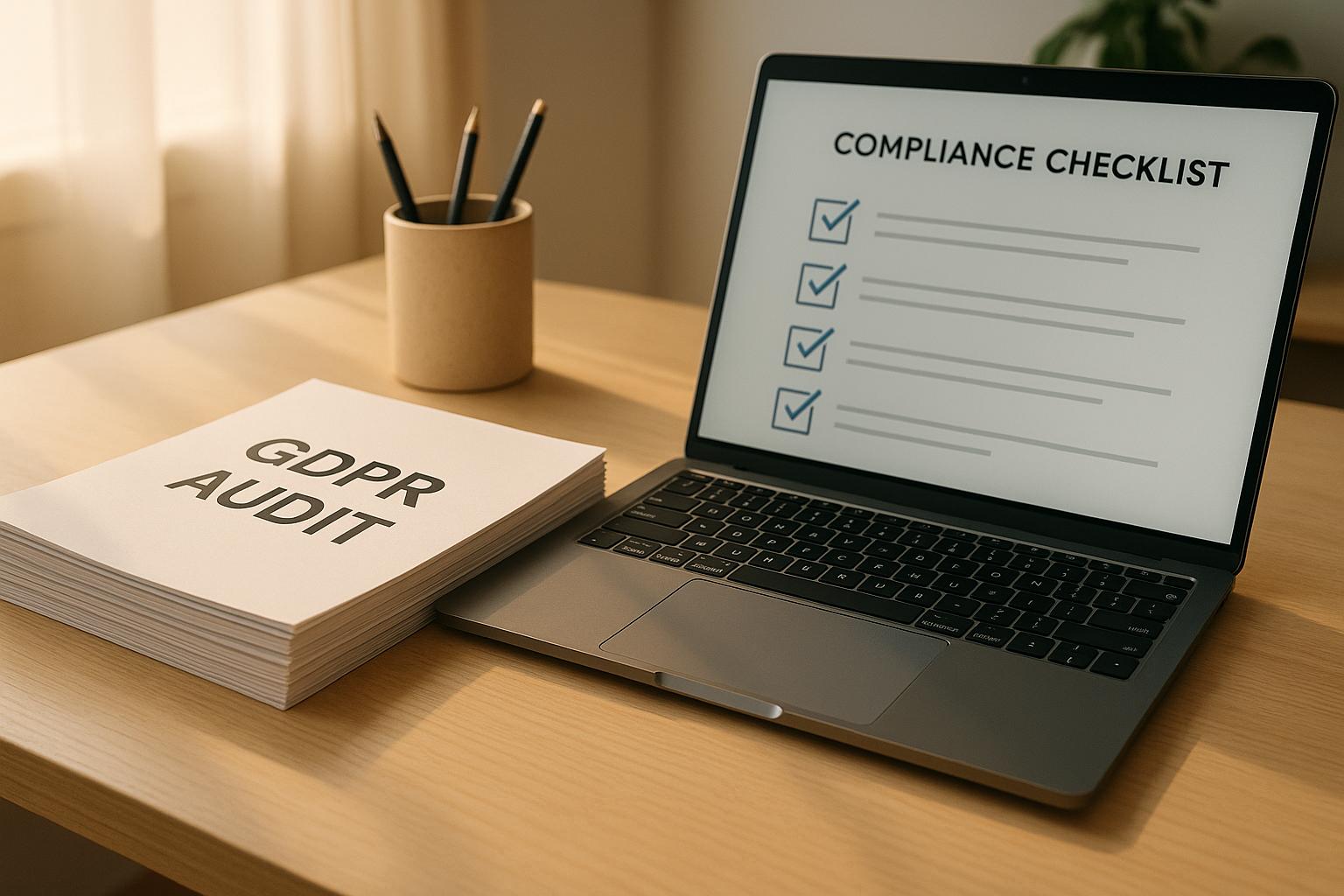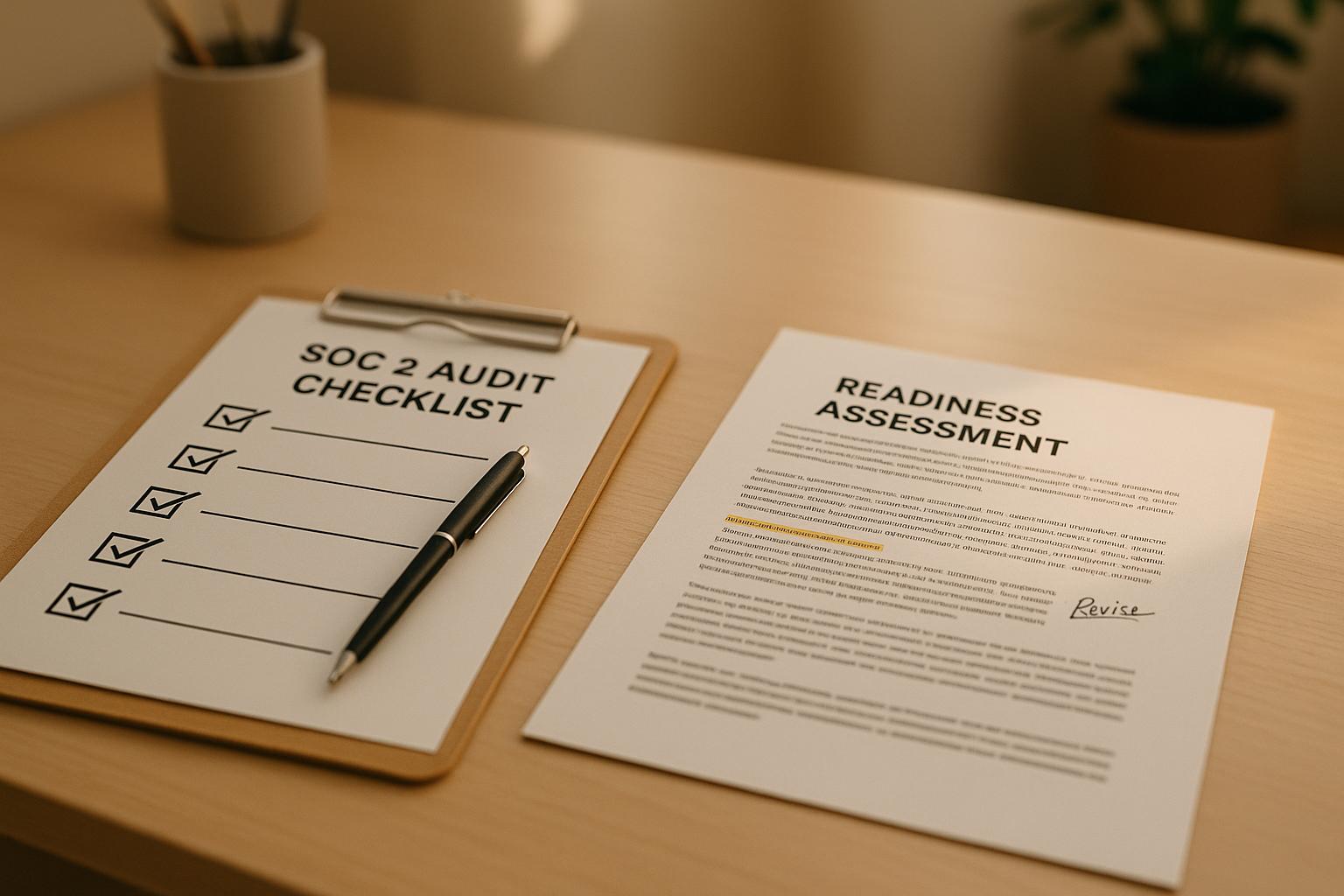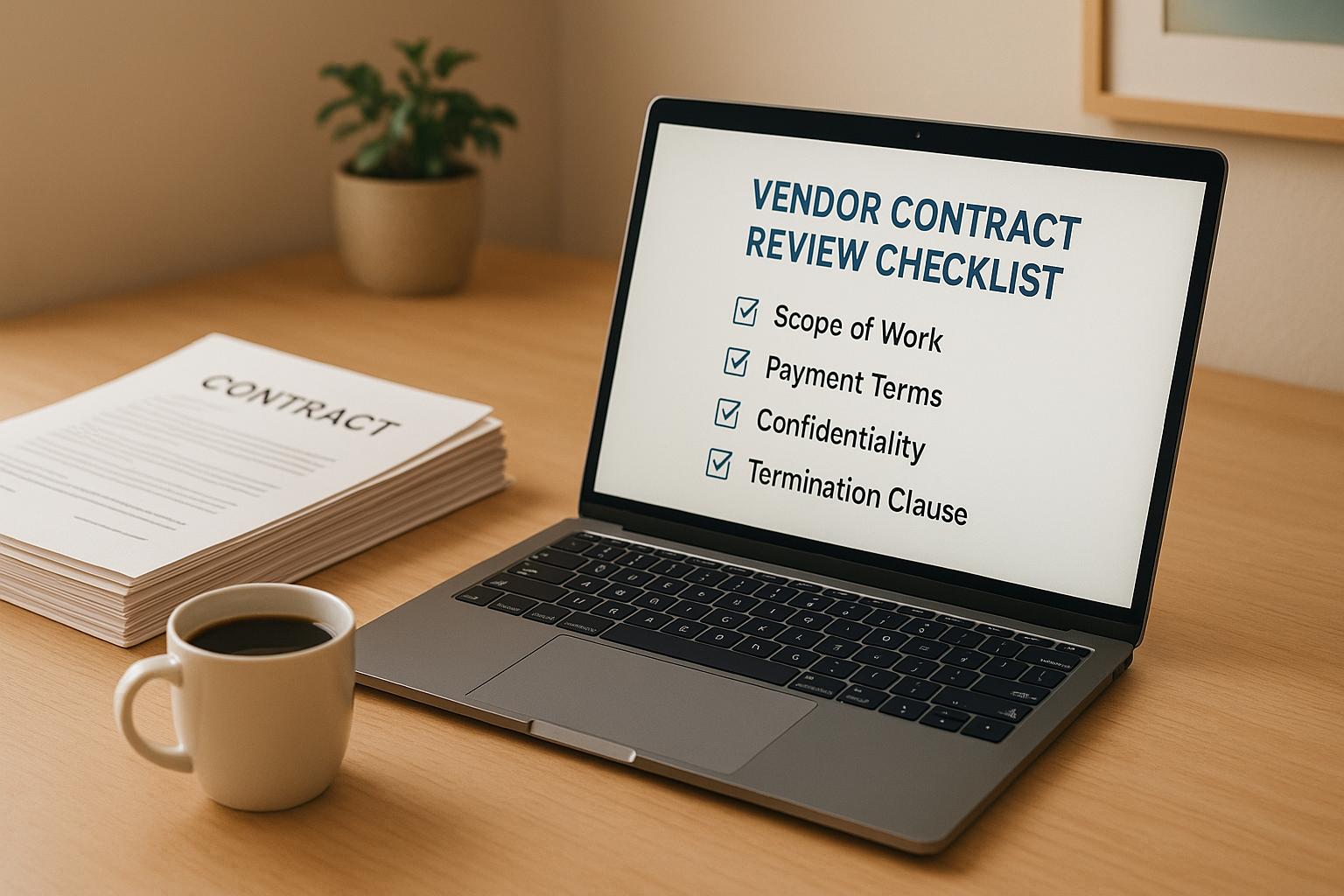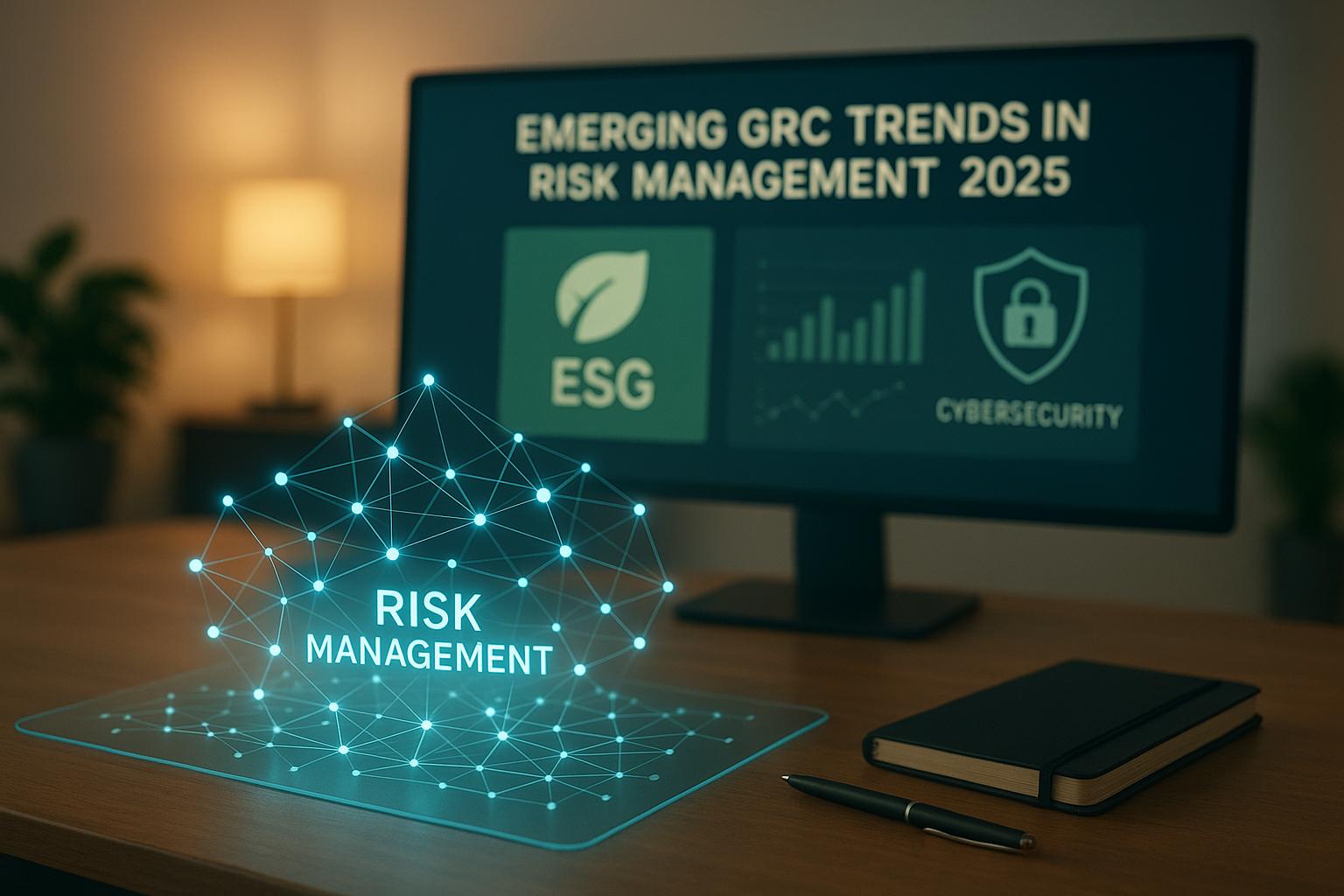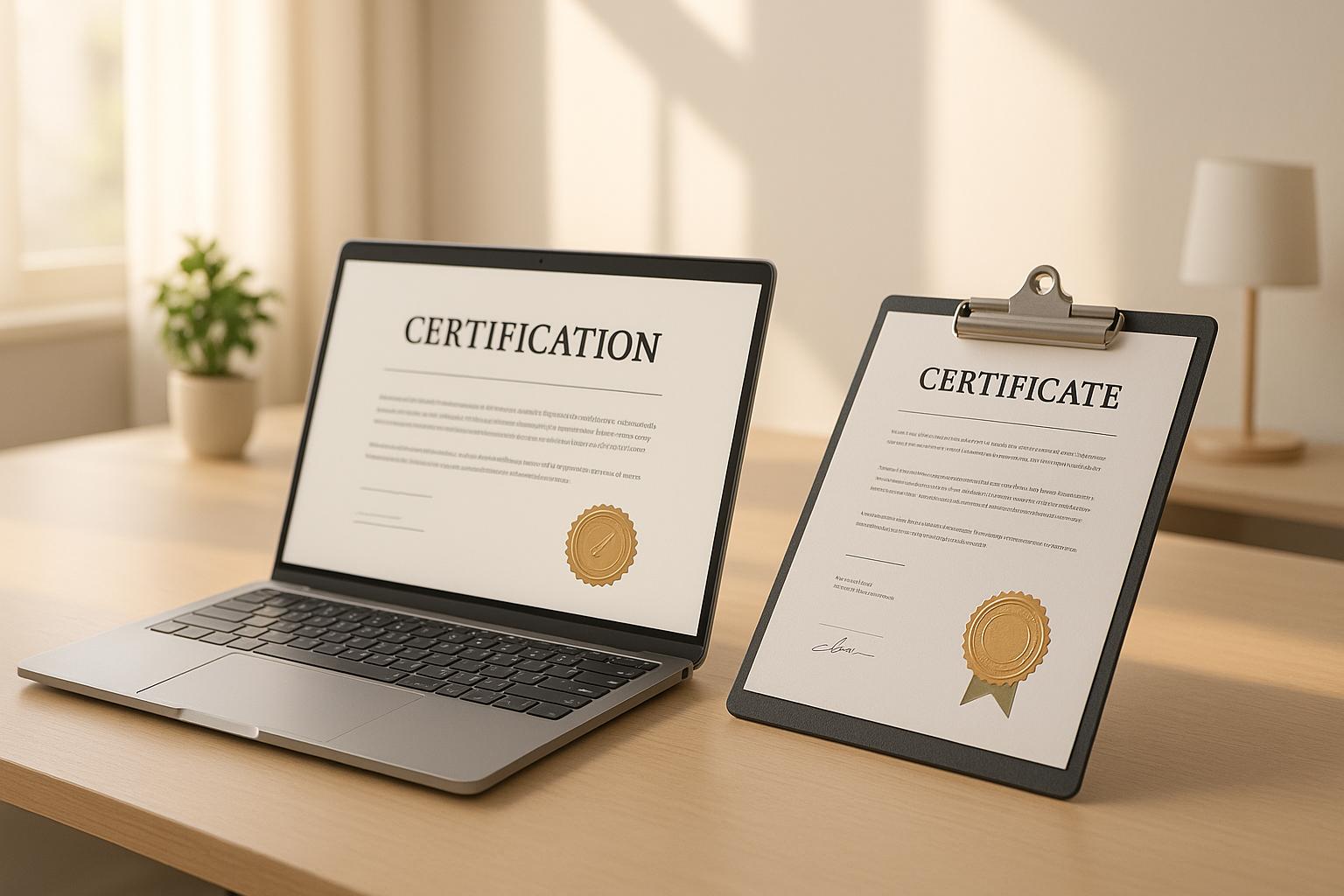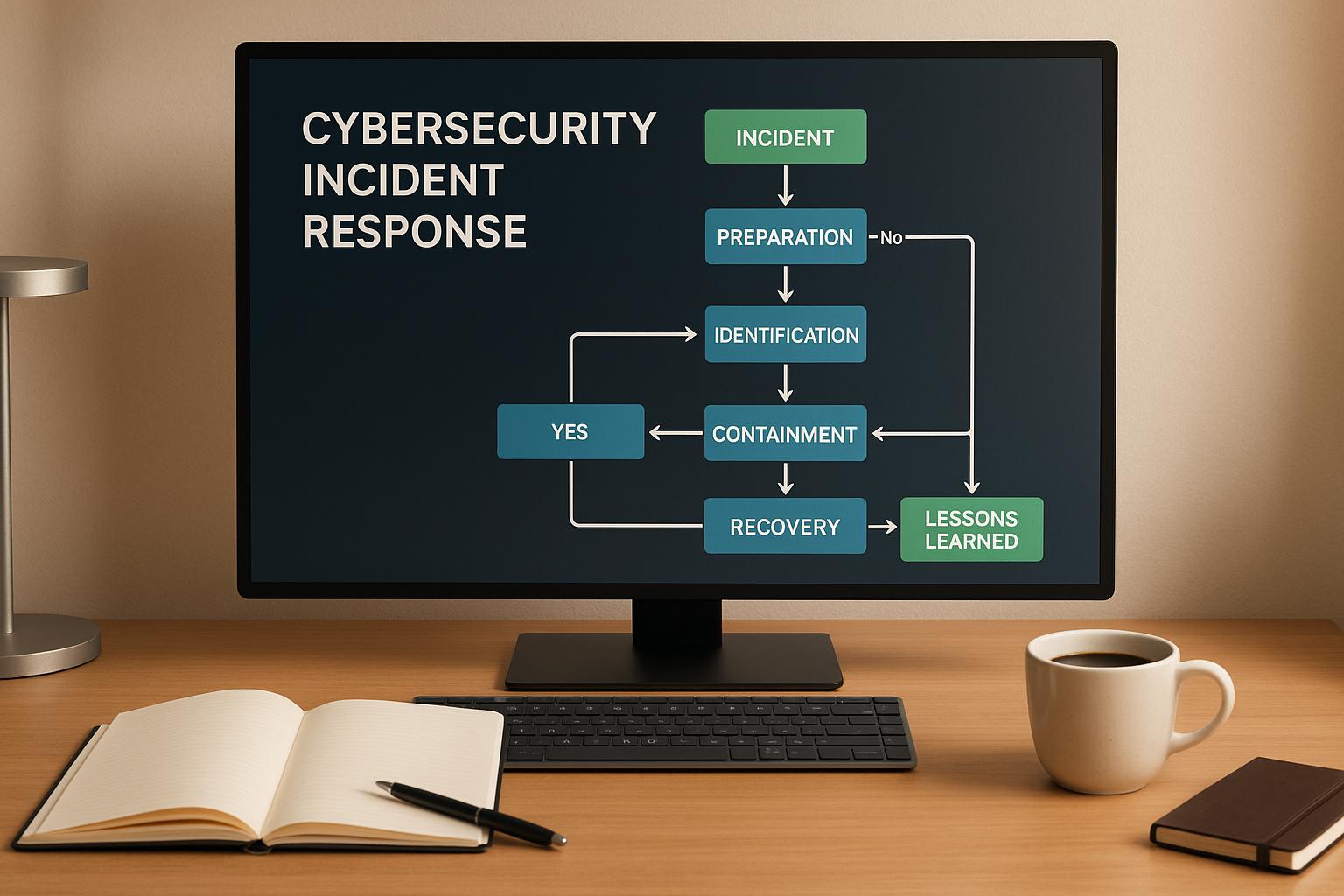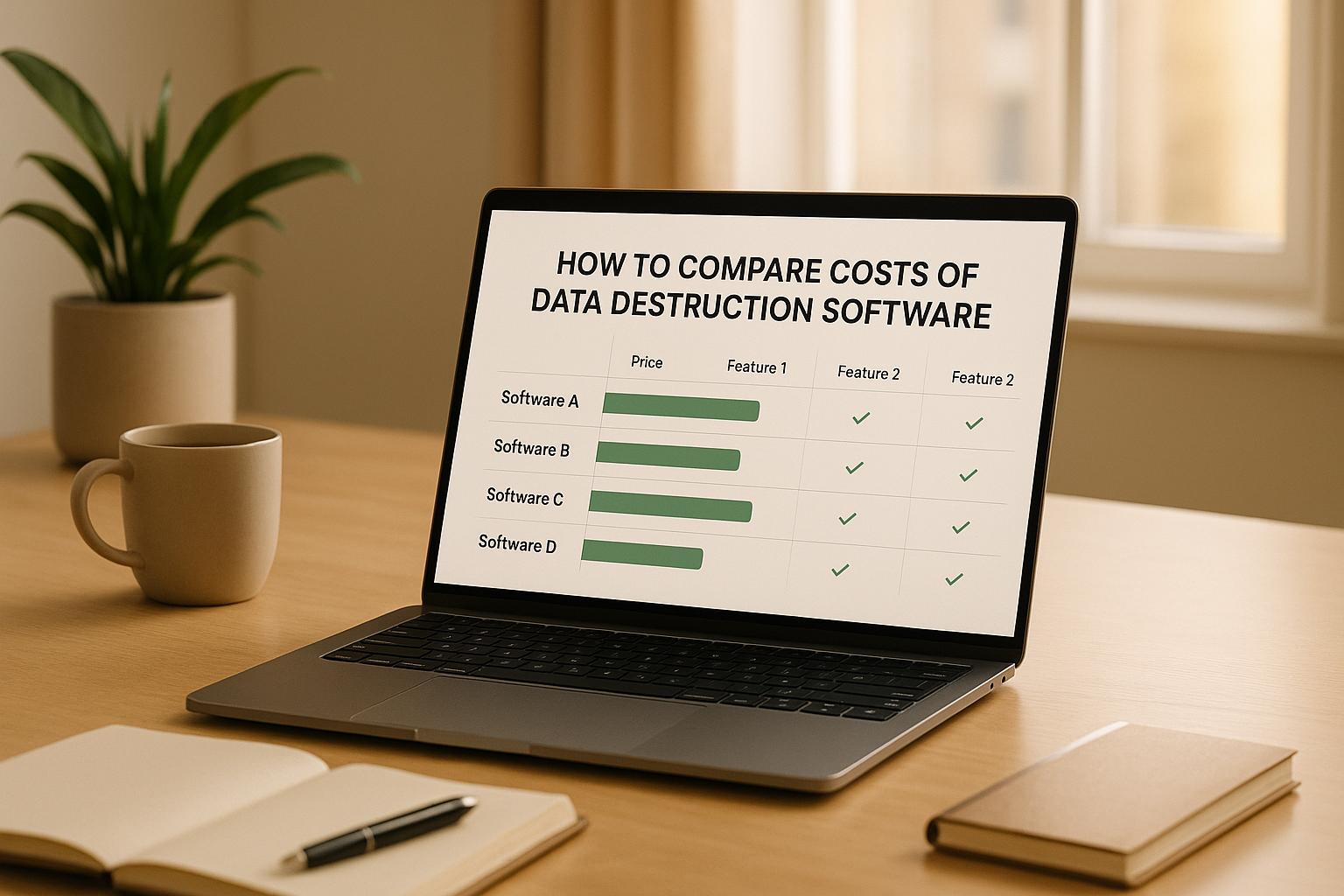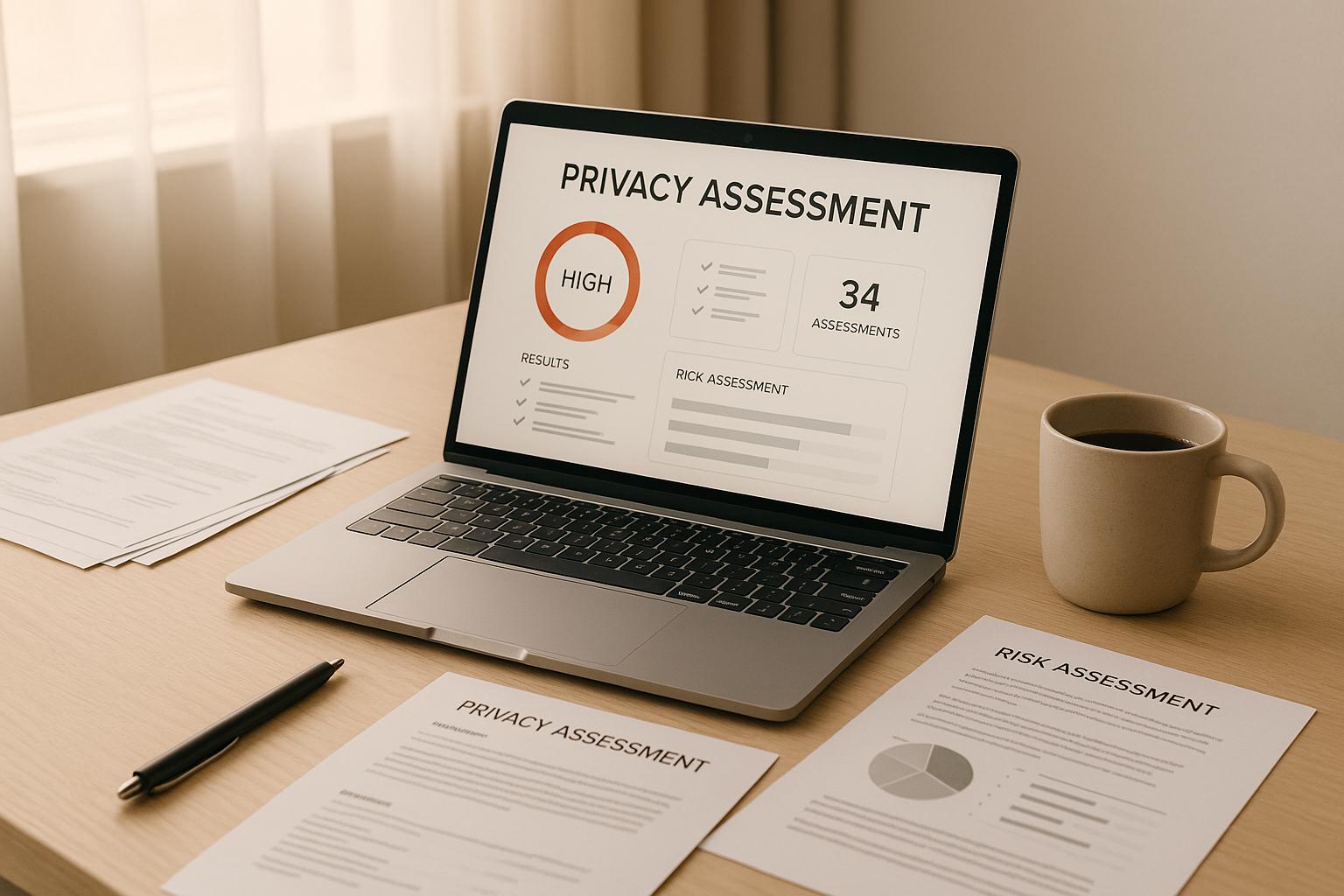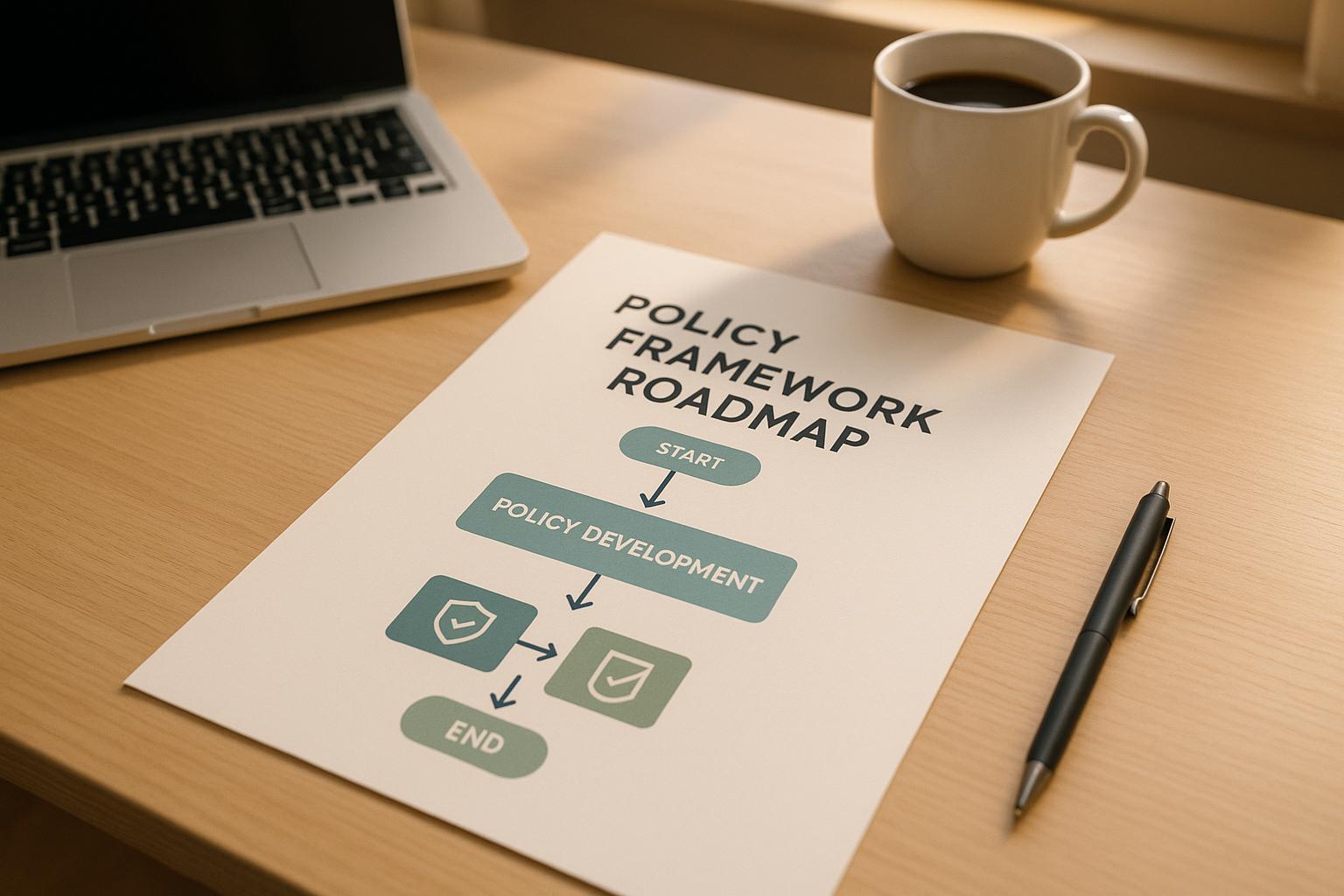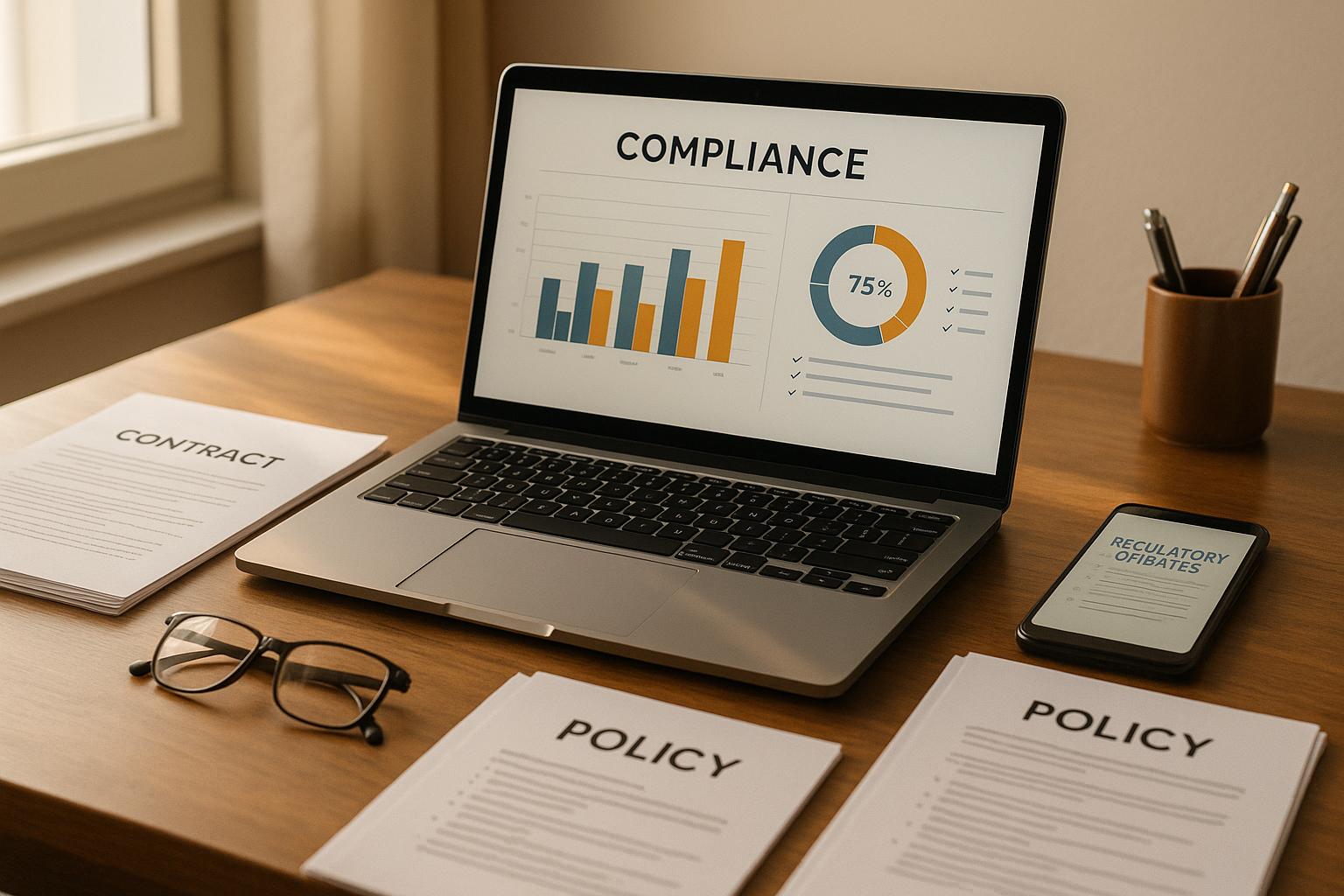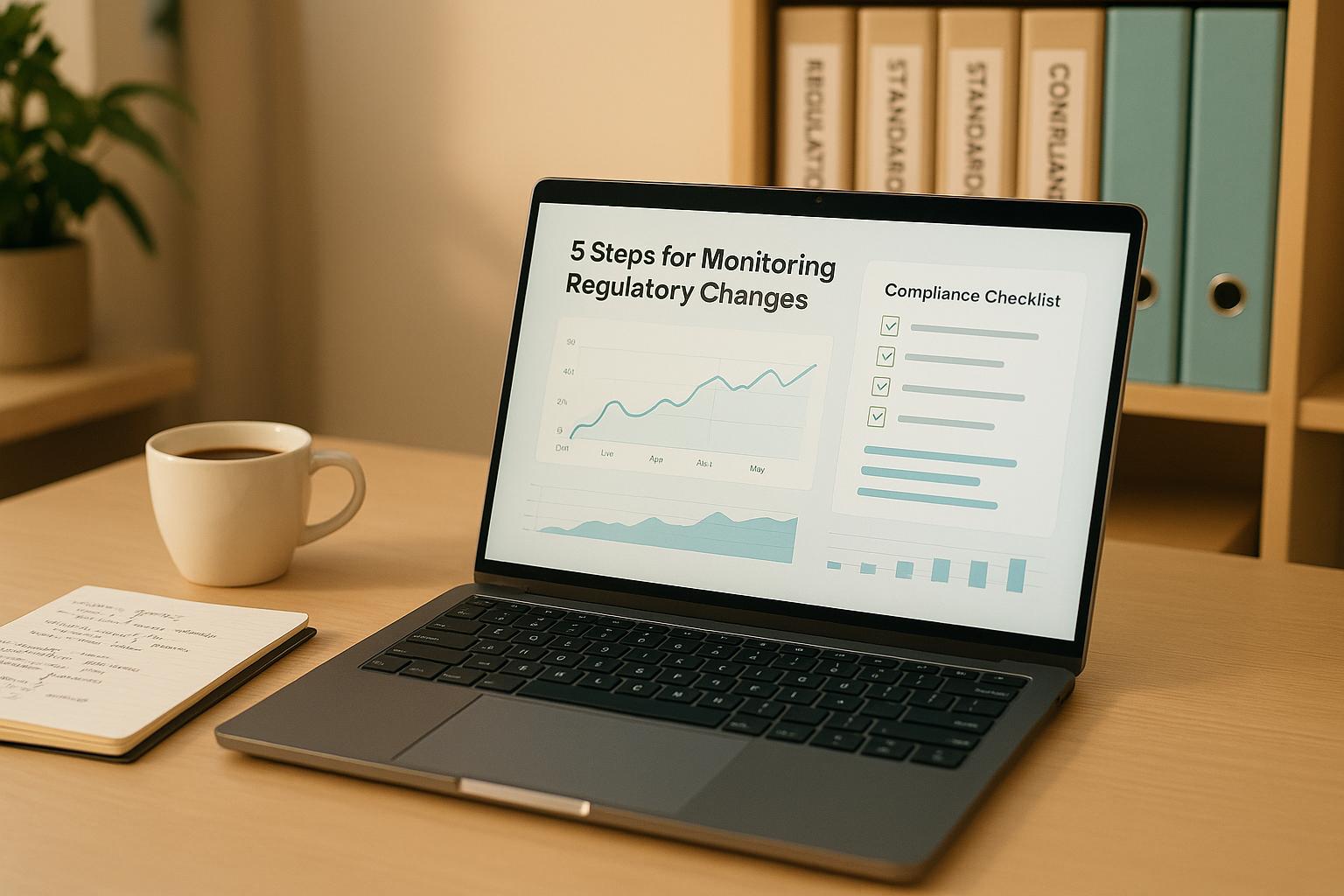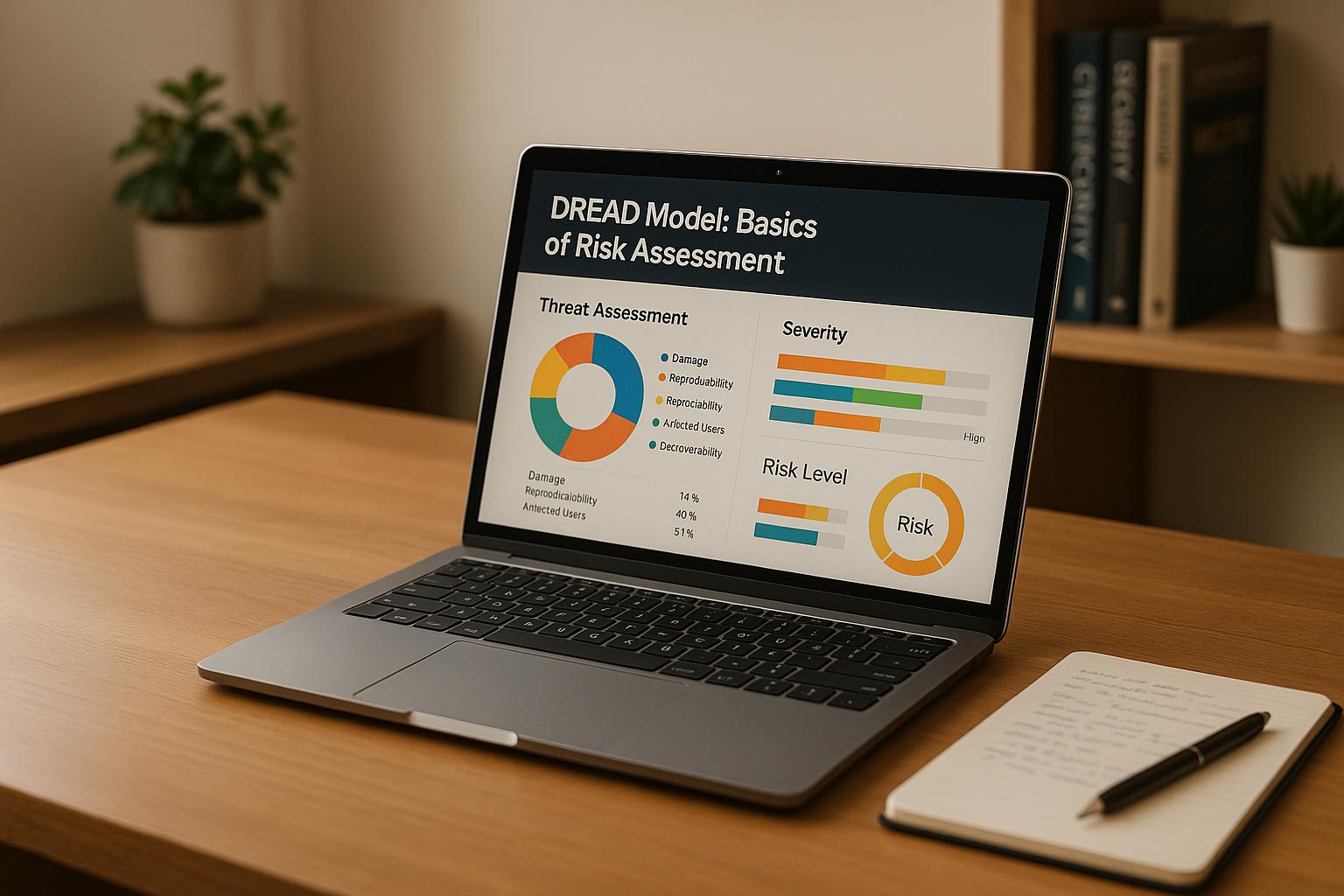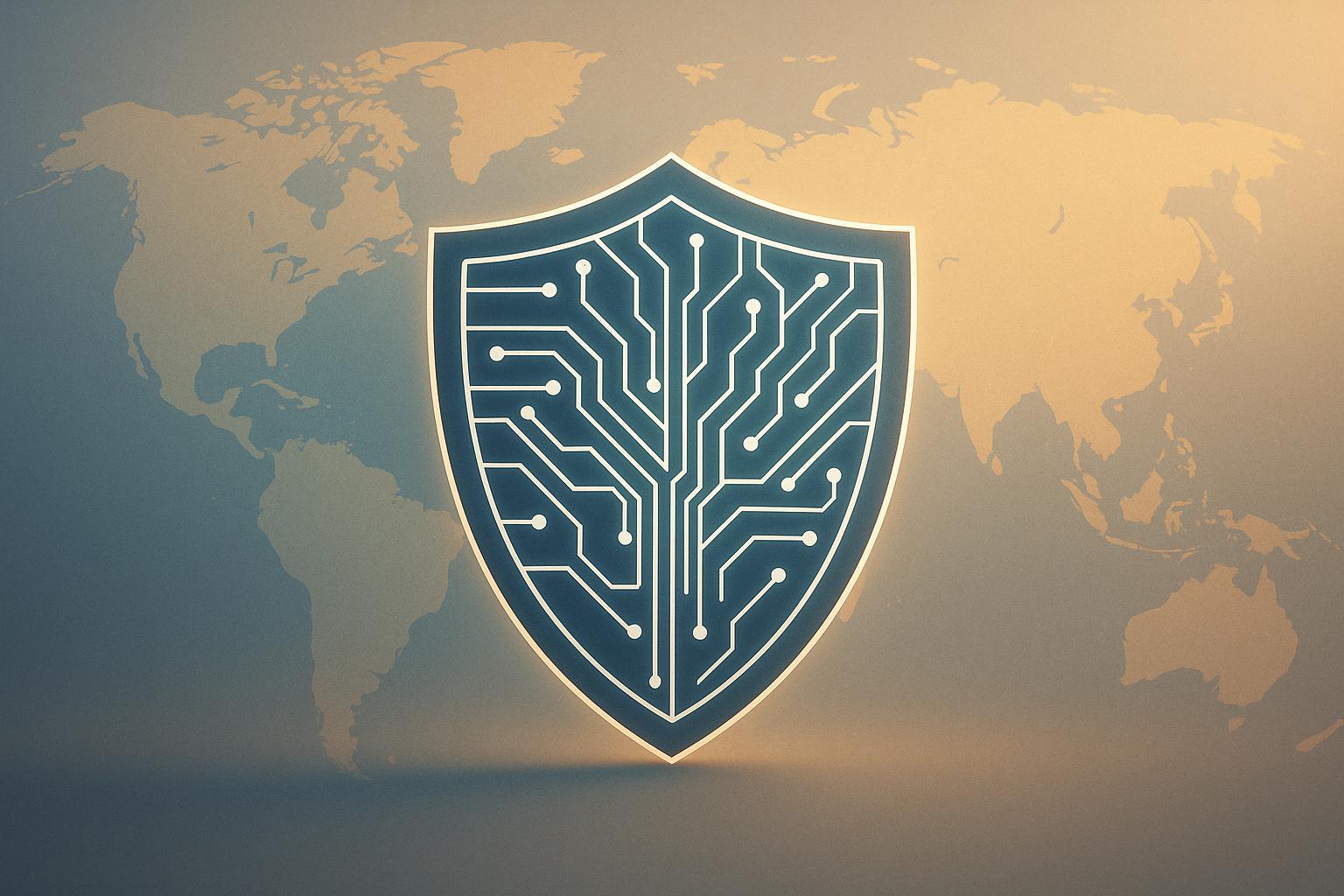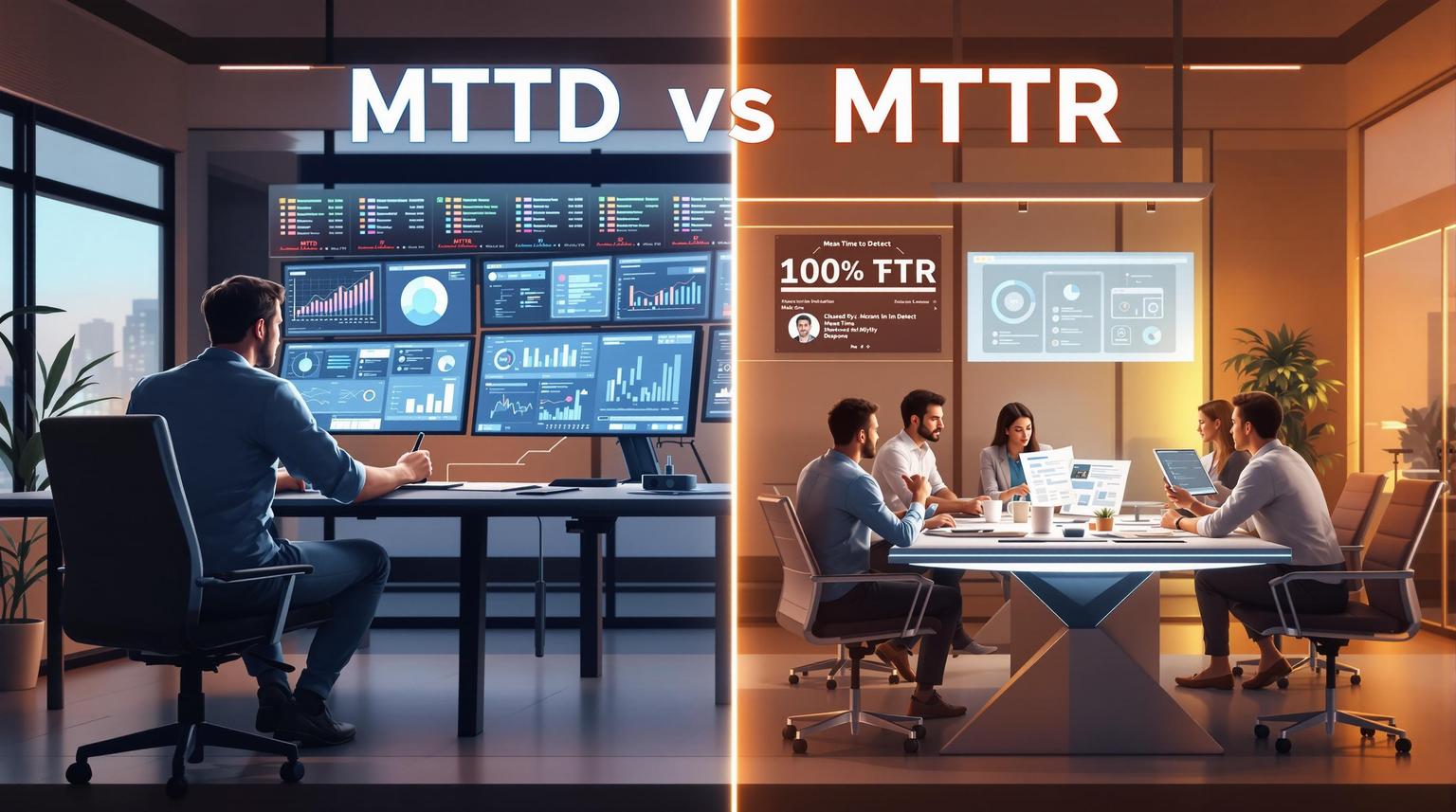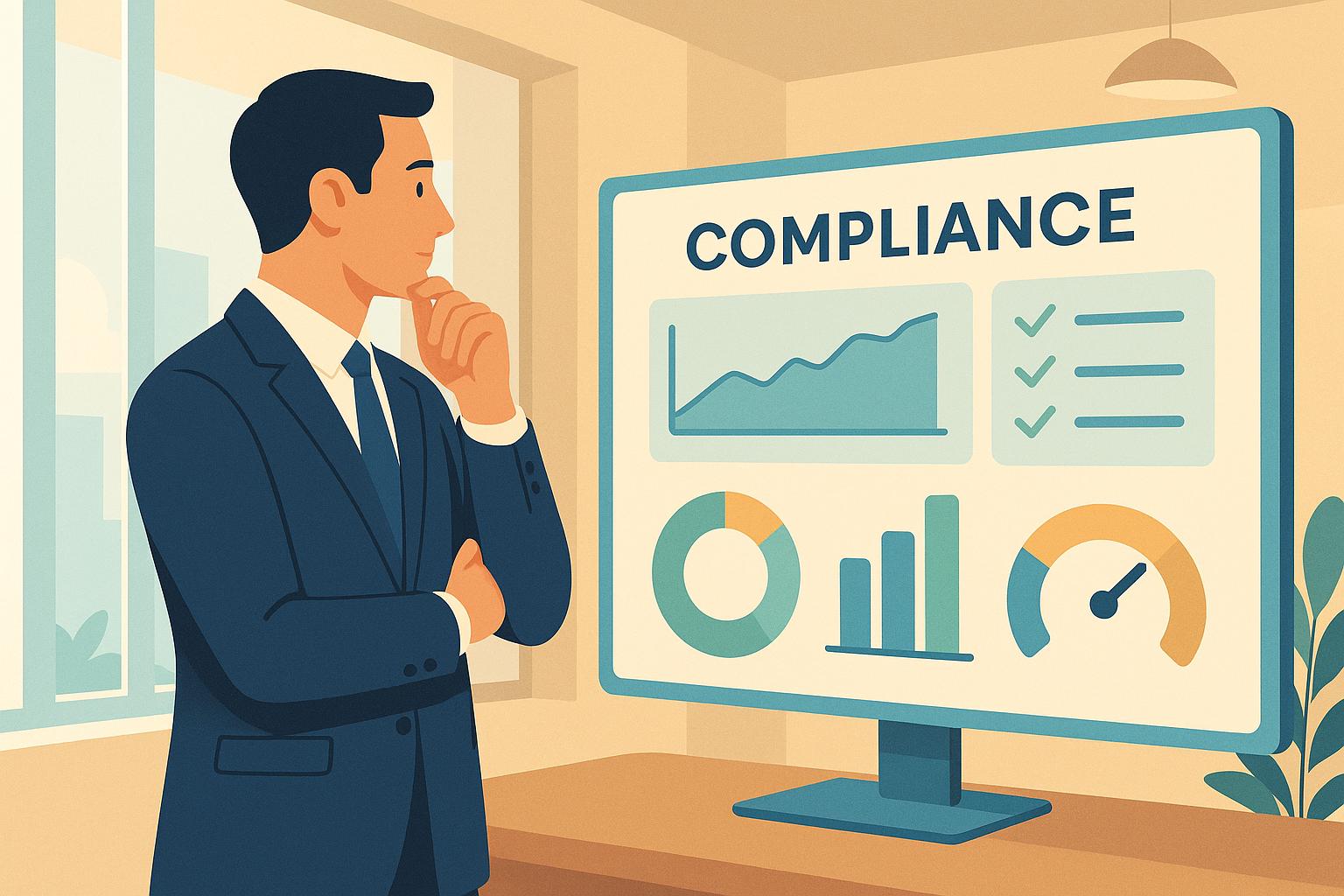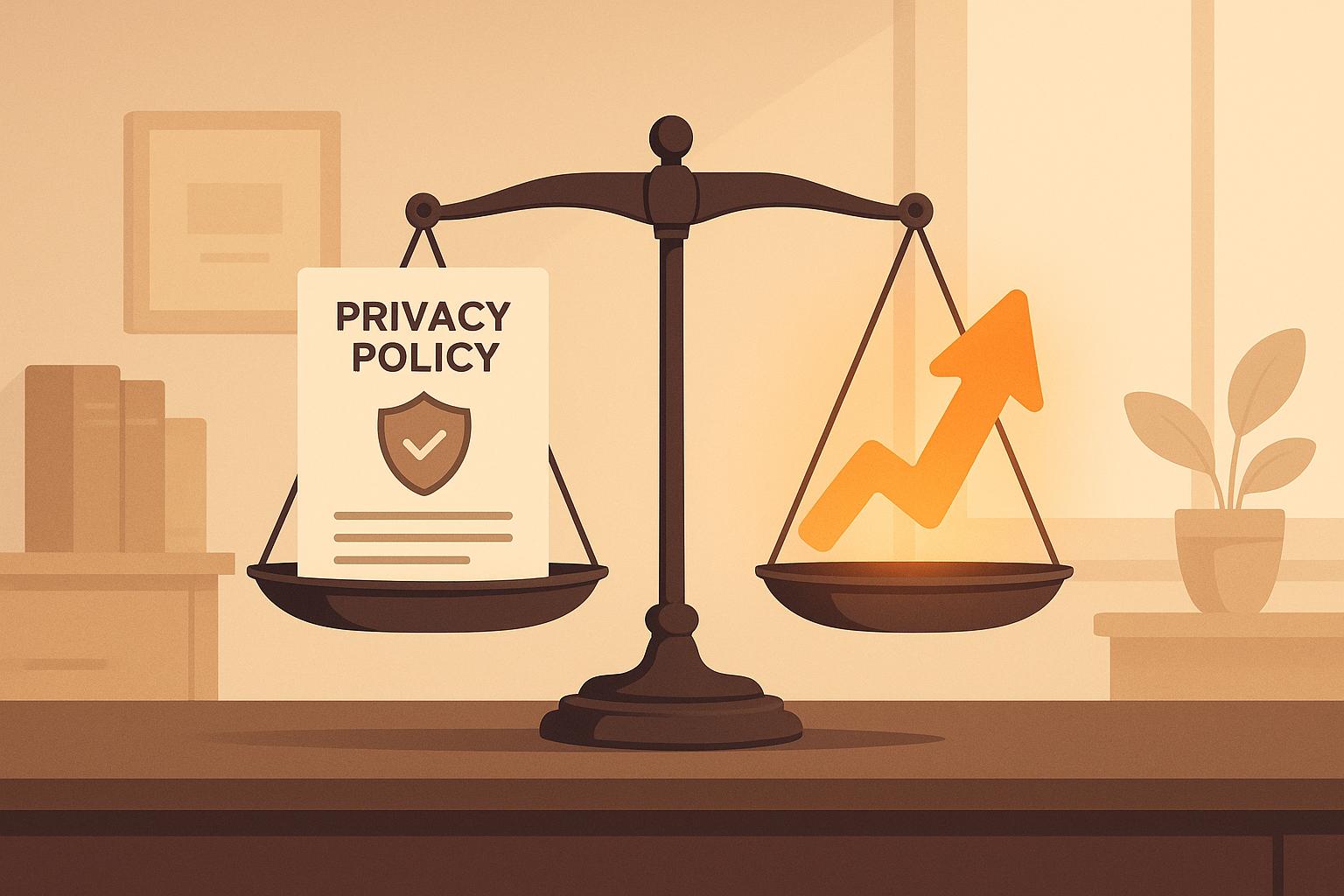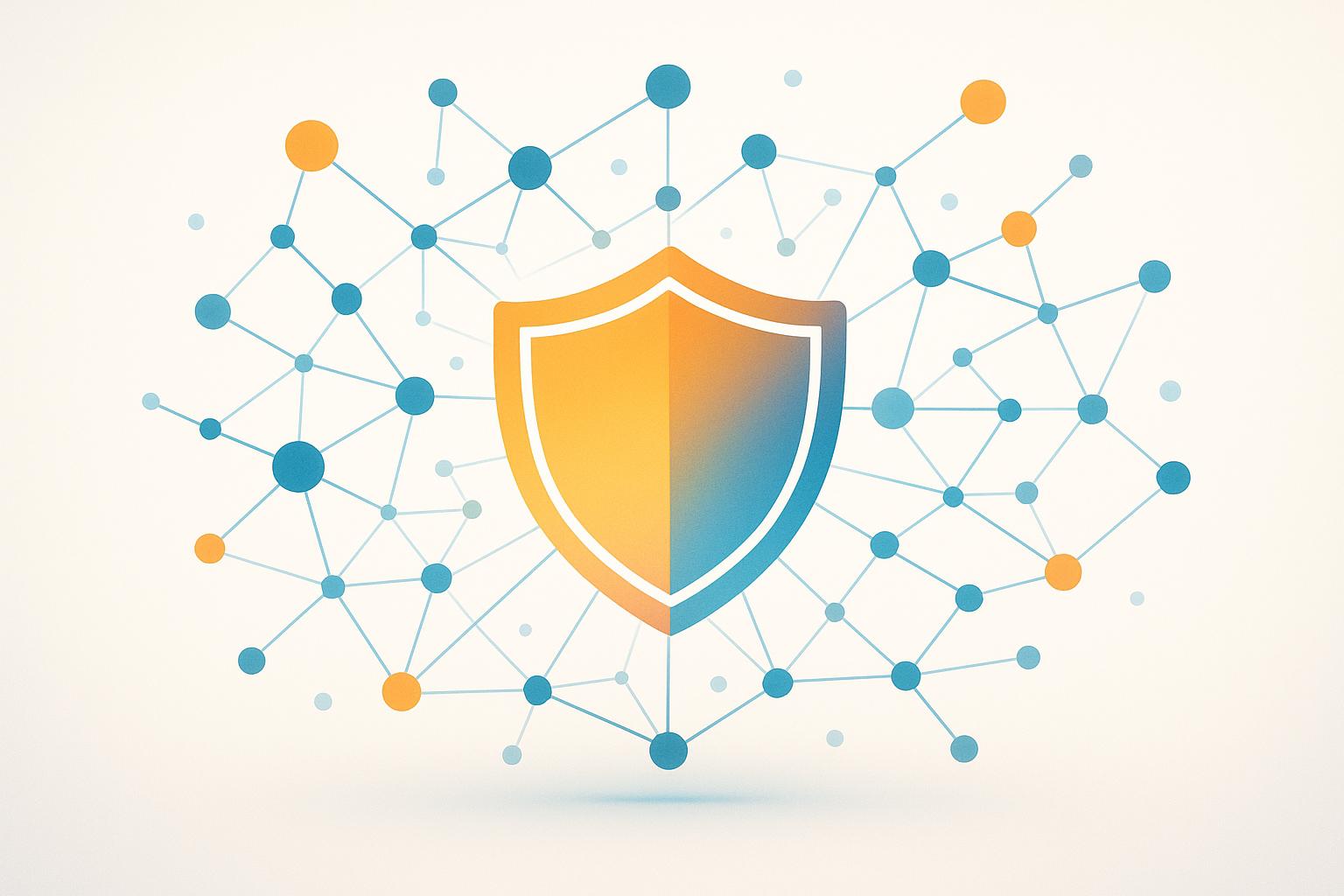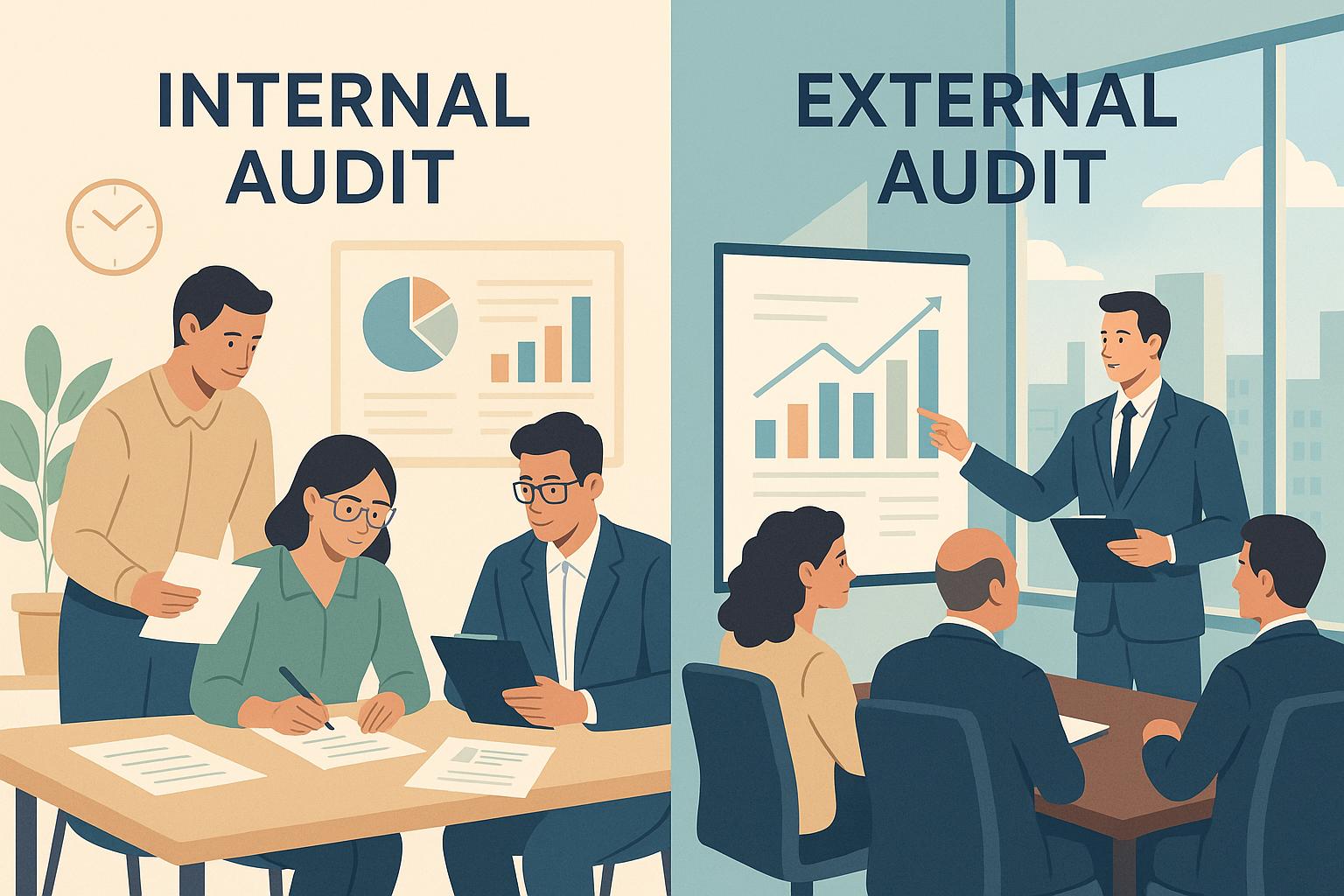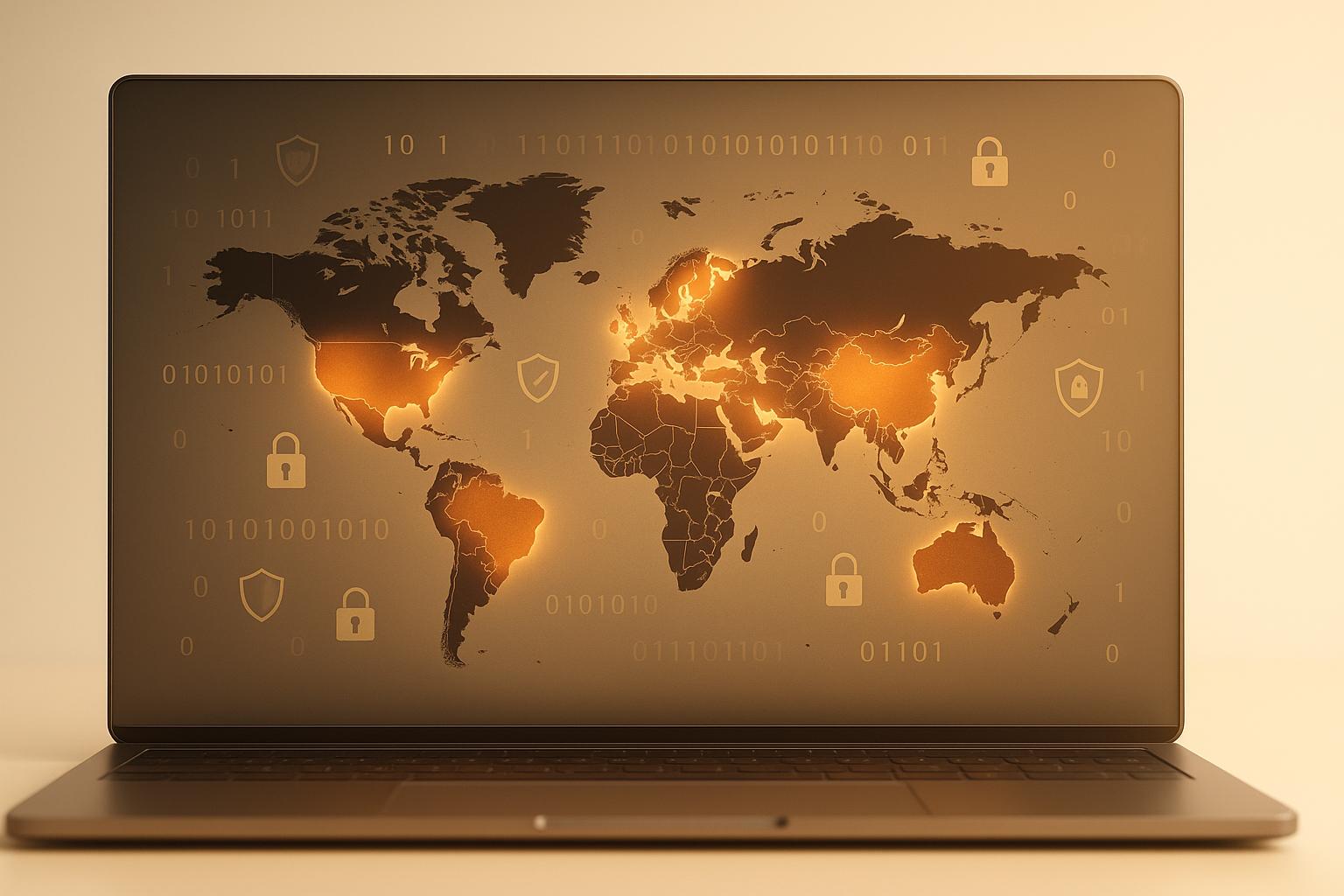
Data privacy laws are now enforced in over two-thirds of countries worldwide, making compliance essential for businesses. Non-compliance can lead to hefty fines, such as Amazon's $886 million GDPR penalty or Meta's €1.2 billion fine. Beyond avoiding fines, strong privacy practices build trust and improve operations.
Here’s a quick breakdown of major global privacy laws:
- GDPR (EU & UK): Requires explicit consent, data subject rights, and breach reporting within 72 hours. Penalties: up to €20 million or 4% of global revenue.
- CCPA (California): Opt-out model with fines ranging from $2,500 to $7,500 per violation. Other U.S. states have similar laws with varying requirements.
- PIPEDA (Canada): Focuses on informed consent but allows implied consent in some cases.
- LGPD (Brazil): GDPR-like framework with less severe penalties.
- PIPL (China): Emphasizes national security, with fines up to 5% of annual revenue.
- Other Regions: India, Australia, and South Africa have strict laws with unique compliance needs.
Why This Matters:
Failing to comply can cost millions, but proper compliance builds customer trust and reduces risks. Use tools like data mapping, consent management systems, and encryption to streamline your efforts.
Quick Comparison of Major Laws:
| Law | Region | Consent Model | Key Penalty Metric | Unique Feature |
|---|---|---|---|---|
| GDPR | EU & UK | Opt-in | €20M or 4% global revenue | Right to be forgotten |
| CCPA | California | Opt-out | $2,500–$7,500 per violation | Applies to businesses outside CA |
| PIPEDA | Canada | Mixed | No fixed percentage | Allows implied consent |
| LGPD | Brazil | Opt-in | 2% of revenue (max $50M BRL) | Similar to GDPR |
| PIPL | China | Opt-in | 5% of annual revenue | Focus on national security |
This cheat-sheet simplifies global compliance, offering actionable steps for navigating complex regulations. Download the PDF for detailed country-specific rules, enforcement trends, and workflow templates.
World Privacy Laws 60 Countries 2 minutes
Major Global Data Privacy Laws
Global data privacy laws dictate how organizations manage personal data across borders. These frameworks provide a foundation for understanding the varying approaches different nations take, explored in detail below.
General Data Protection Regulation (GDPR) – EU & UK
Since its introduction in 2018, the GDPR has set the benchmark for data protection laws globally. It applies to any company, no matter where it’s based, that collects or processes the personal data of EU residents. This means even U.S. companies serving European customers must comply.
The GDPR gives individuals rights such as accessing, correcting, and deleting their personal data. It also requires businesses to obtain explicit consent for data collection and processing. Non-compliance can result in severe penalties - up to €20 million or 4% of global revenue, whichever is higher. For instance, in May 2023, Meta faced a record €1.2 billion fine from the Irish Data Protection Commission for transferring European user data to the U.S. without proper safeguards.
A key feature of GDPR is the "right to be forgotten", which allows people to request the deletion of their personal data under specific conditions. The regulation also enforces strict rules on transferring data outside the EU, requiring robust safeguards to protect such information.
California Consumer Privacy Act (CCPA) and US State Laws
The CCPA, strengthened by the California Privacy Rights Act (CPRA), gives Californians control over their personal information. Unlike GDPR’s opt-in model, the CCPA uses an opt-out system, meaning businesses can collect data unless individuals actively decline.
This law mandates that businesses clearly inform consumers about how their data is collected and used. Penalties for violations range from $2,500 for unintentional breaches to $7,500 for intentional ones. The CCPA’s reach extends beyond California, potentially applying to any organization handling data from California residents.
Beyond California, other U.S. states are establishing their own privacy laws. For example, Delaware’s Personal Data Privacy Act, effective January 1, 2025, sets thresholds as low as 35,000 consumers - or 10,000 if 20% of revenue comes from data sales. States like Virginia, Colorado, Connecticut, Utah, Texas, Oregon, and Montana have also enacted privacy laws, each with unique requirements and enforcement measures.
"The patchwork of state privacy laws creates significant compliance challenges for businesses. A federal privacy law would provide much-needed uniformity, but until then, companies must navigate this complex landscape carefully." - Dr. Gabriela Zanfir-Fortuna, Future of Privacy Forum
Other Important Laws
Outside the EU and U.S., other regions have developed their own privacy regulations. In Canada, the Personal Information Protection and Electronic Documents Act (PIPEDA) governs organizations collecting consumer data for commercial purposes or targeting Canadian customers. It requires informed consent and strong safeguards for personal data protection. However, PIPEDA allows implied consent in certain cases and doesn’t explicitly include a "right to be forgotten".
Brazil’s LGPD closely aligns with GDPR principles and applies to any entity handling the personal data of Brazilian residents.
India’s Data Protection and Privacy Act (DPDPA) imposes fines of up to ₹250 crore (around $30 million) for violations. Unlike many other frameworks, it doesn’t distinguish sensitive personal data as a separate category.
"China's PIPL represents a significant shift in the global privacy landscape. While it shares some similarities with the GDPR, its implementation reflects China's unique approach to data governance, with a stronger emphasis on national security and sovereignty." - Samm Sacks, Cybersecurity Policy and China Digital Economy Fellow
China’s Personal Information Protection Law (PIPL) introduces significant changes to global privacy practices, with fines reaching up to RMB 50 million (about $7.7 million) or 5% of annual revenue. South Africa’s Protection of Personal Information Act (POPIA) applies to organizations handling large amounts of consumer data, such as banks and healthcare providers. In Australia, the Privacy Act governs businesses with annual turnovers exceeding AU$3 million.
While these laws share common principles like transparency and data minimization, each reflects its country’s priorities in balancing privacy rights with business needs. Understanding these varied legal landscapes is crucial for crafting effective global compliance strategies.
Country-by-Country Checklist
Navigating global data privacy regulations can feel like solving a giant puzzle, with each country adding its own unique piece. To stay compliant, businesses need a clear understanding of the specific requirements in every region where they operate. Below, we break down key compliance rules by jurisdiction to help streamline your planning and implementation.
Country-Specific Compliance Requirements
European Union & United Kingdom – GDPR
The GDPR is often seen as the benchmark for data protection laws, with enforcement steadily ramping up. Since its introduction, Spain has issued 899 fines, leading in enforcement volume, while Ireland has imposed the highest penalties, totaling €3.26 billion. Key compliance measures include:
- Obtaining explicit consent for data processing.
- Appointing Data Protection Officers for high-risk activities.
- Ensuring a lawful basis for data transfers outside the EU.
- Responding to data subject requests within 30 days.
- Reporting breaches to authorities within 72 hours.
What sets GDPR apart is its extraterritorial reach - any company handling data of EU residents must comply, no matter where it's based. Recent enforcement trends highlight regulators' growing focus on hefty fines for non-compliance.
United States – State Privacy Laws
In the U.S., data privacy is regulated at the state level, creating a diverse and often confusing landscape. Currently, 14 states have comprehensive privacy laws in effect, with six more set to implement new laws by 2025 and early 2026. California leads the charge with its CCPA/CPRA, which imposes fines up to $7,988 per intentional violation, doubling for cases involving minors' data.
Penalties across states range from $5,000 to $25,000 per violation, reflecting the variability in enforcement. This patchwork approach underscores the need for businesses to adopt tailored compliance strategies.
"Businesses operating in the US are navigating a growing patchwork of comprehensive state privacy laws. While there are common themes around consumer rights, privacy notices, and risk assessments, there are real differences in scope of applicability and unique twists in many laws. Some areas to watch are sensitive personal information - which may include information you would expect, such as biometric data, but also includes precise geolocation data - as well as requirements for user consent for profiling, targeted advertising, and prohibitions on dark patterns." – Devika Kornbacher, Office Managing Partner, Co-Chair, Global Tech Group
Asia-Pacific Region
The Asia-Pacific region is rapidly adopting and reforming privacy laws. India's Data Protection and Privacy Act introduces fines of up to ₹250 crore (about $30 million), while China's Personal Information Protection Law (PIPL) imposes penalties of up to RMB 50 million (approximately $7.7 million) or 5% of annual revenue.
"New data protection laws are coming online, and existing privacy regimes are being reformed, across a number of important markets - including Indonesia, India, Vietnam, and Australia. These laws can have accelerated timelines for implementation and significant divergences from GDPR. Finding common ground and outlier requirements, as well as tracking guidelines as they emerge, will be key parts of successful data strategies for organisations operating in APAC." – Stella Cramer, Partner, Co-Head of the Technology, Media & Telecommunications Sector
Australia's Privacy Act applies to businesses with annual revenues exceeding AU$3 million, while South Africa's POPIA focuses on industries like banking and healthcare.
Latin America and Other Regions
In Latin America, 88% of countries have enacted data protection laws. Brazil's LGPD closely mirrors GDPR but with less severe penalties. Meanwhile, Canada's PIPEDA emphasizes informed consent and safeguards, with some room for implied consent.
GDPR-Style Laws vs. Other Frameworks
Global privacy regulations generally fall into two categories: GDPR-inspired frameworks and alternative models focusing on sector-specific rules or broader principles.
GDPR-Inspired Comprehensive Laws
Laws like Brazil's LGPD align closely with GDPR, sharing similar requirements such as breach notifications, data protection impact assessments, and individual rights protections. However, financial penalties under these laws are often less severe.
Alternative Privacy Frameworks
The U.S. showcases a different approach, relying on sector-specific rules and state-level laws that often use opt-out consent models. China's PIPL, on the other hand, balances individual privacy with national security and data sovereignty.
The key differences often lie in enforcement and penalties. GDPR-style laws favor percentage-based fines tied to global revenue, while alternative frameworks typically impose fixed penalties. Additionally, GDPR-inspired systems usually require explicit consent, whereas others may permit implied consent or alternative legal grounds for data processing.
For organizations operating across multiple regions, it's crucial to understand that compliance with GDPR does not automatically mean compliance with other laws, as each framework has its own nuances.
Practical Compliance Strategies
When it comes to navigating global compliance, it's not just about checking boxes - it's about creating a system that integrates privacy and security into the core of your operations. A well-structured compliance program can simplify the complexities of global privacy laws by streamlining processes like data mapping, consent management, and security protocols.
Building a Strong Compliance Program
To turn regulatory requirements into actionable practices, you need a robust internal program. The fact that only 56% of companies have a plan to respond to data breaches highlights a major gap that demands immediate attention.
Start with data mapping and classification. This means identifying where your data comes from, why it's being processed, and how it moves across systems and third parties. With this clear picture, you can implement data minimization - keeping only what’s necessary for specific business needs.
Consent management is another critical area. For example, while the GDPR mandates opt-in consent for data collection, the CCPA allows consumers to opt out of having their data sold. To navigate these differences, adopt granular consent tools that let users easily adjust their preferences.
Steve Jobs once said:
"Privacy means people know what you're signing up for, in plain language, and repeatedly. I believe people are smart. Some people want to share more than other people do. Ask them."
Centralizing your policies can help eliminate confusion. By consolidating all compliance-related processes in one place, you create better oversight and reduce inefficiencies caused by fragmented efforts.
Finally, security measures like encryption must be foundational. Use strong encryption for both data in transit and at rest, alongside proper key management. With phishing scams accounting for 32% of security breaches and the average cost of a data breach hitting $4.88 million in 2024, these safeguards are non-negotiable. For added readiness, consider frameworks like ISO 27701 to meet evolving compliance demands.
Using Outsourced Expertise
Sometimes, it makes sense to bring in external help. Non-compliance costs businesses an average of $14.82 million annually, so outsourcing certain compliance functions can be a smart move.
Services like Virtual CISO (vCISO) and Virtual Data Protection Officer (vDPO) provide specialized expertise without the expense of full-time hires. These roles typically cost 30% to 40% of a full-time equivalent, starting at around $16,000 per year. They bring deep industry knowledge, allowing your team to focus on core operations while staying aligned with legal and ethical standards.
When choosing an external provider, be specific about your needs. Define the scope of their work, assess their technical expertise, and conduct scenario-based interviews to gauge their approach. Transparency and collaboration between your internal team and external partners are key.
Outsourcing can also be beneficial for managing compliance tools. Professional administrators can optimize these platforms more effectively than internal teams who may lack specialized knowledge. They can also provide an objective perspective, identifying gaps in your security measures and responding quickly to regulatory updates.
These external solutions work best when they complement your internal strategies, creating a smooth and effective compliance framework.
Keeping Up with Changing Laws
With 66% of countries enforcing data privacy laws and another 10% drafting legislation, staying ahead of legal changes is a constant challenge. The solution? A systematic approach that adapts your compliance program as new regulations emerge.
Cross-functional teamwork is essential. Legal, IT, marketing, and product teams should collaborate to ensure that privacy is built into every new product or service from the start. This reduces the risk of compliance gaps.
Regular assessments of your compliance program can help you stay proactive. Use metrics and KPIs to measure progress and pinpoint areas for improvement. Training programs should also evolve as laws change, fostering a culture of privacy and data responsibility across your organization.
To future-proof your systems, focus on adaptability. Real-time monitoring, strong access controls, and encryption safeguards can protect sensitive data from vulnerabilities. Your systems should be flexible enough to meet new compliance requirements without requiring a complete overhaul.
For complex legal questions, consult with legal experts. Maintaining privacy resilience - your ability to adapt and recover from privacy incidents - requires continuous effort. Transparent communication with customers, employees, and regulators about how you handle data is just as important as meeting legal standards.
sbb-itb-ec1727d
Downloadable PDF Resource
Our downloadable PDF is a practical, hands-on guide designed to help you navigate global privacy regulations with ease. Think of it as your go-to cheat sheet, consolidating key compliance details from various jurisdictions into a single, easy-to-read document formatted for a US audience.
What's Included in the Cheat-Sheet
This PDF is packed with useful tools and resources, including:
- Country-Specific Compliance Matrices: These break down the key requirements, enforcement mechanisms, and penalty structures for each jurisdiction. All monetary amounts are converted to US dollars, and dates are formatted as MM/DD/YYYY for consistency.
- Quick-Reference Tables: Organized by compliance category, these tables let you easily compare data retention limits, consent requirements, and breach notification timelines across regions. Visual comparisons of enforcement timelines help you assess potential risks quickly.
- Enforcement Trends and Analysis: Learn how regulators are applying privacy laws in practice, with examples of major penalties and enforcement actions. Original monetary figures are included alongside US dollar conversions for clarity.
- Workflow Templates: Templates for cross-border data transfers, subject access requests, and privacy impact assessments are provided to integrate smoothly into your existing processes.
How to Use the Cheat-Sheet
This PDF is designed to make your compliance efforts more efficient, whether you're managing daily tasks or preparing for audits.
- Start with Jurisdiction Mapping: Use the geographic indicators to identify which laws apply based on where you collect, process, and store data. The document also considers US territories and state-specific requirements.
- Audit Preparation: Take advantage of the built-in checklists to perform gap analyses and gather documentation aligned with common audit frameworks.
- Daily Compliance Management: Quick-lookup sections make it easy to find relevant requirements for handling data subject requests, breach incidents, or vendor assessments. Bookmarks and a detailed index ensure fast navigation.
- Regulatory Updates: Stay ahead of changes with a tracker that monitors new developments and their potential impact on your compliance program. It includes contact details for key regulatory bodies and links to official guidance documents.
The PDF is also formatted for print, making it perfect for meetings or compliance reviews. Designed for US letter-size (8.5" x 11"), it features clear section headers and page numbers to keep everything organized during discussions.
This cheat sheet is more than just a resource - it’s a tool to simplify your compliance program and keep you on top of evolving global privacy laws.
Conclusion
Data privacy compliance isn't just about following the law - it’s a critical factor in protecting your reputation and financial health. With over 130 countries enforcing some form of data protection legislation, and more joining the ranks each year, businesses can no longer afford to take a passive stance on privacy compliance.
The financial risks are staggering. In 2023, the average cost of a data breach hit $4.45 million, with non-compliant organizations shouldering nearly $220,000 more in penalties compared to those with proper safeguards. Additionally, over 290 million data leaks impacted more than 364 million individuals that same year.
The regulatory environment is becoming more intricate, with frameworks like GDPR imposing penalties as high as €20 million or 4% of global annual turnover for non-compliance. These hefty fines highlight the importance of a proactive and well-structured approach to managing privacy regulations.
Developing a strong privacy compliance program means taking deliberate steps, such as forming a dedicated compliance task force, conducting regular audits, and using technology to simplify privacy management. Combining technical measures like encryption and secure data storage with organizational practices, such as staff training and access controls, creates a comprehensive strategy for compliance. Adopting a "privacy by design" mindset - where privacy is built into new products and services from the start - lays the groundwork for long-term success.
As Professor Graham Greenleaf emphasizes:
"The global trend toward comprehensive data protection legislation continues to accelerate. Organizations should monitor developments in all regions where they operate or have customers, as the regulatory landscape is evolving rapidly."
By leveraging tools like our cheat-sheet, conducting frequent audits, updating policies, and investing in ongoing training, businesses can turn compliance into a strategic advantage. This not only builds trust but also drives growth in an increasingly privacy-conscious world.
Key Takeaways
Achieving effective privacy compliance requires more than good intentions - it demands careful planning, consistent monitoring, and the right tools. Steps like forming a compliance task force, scheduling regular audits, and utilizing technology to streamline processes are essential.
The best strategies combine technical protections such as encryption with organizational measures like employee training and strict access controls. A "privacy by design" approach - where privacy is embedded into every product and service - provides a solid foundation for long-term compliance.
Professor Graham Greenleaf captures the urgency of this effort:
"The global trend toward comprehensive data protection legislation continues to accelerate. Organizations should monitor developments in all regions where they operate or have customers, as the regulatory landscape is evolving rapidly."
FAQs
How do privacy laws like GDPR and CCPA affect businesses operating in multiple countries?
Privacy laws like the GDPR in the European Union and the CCPA in California, USA, play a significant role for businesses operating internationally. These regulations enforce strict requirements for how companies collect, process, and safeguard personal data, often tailored to meet the legal standards of each specific region.
Failing to comply with these laws can result in hefty penalties. For example, under the GDPR, fines can reach up to €20 million or 4% of a company’s global annual revenue, whichever is higher. Similarly, the CCPA imposes civil penalties for violations. To avoid these consequences, businesses need to establish robust privacy policies, adjust their data management strategies to align with regional laws, and ensure secure handling of cross-border data transfers.
Successfully managing global privacy regulations means finding a balance between meeting compliance requirements and addressing operational priorities, all while reducing the risk of legal issues and reputational damage.
What are the main differences between GDPR and other privacy laws like the CCPA when it comes to compliance requirements?
GDPR vs. U.S. Privacy Laws: Key Differences
The General Data Protection Regulation (GDPR), established by the European Union, sets strict and consistent rules for any organization handling the personal data of EU residents - no matter where the organization is located. Its core principles include data minimization, explicit user consent, and prompt breach notifications. Organizations that fail to comply face hefty penalties.
On the other hand, privacy laws in the United States, such as the California Consumer Privacy Act (CCPA), take a different approach. These laws are often state-specific and focus on consumer rights, like allowing individuals to opt out of having their data sold. While U.S. laws prioritize transparency, they generally don’t impose the same level of obligations as GDPR, and their penalties for non-compliance are typically less severe. Additionally, U.S. privacy regulations tend to be sector-specific, which means businesses face a more fragmented and varied compliance landscape compared to GDPR's unified framework.
How can businesses effectively stay compliant with global data privacy laws?
To comply with global data privacy laws, businesses need to establish clear, well-defined data privacy policies that align with their specific operations. These policies should serve as a foundation for guiding how data is handled, stored, and shared. Equally important is providing employees with regular training on privacy best practices and implementing robust data governance strategies. This includes measures like data mapping, restricting access to sensitive information, and using encryption to safeguard data.
Periodic audits are another key step to ensure compliance, as they help identify gaps and address them proactively. Staying informed about updates to regulations across various regions is also crucial, as laws can vary significantly. Leveraging privacy management tools and frameworks can simplify compliance efforts, minimize risks of data breaches, and help avoid costly penalties for non-compliance.


